There is a vineyard in the heart of Napa Valley that is a legend among wine cognoscenti; and one wine estate above all others that is celebrated for the wines it makes from it. Darius Sanai embarks on a tasting of Schrader’s celebrated To Kalon vineyard Cabernet Sauvignons
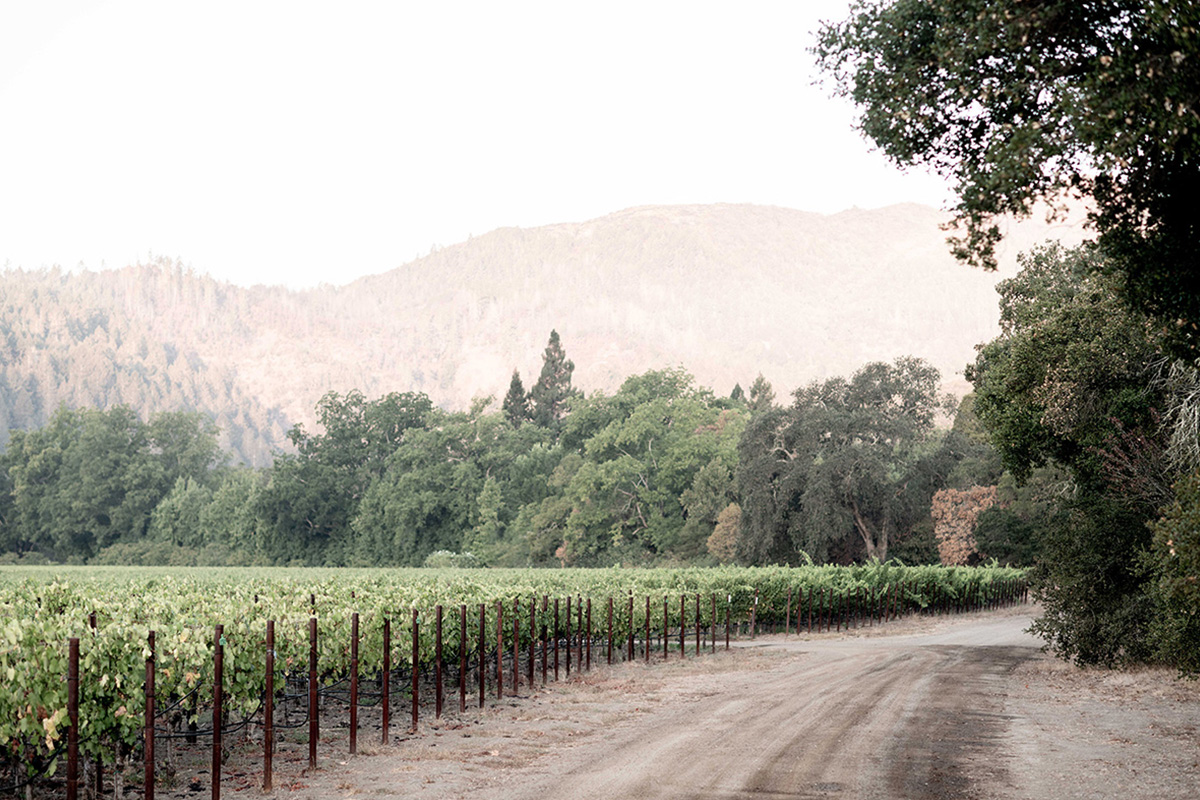
Schrader’s wines come from the heart of the Napa Valley in California
Anyone who enjoys the world’s great wines will have been asked a variation of the following question by a friend or acquaintance who is not a wine drinker: why are they worth it?
Top wines cost hundreds or even thousands of pounds/euros/dollars a bottle. What is it about a liquid, opened and dispatched over the course of a couple of hours, that is so much better than other bottles of very similar liquid, on sale for a fraction of the price?
My favourite answer is that a great wine makes you think. It carves its own conversation and memory in your mind. It has a depth and breadth of complexity which starts, like any foodstuff, with your sensory organs (smell, taste, sight, touch), but which then transfers into your brain to engrave itself on your experience.
Great food also has sensory complexity (and can also be expensive and confined to the very wealthy). But wine has two qualities which are unavailable to food: a bottle of wine accompanies you and your companions during the course of a part of a day (rather than as a course in a meal), taking part and assisting in numerous conversations. And a great wine evolves, and has a different conversation with you over the space of a couple of hours. The greatest wines leave a city’s worth of impressions on your mind.
I was thinking of this during our tasting of Schrader Cellars wines. Schrader is one of the big names of Napa Valley Cabernet Sauvignon: if you are a hedge fund titan in New York, an oil magnate in Dallas or an entertainment investor in LA, you will likely know the winery.
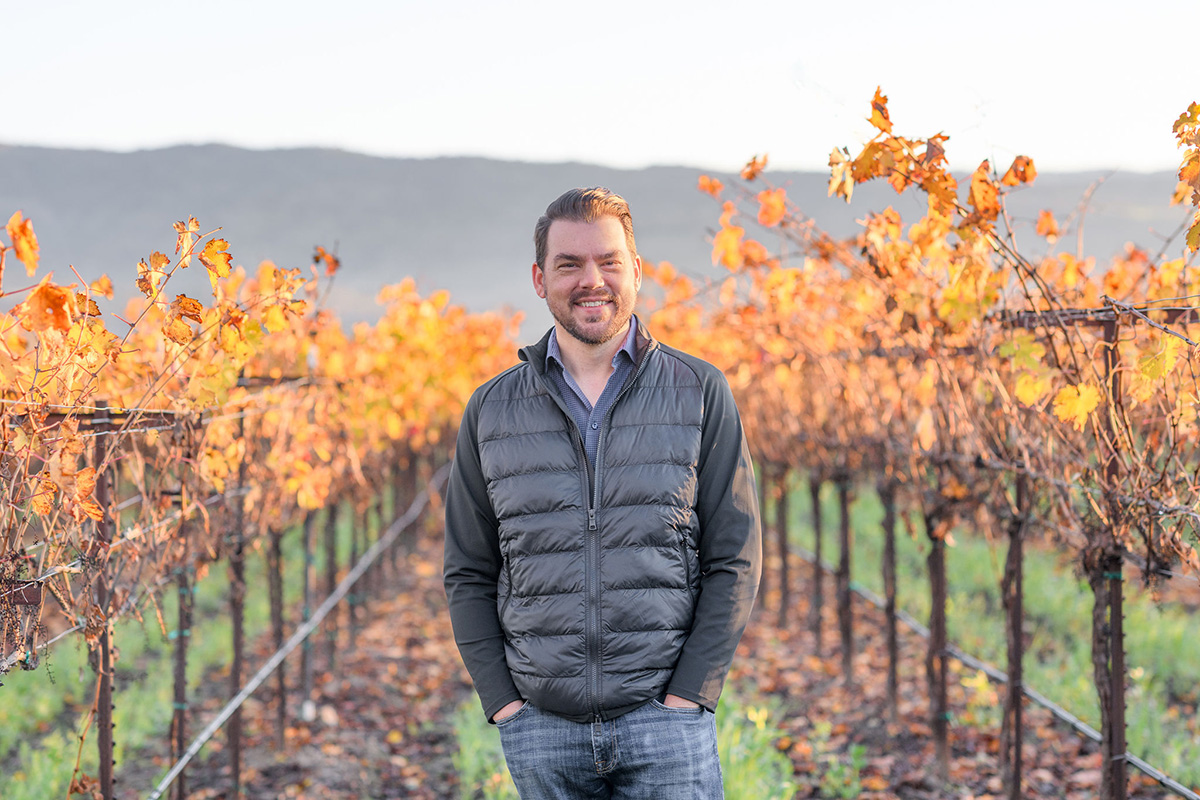
Jason Smith, Master Sommelier at Schrader
The first three wines we tried – three of the winery’s flagships – were all from a legendary piece of land, the Beckstoffer To Kalon vineyard in Napa Valley.
Drive by Beckstoffer To Kalon on Highway 29, the main road bisecting the valley, and you would be forgiven for missing it. Unlike some of the spectacular vineyards of the region, perched amid hillside forests or on mountainsides, To Kalon is flat, on the valley floor, just an array of vines. But then, so are vineyards like those around Chateau Latour or Chateau Petrus or Chateau Cheval Blanc in Bordeaux. Visual appeal has no relationship to vineyard quality.
Follow LUX on Instagram: luxthemagazine
Like a Burgundy vineyard, To Kalon has a number of different wine estates making wines from its esteemed grapes; Schrader is probably the most celebrated. But what makes Schrader, as well as this vineyard site of To Kalon, so special?
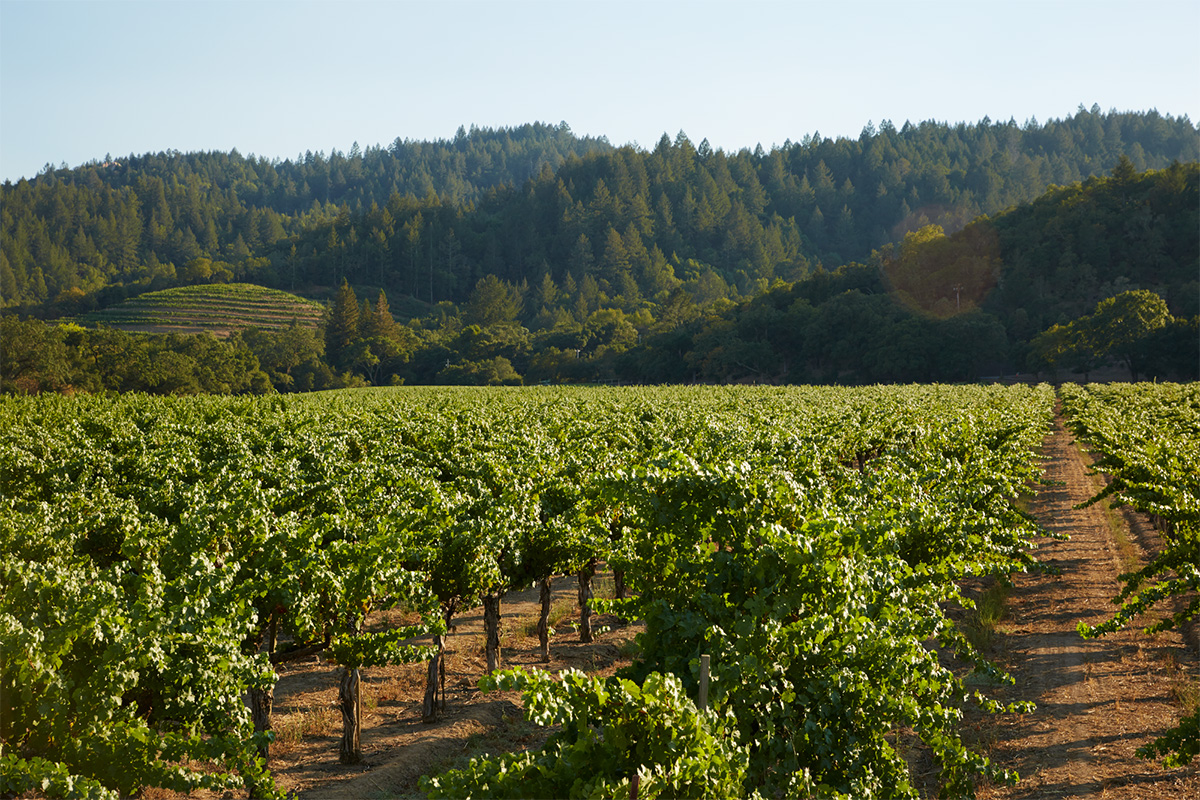
The To Kalon vineyard is on the valley floor of Napa, touted by forested mountains
Jason Smith, the urbane, cosmopolitan General Manager of Schrader, with whom we had our tasting, is too modest to give a direct answer: it’s a combination of the vines and the winemaking. Smith is a rarity in that he is a Master Sommelier running a prestigious winery; and as such has real insider knowledge of the fabulous restaurants which manage to get their hands on a small stock of Schrader wines. He says the wines are best drunk over dinner with a small group of friends; although the wines weave such a conversation we would be happy to drink them alone.
Tasting notes by Darius Sanai
Schrader Cellars Heritage Clone 2019
So many layers wash over your senses when you sip this wine: as soon as you think you have separated and worked out the different elements, more arrive to replace them. If it were an artwork, it would be a late-period Rembrandt: on first note, a portrait of a person, then you notice the eyes, the unfinished sleeve, the posture; keep looking, and keep sipping, and more nuances appear and others disappear. Unlike a Rembrandt, this will improve over time: its conversation will be even more fascinating in 2029 or later.
Schrader Cellars CCS 2019

The To Kalon vineyard is cooled by breezes and fogs coming in from nearby San Francisco Bay
Schrader is very scientific over which parts of the To Kalon vineyard make which of its wines. CCS is made from grapes from nearest the centre of Napa Valley itself, near the river. The soil is full of mineral deposits, which apparently make the wine balanced, lifted. My impression was of a wave of blues, greens, greys and reds; its conversation was playful yet intellectual, never too heavy, but always very precise. It reminded me of a Chagall; not one of his sadder paintings, but a more joyful work, figures flying, but always with a poignant poetry behind it. Again, I would keep my next bottle for a few years, as this conversation developed as the evening went on.
Schrader Cellars RBS 2019
For me, the most famous of Schrader’s wines and the only one I had tried before, in various different vintages. This is not a wine that hides its qualities behind its coat. It is made from the warmest part of the vineyard, and Napa does get very hot in summer, although To Kalon is mitigated by both the fact that it is near the cooling effect of the Bay, and that the valley floor has cooling fogs flowing in from the Bay and the Pacific, which can also keep sunshine off. So with the richness comes a balance. Still, this is a showcase wine with power and wow factor: a Damien Hirst sculpture of a wine, a showcase. I would drink this anytime from now, but ensure Alain Ducasse was around in my kitchen to cook up a tenderloin with foie gras or alternatively a morel mushroom casserole with plenty of truffle and parsley, to accompany it.
Read more: A tasting of Vérité wines with Hélène Sellian
Double Diamond Cabernet Sauvignon 2019
The wine made for people who can’t afford or don’t want to broach the fabulously expensive wines above, I expected Double Diamond to be a bit of a disappointment, like the second wines of top Bordeaux chateaux are sometimes. But hell no. Although it’s made from 100% Cabernet Sauvignon, like all the wines here, Double Diamond is sourced from outside To Kalon (but within Napa Valley), and it’s altogether a different conversation. Open, delicious, very sophisticated in its own right, perhaps less demanding of your attention and conversation than the artworks above, which require the limelight; ready to drink now and not really needing a food accompaniment. A mid-career contemporary artist, perhaps Flora Yuhnkovich, enjoying their success.
Find out more: schradercellars.com

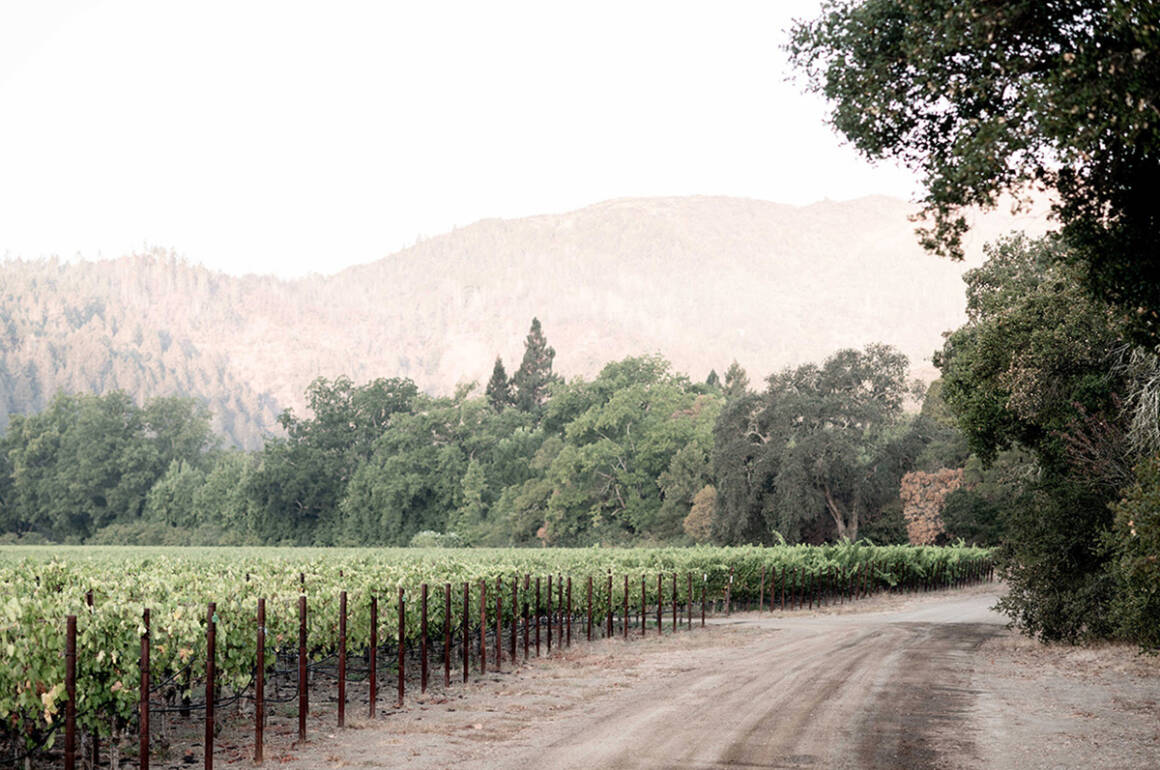
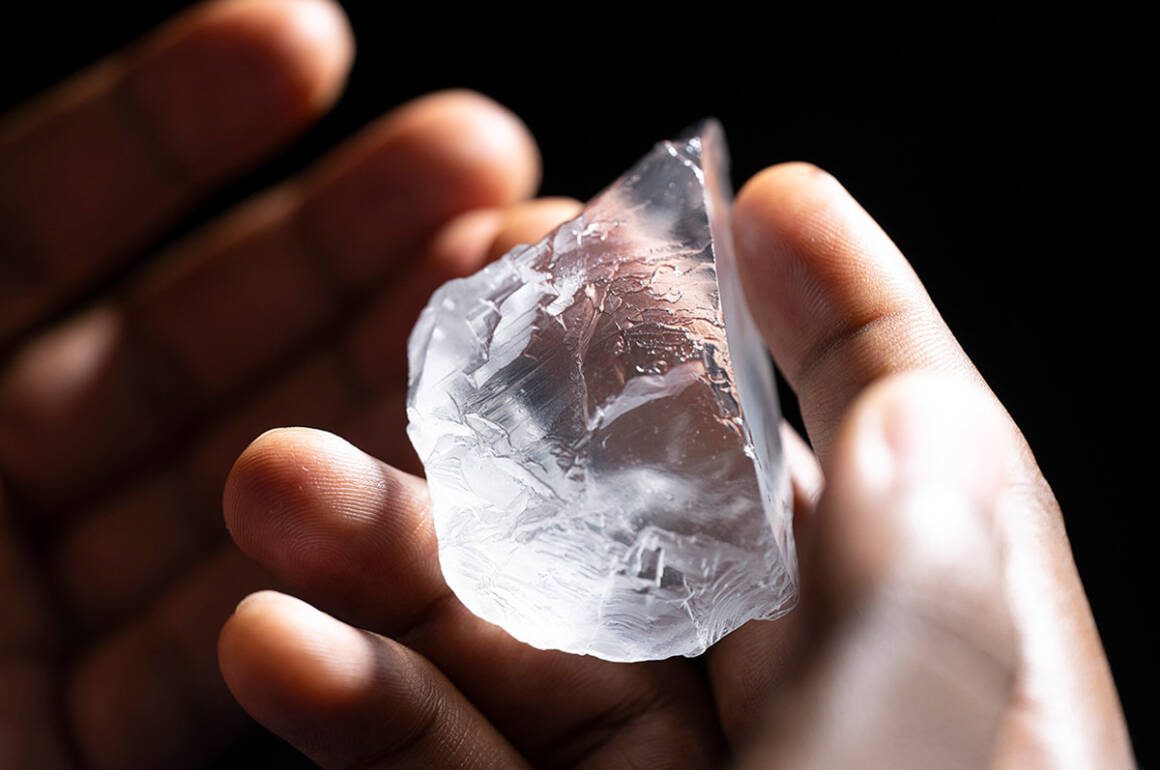

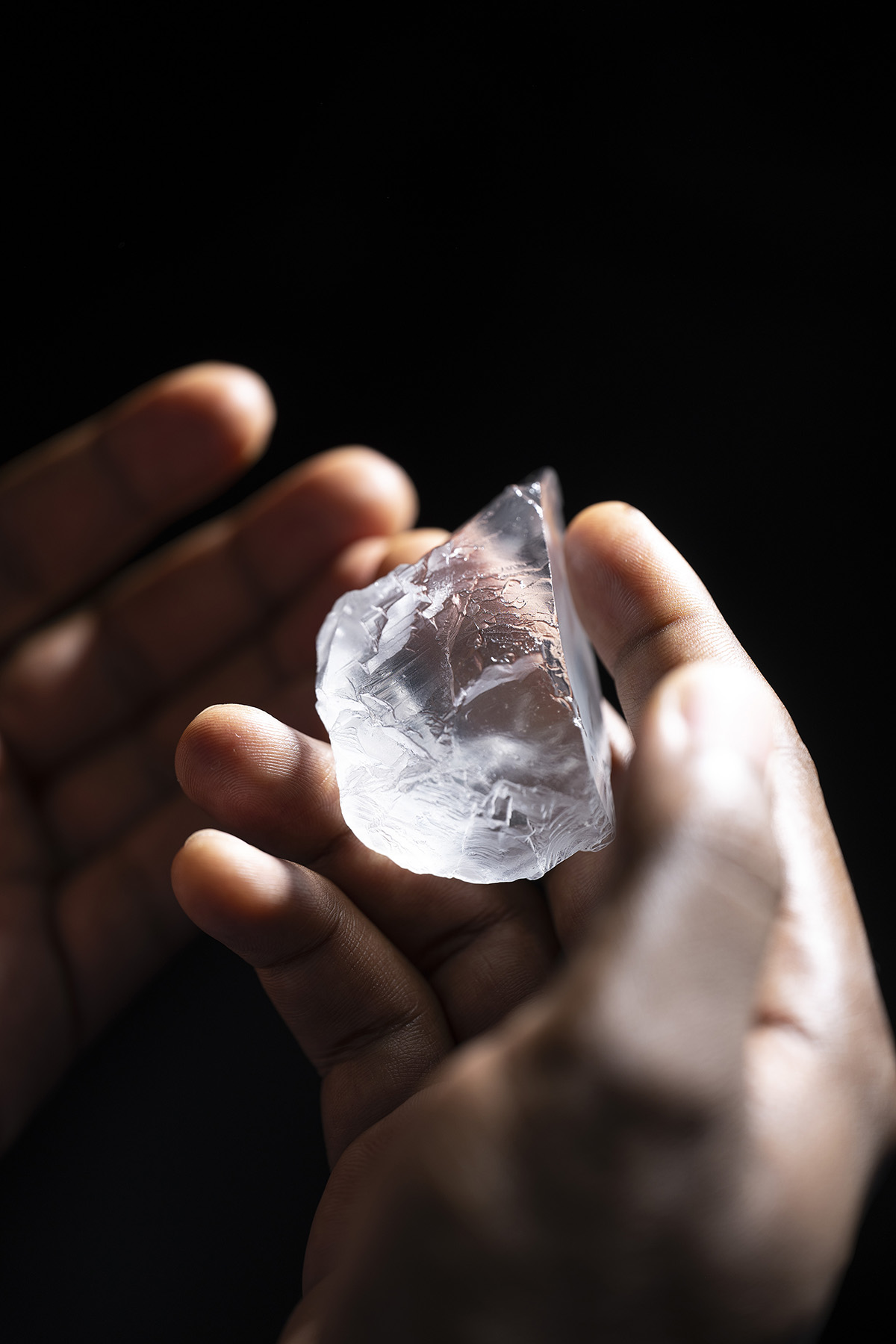

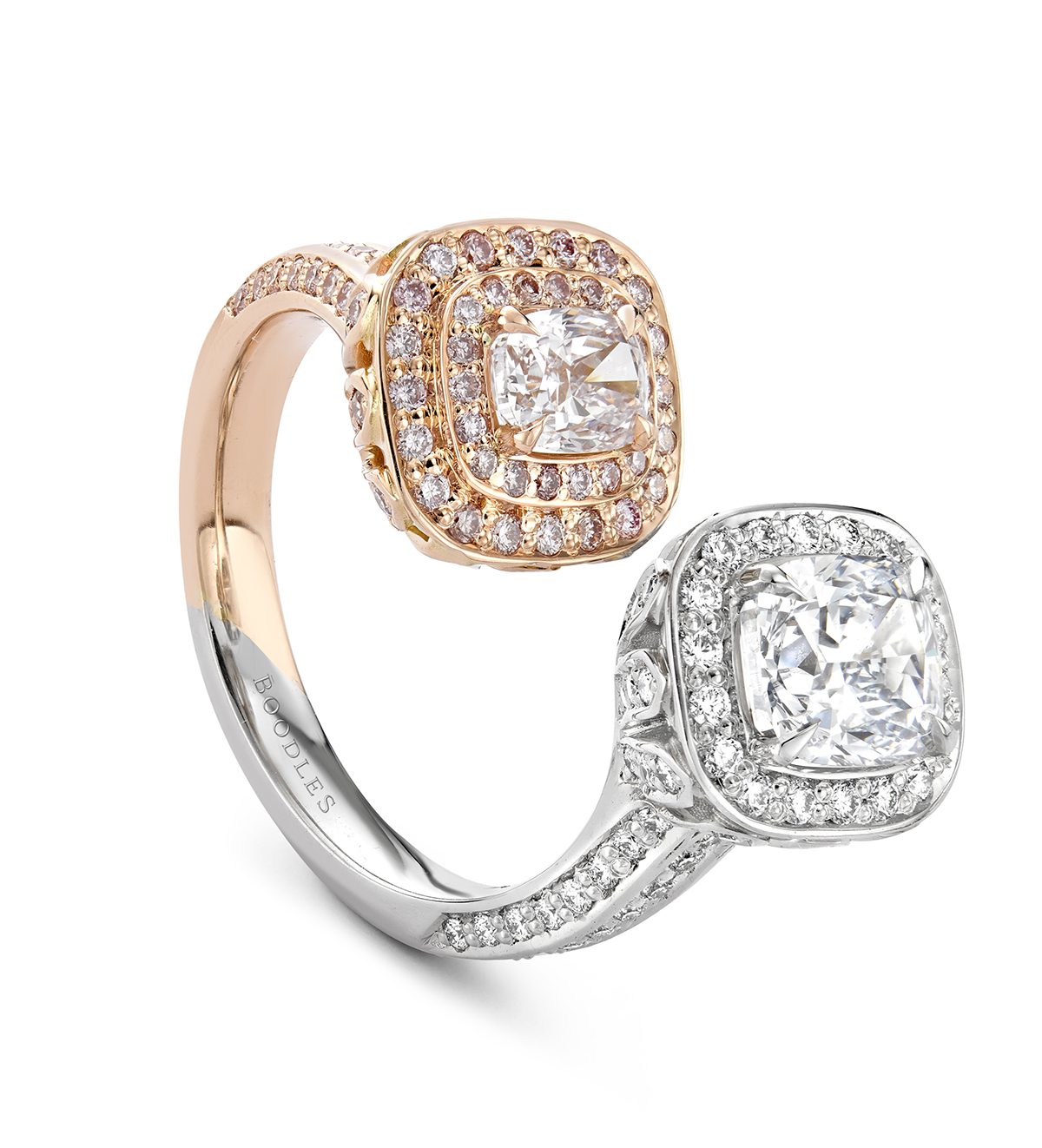


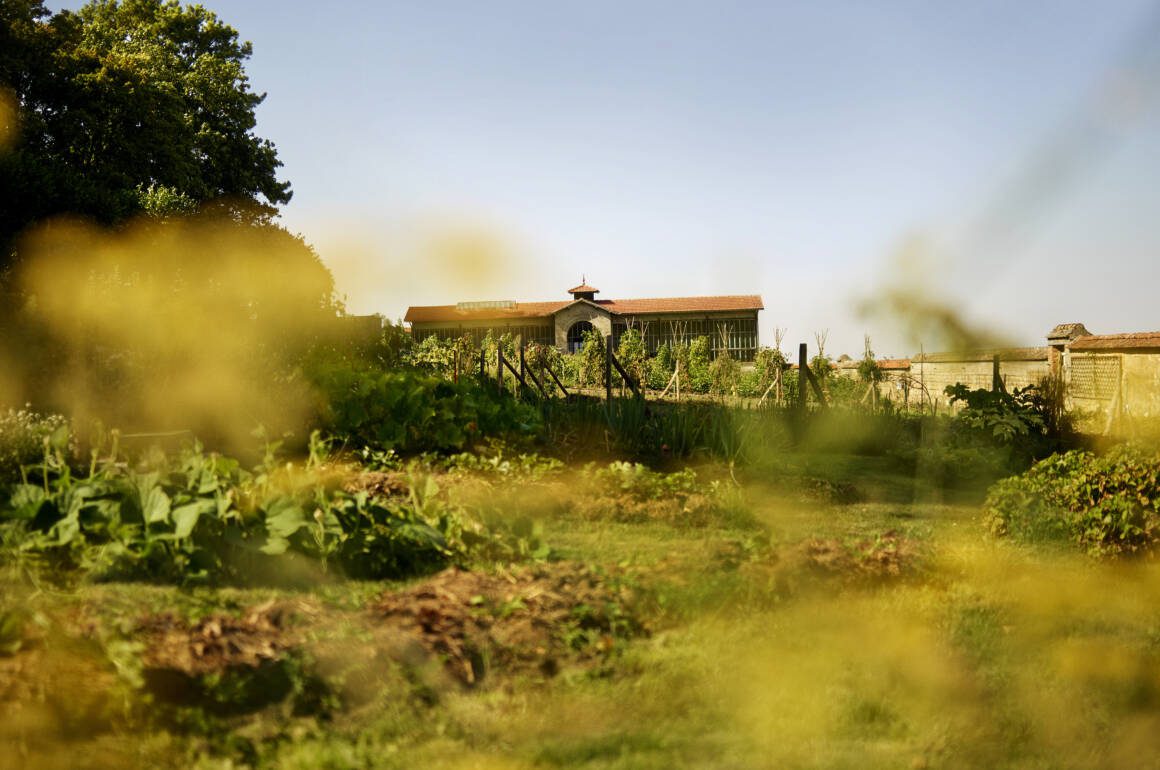
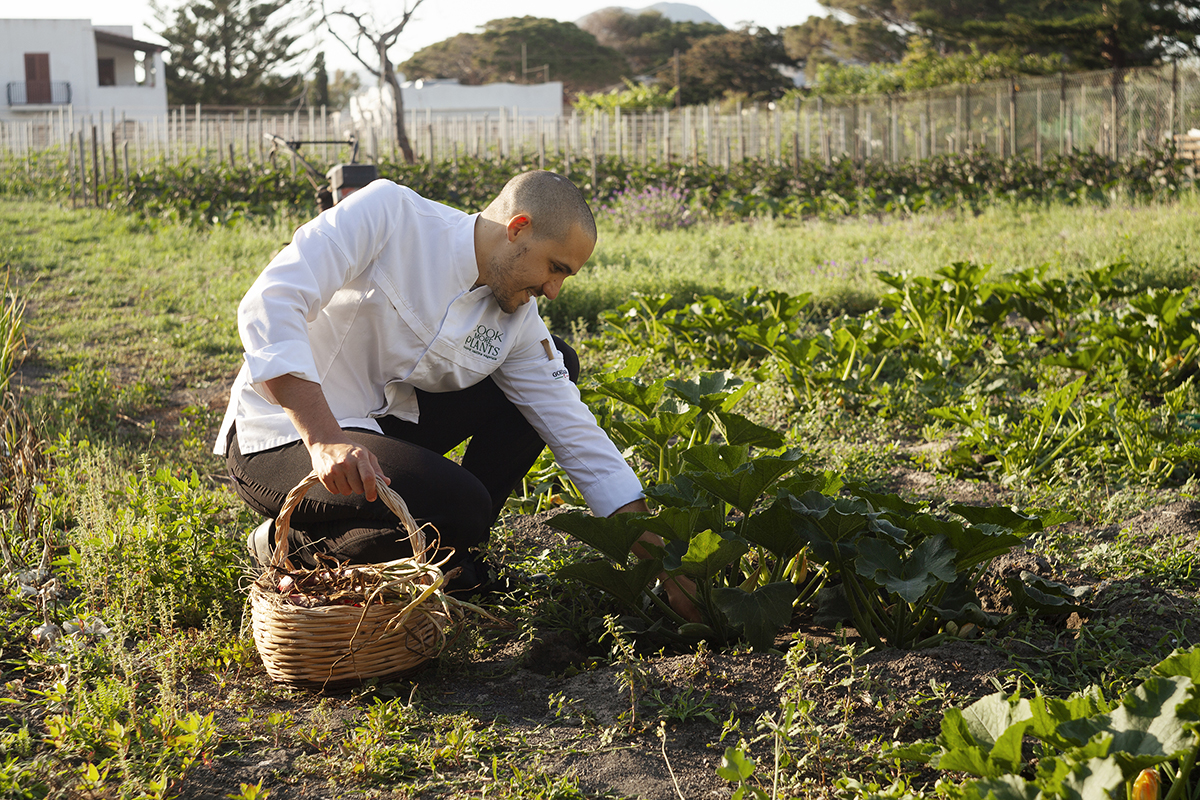
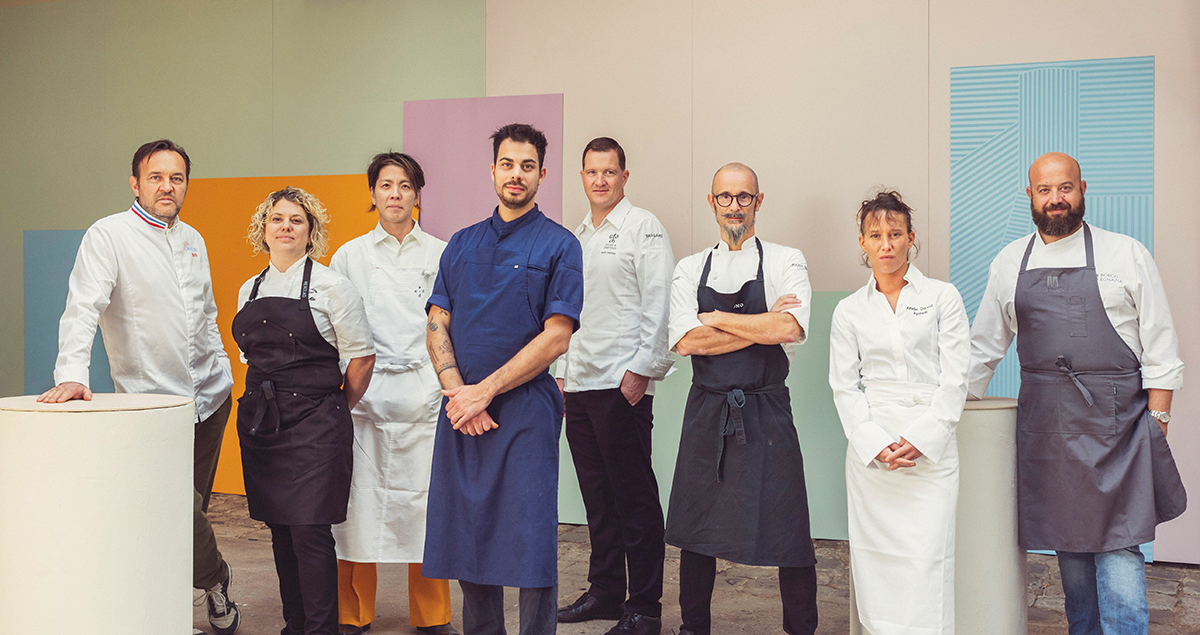
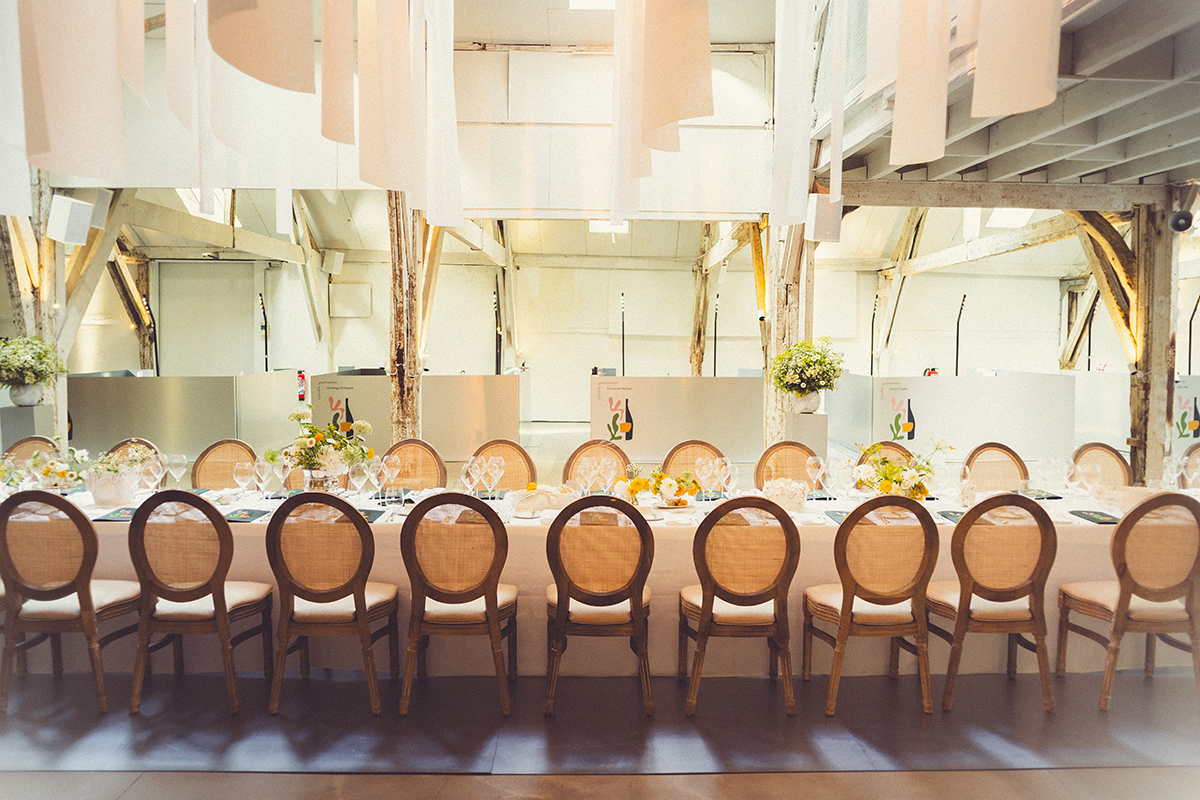
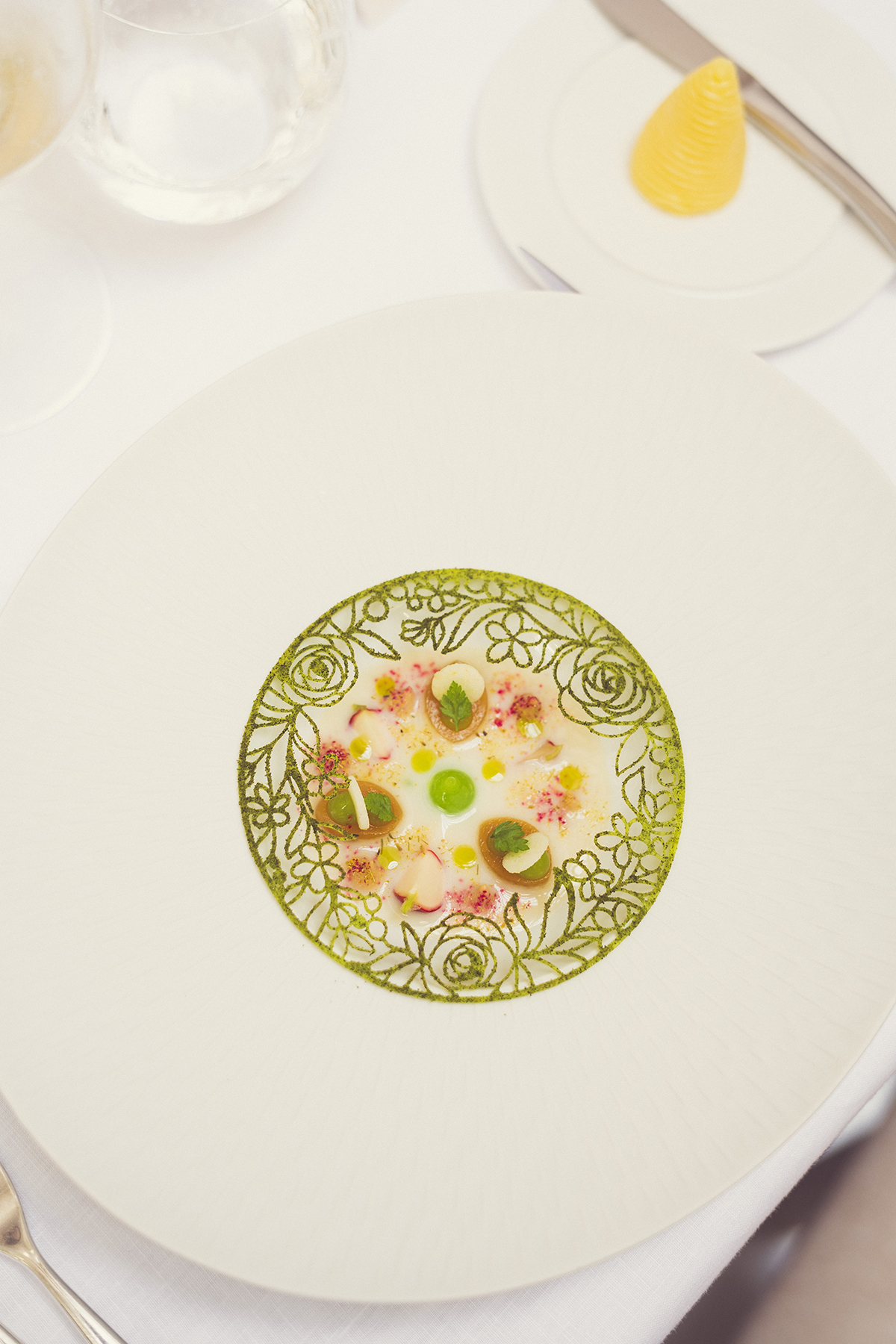
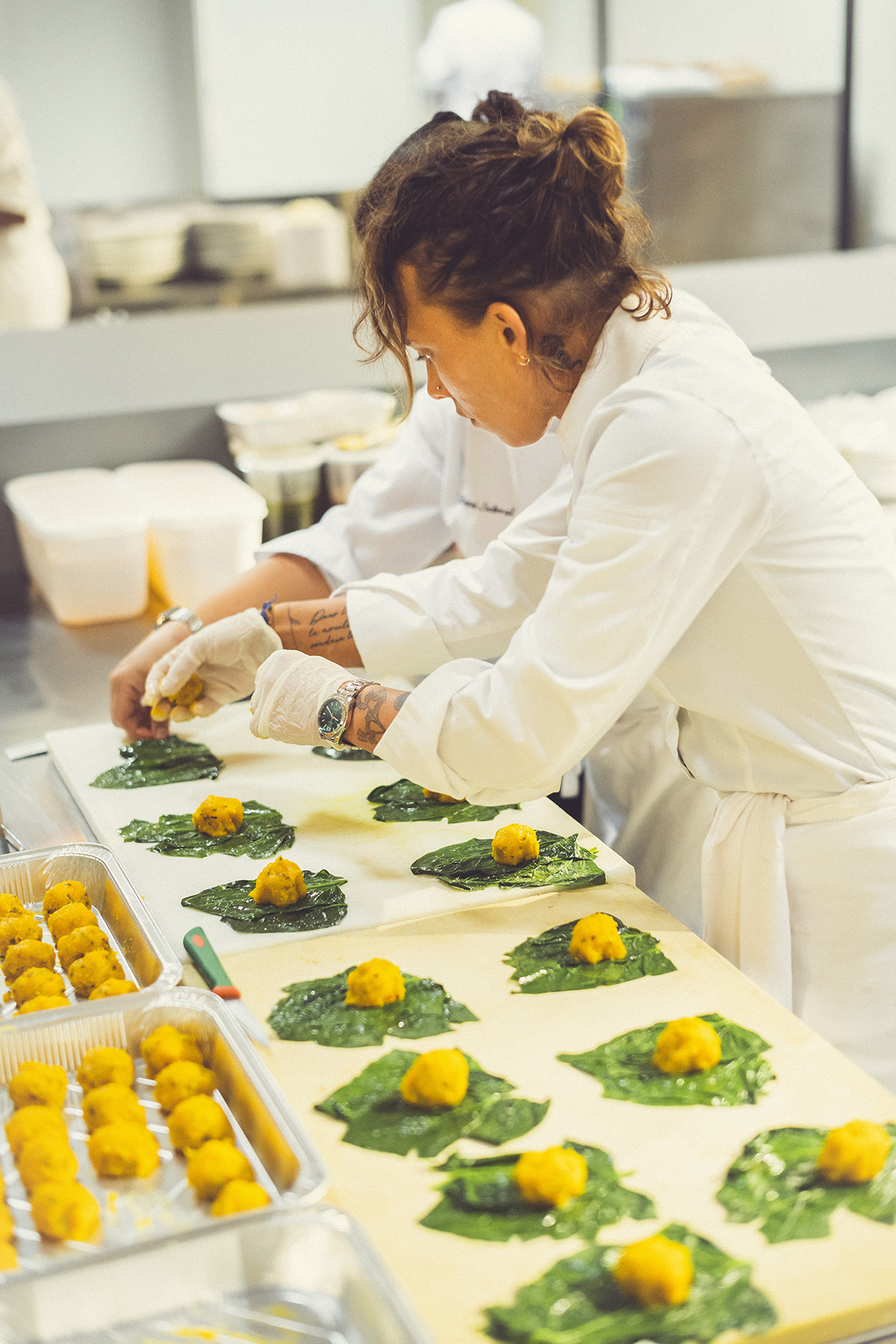
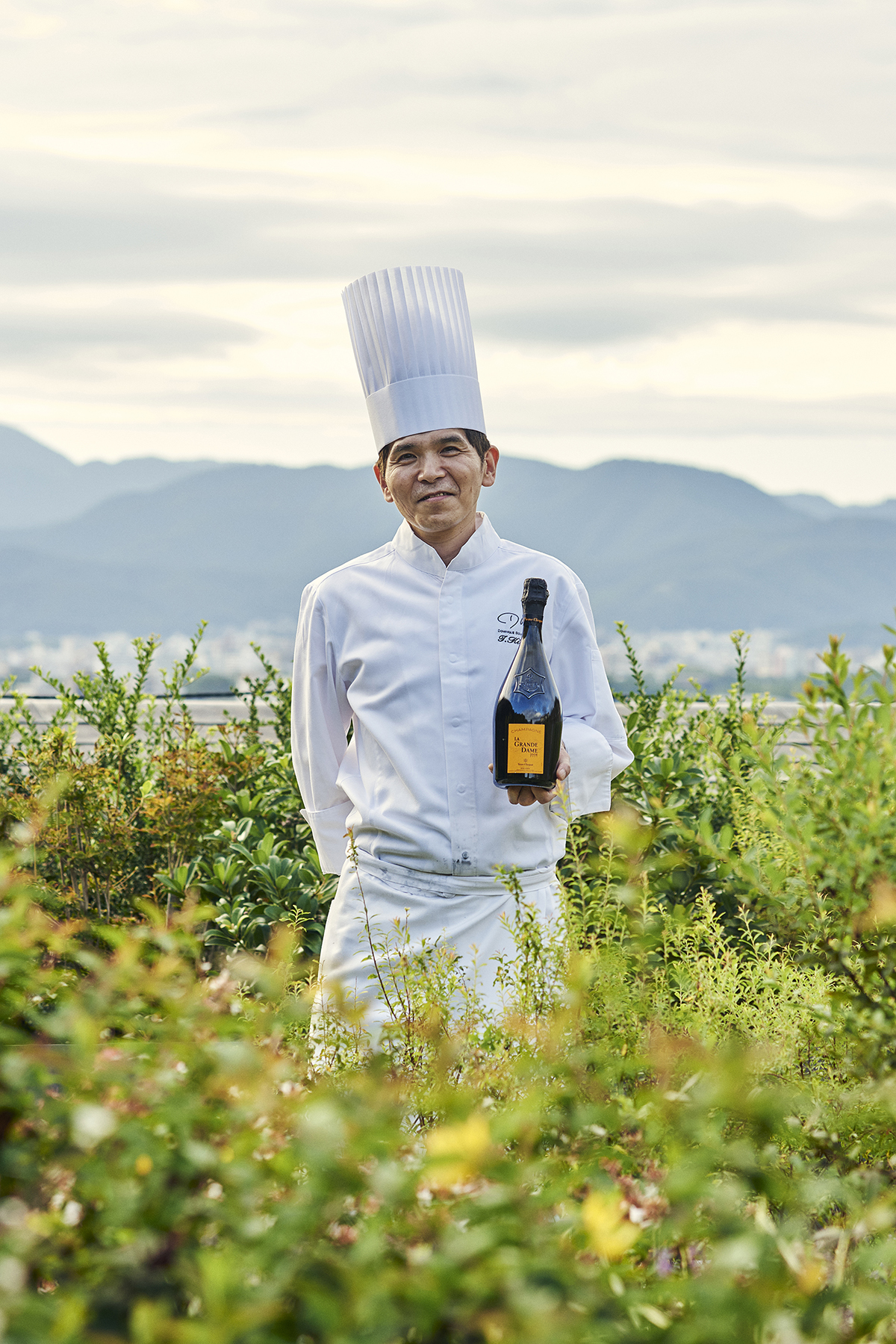
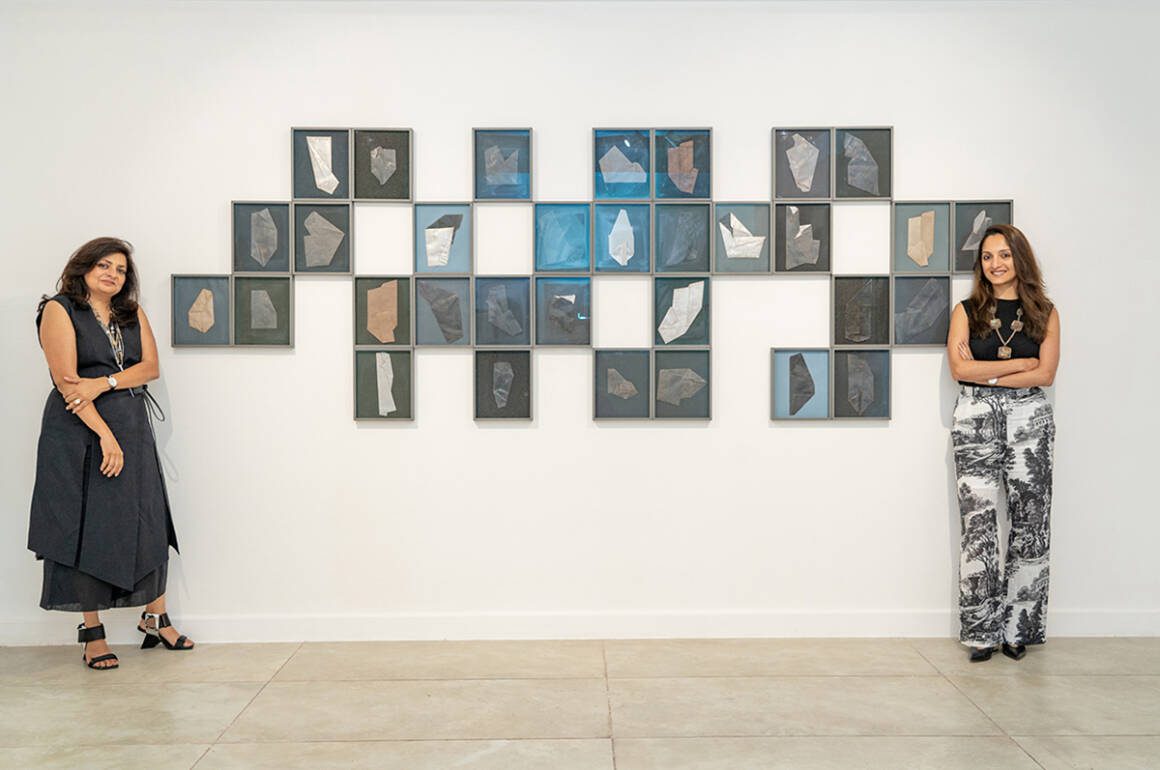
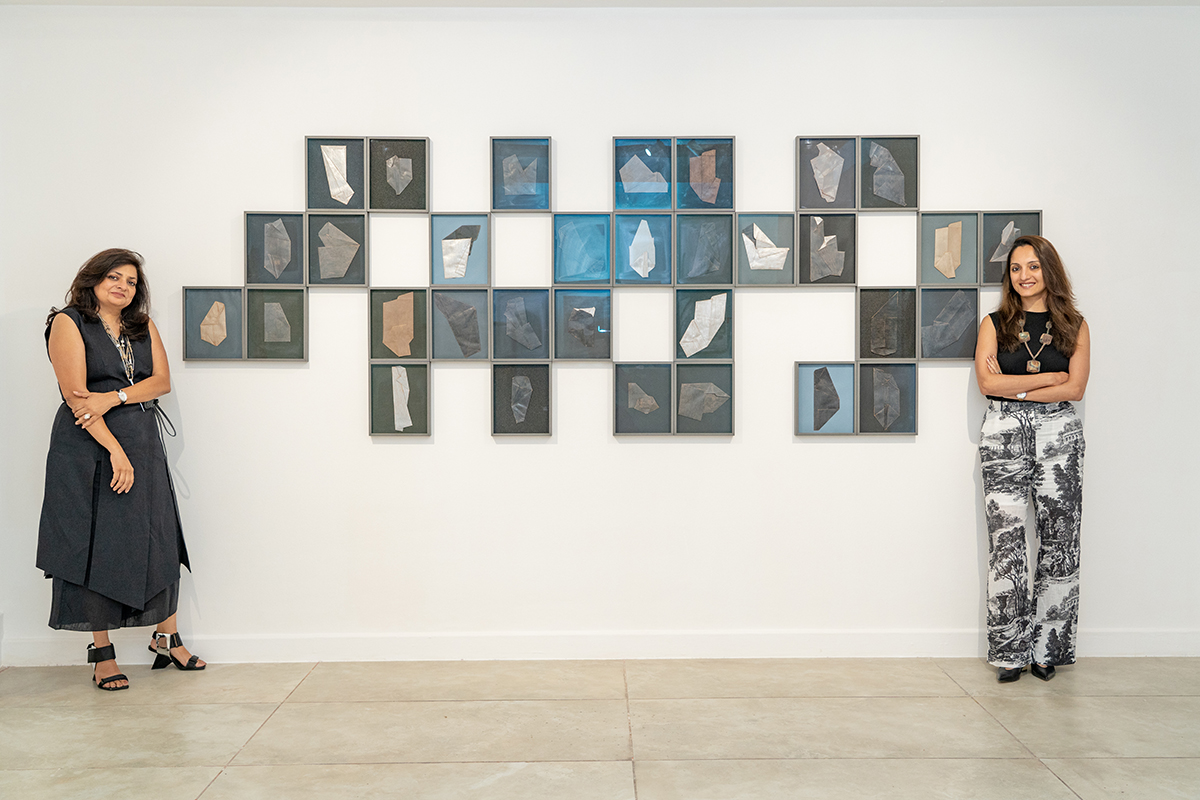
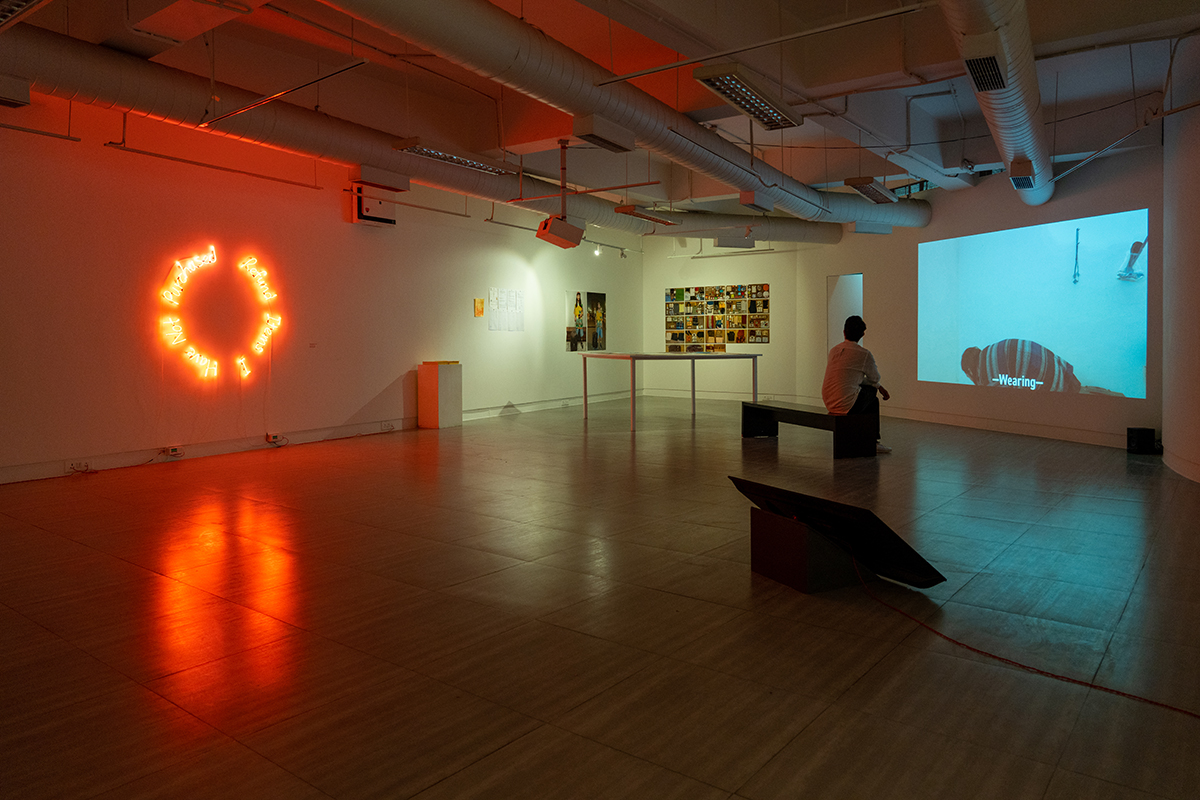
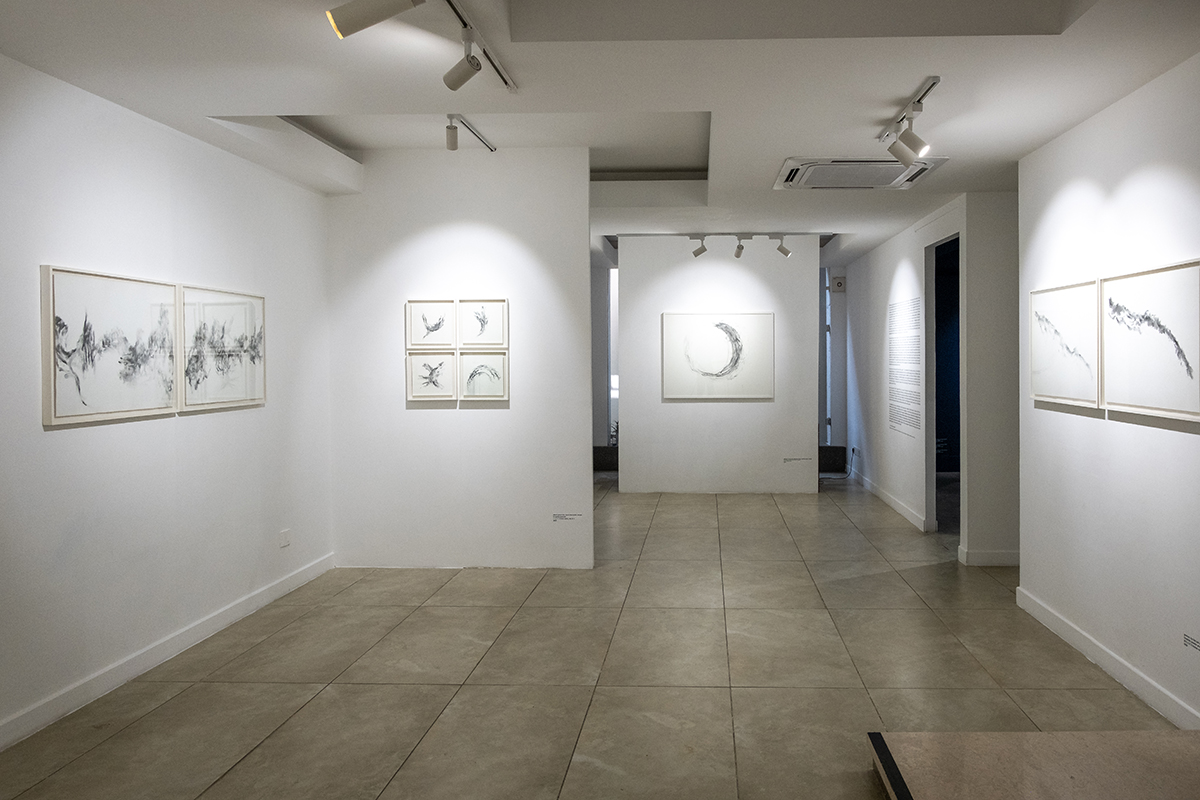
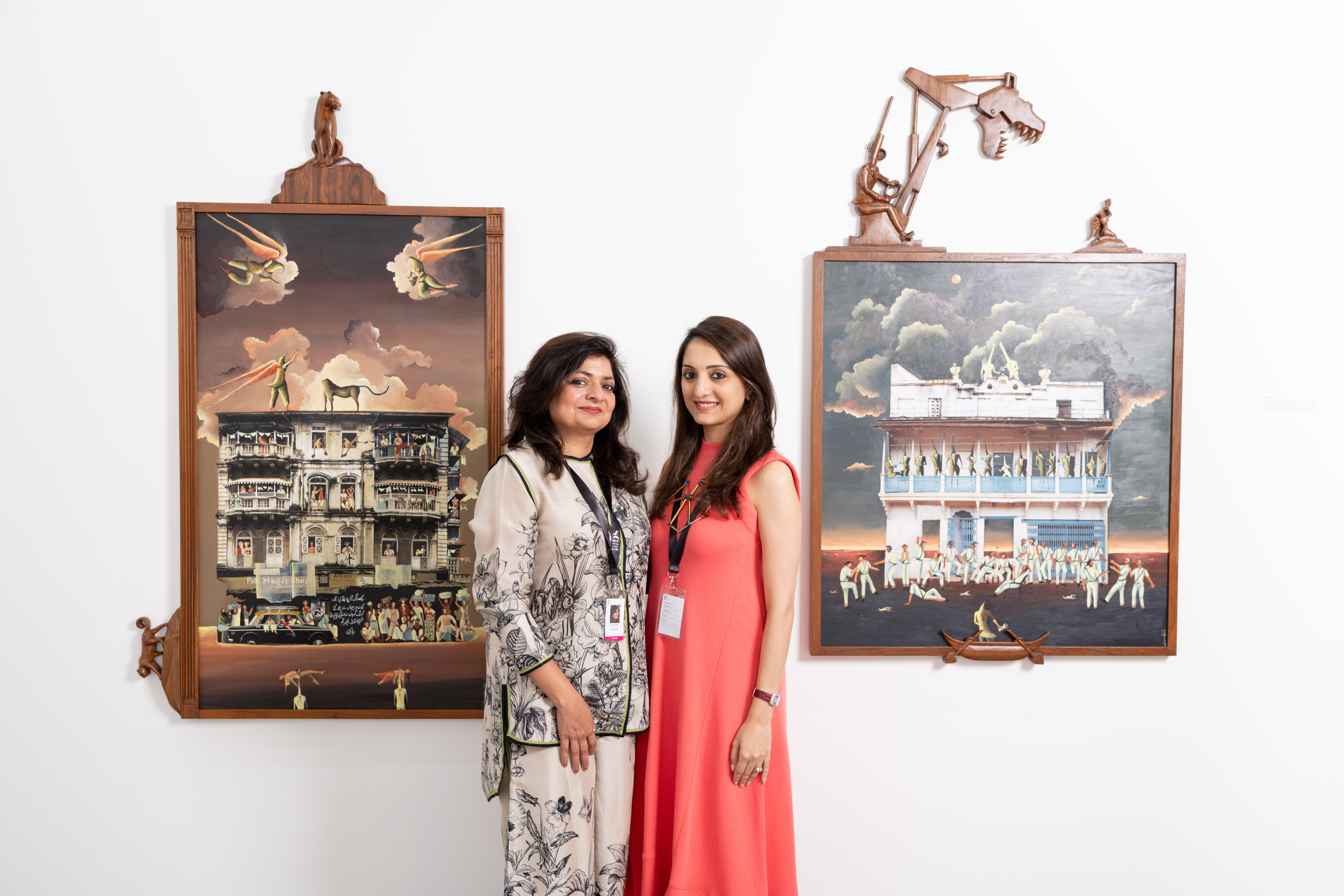
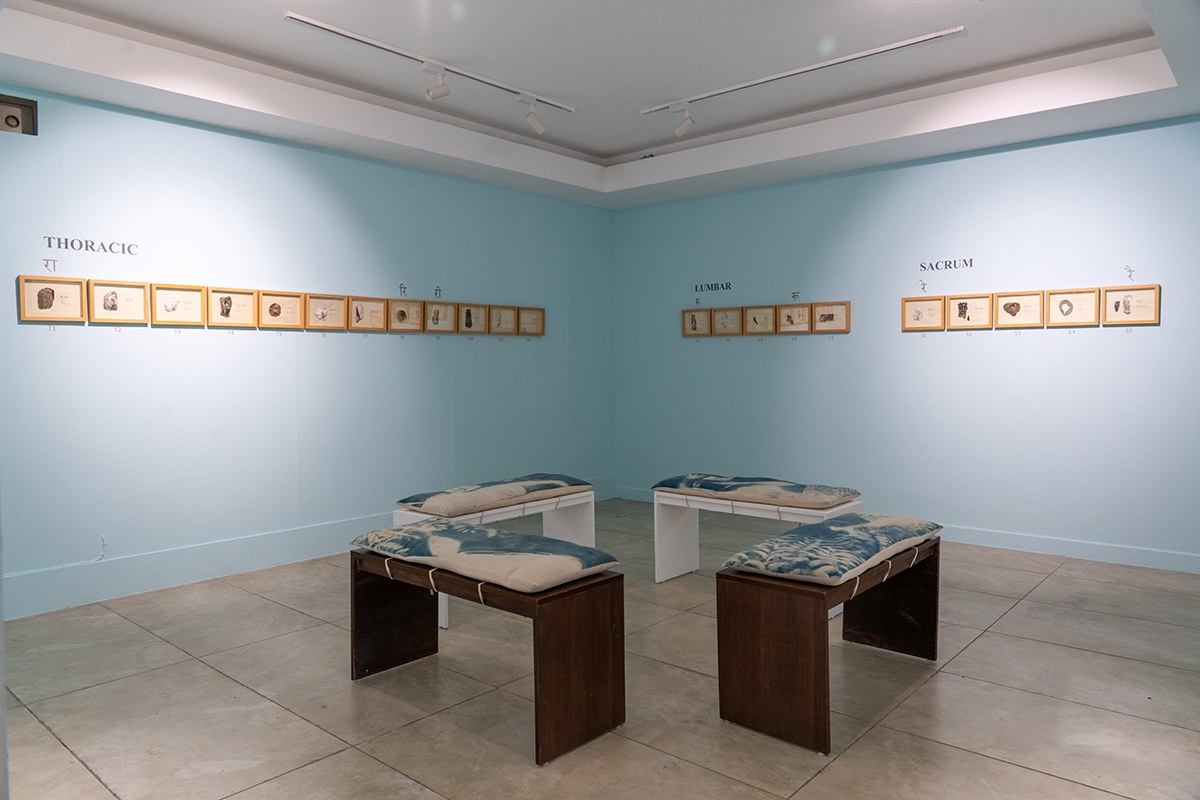
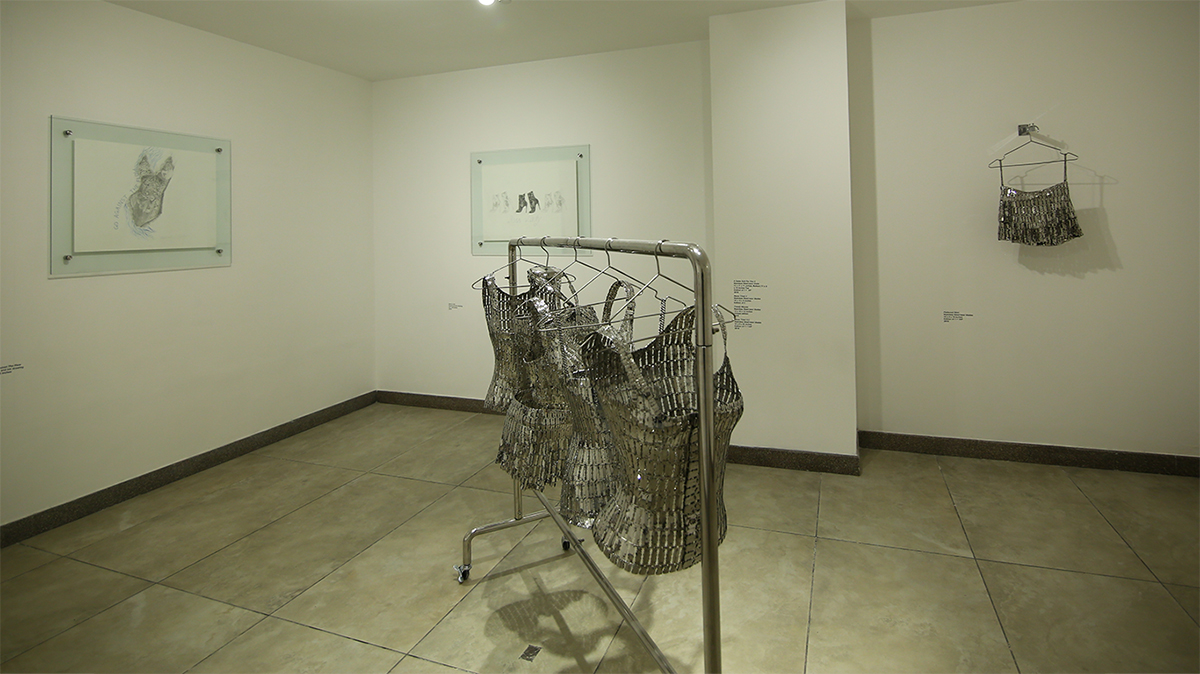
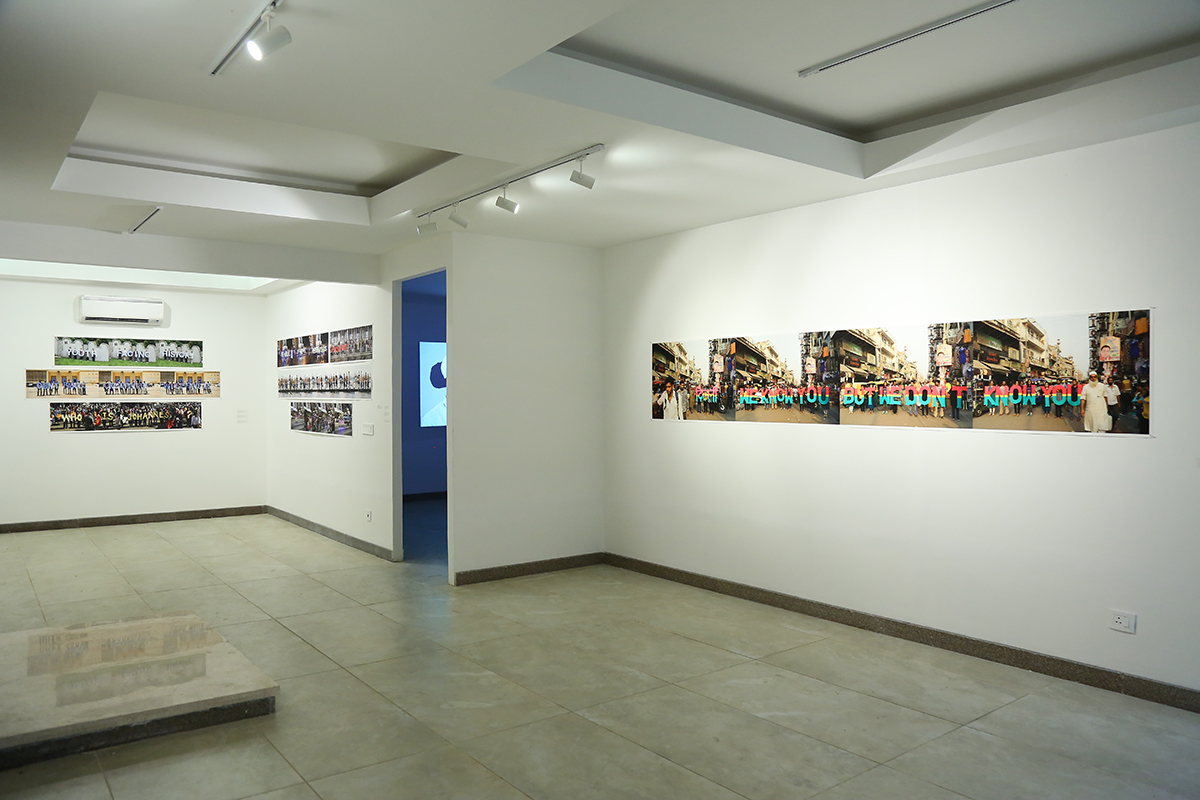
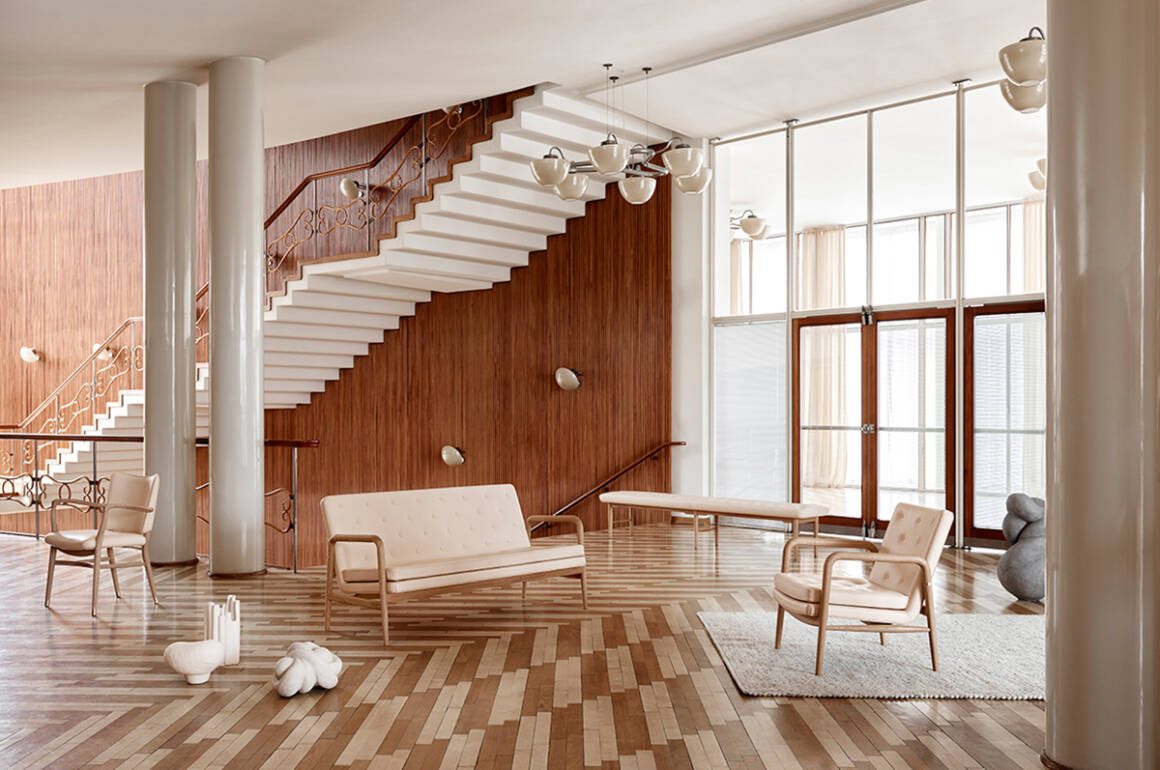
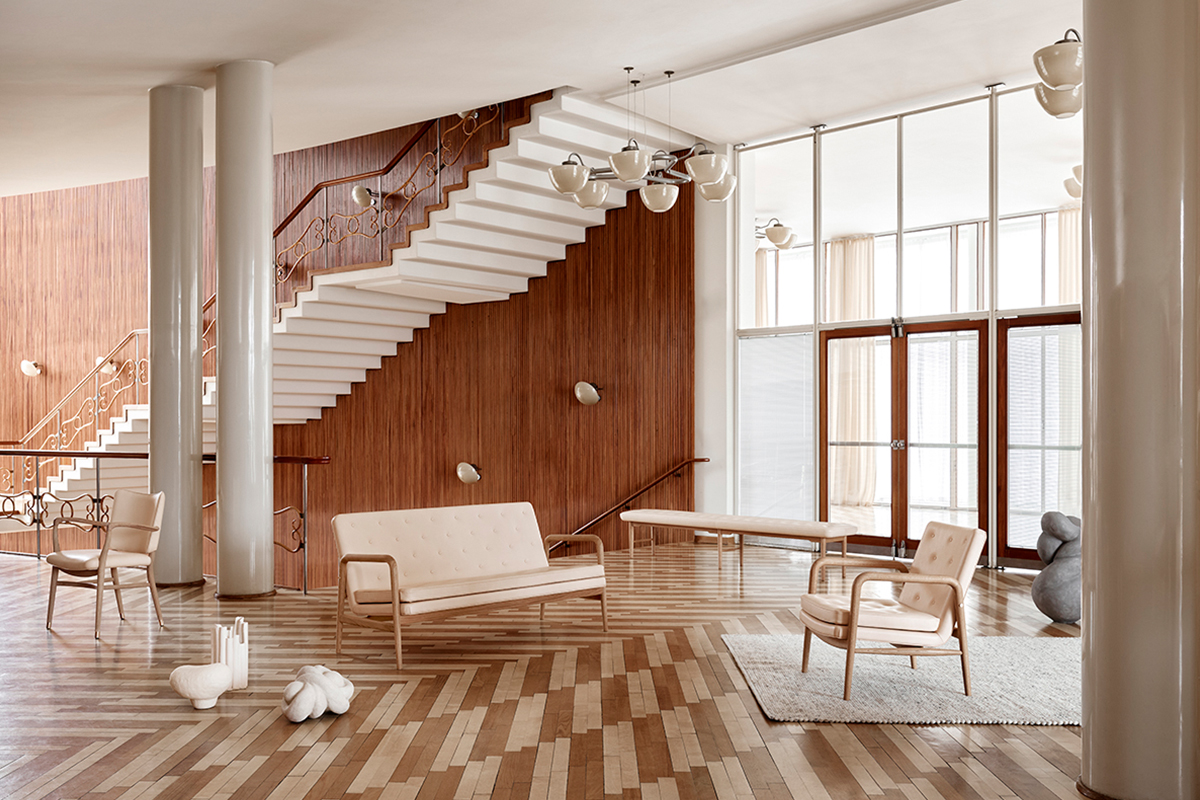
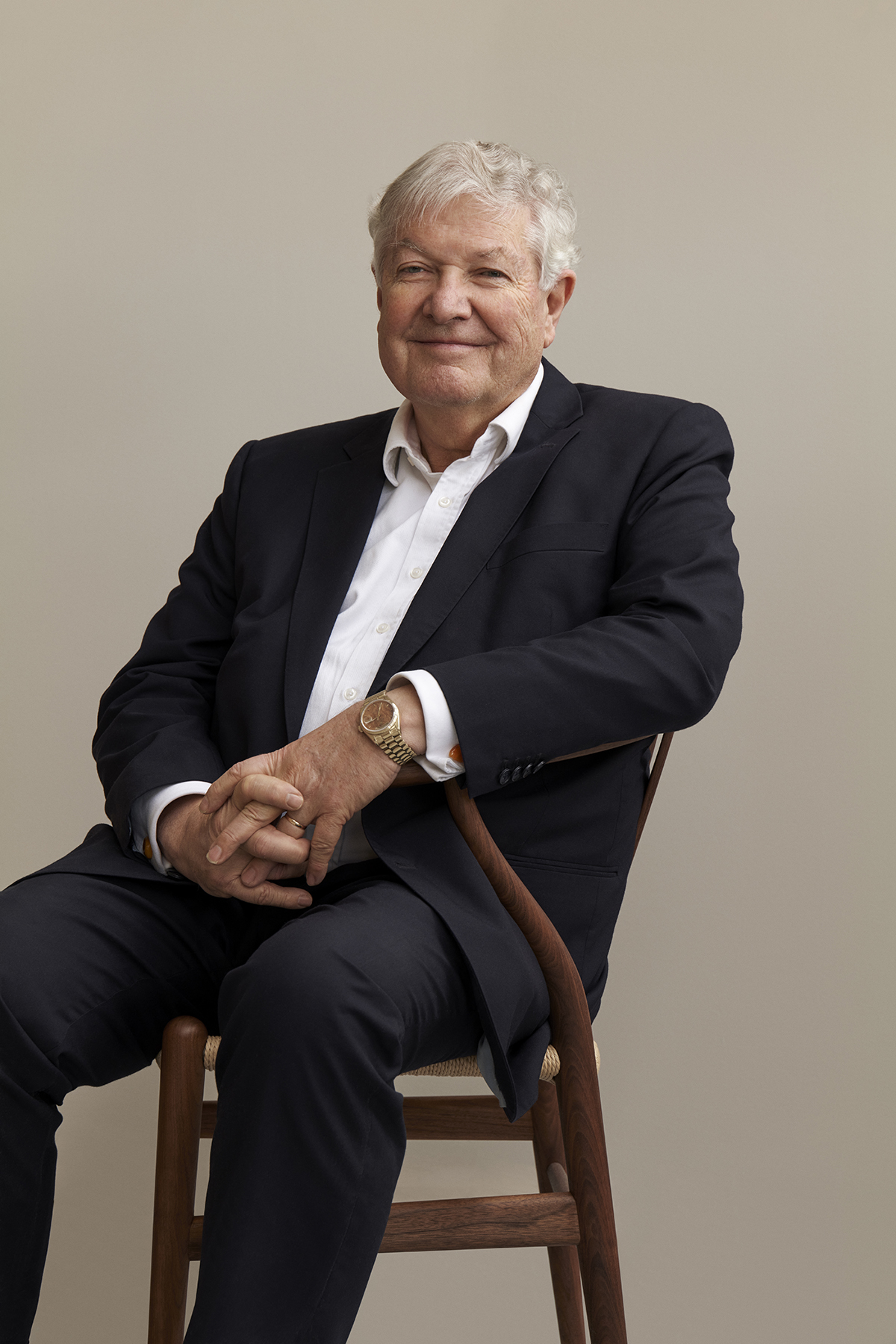
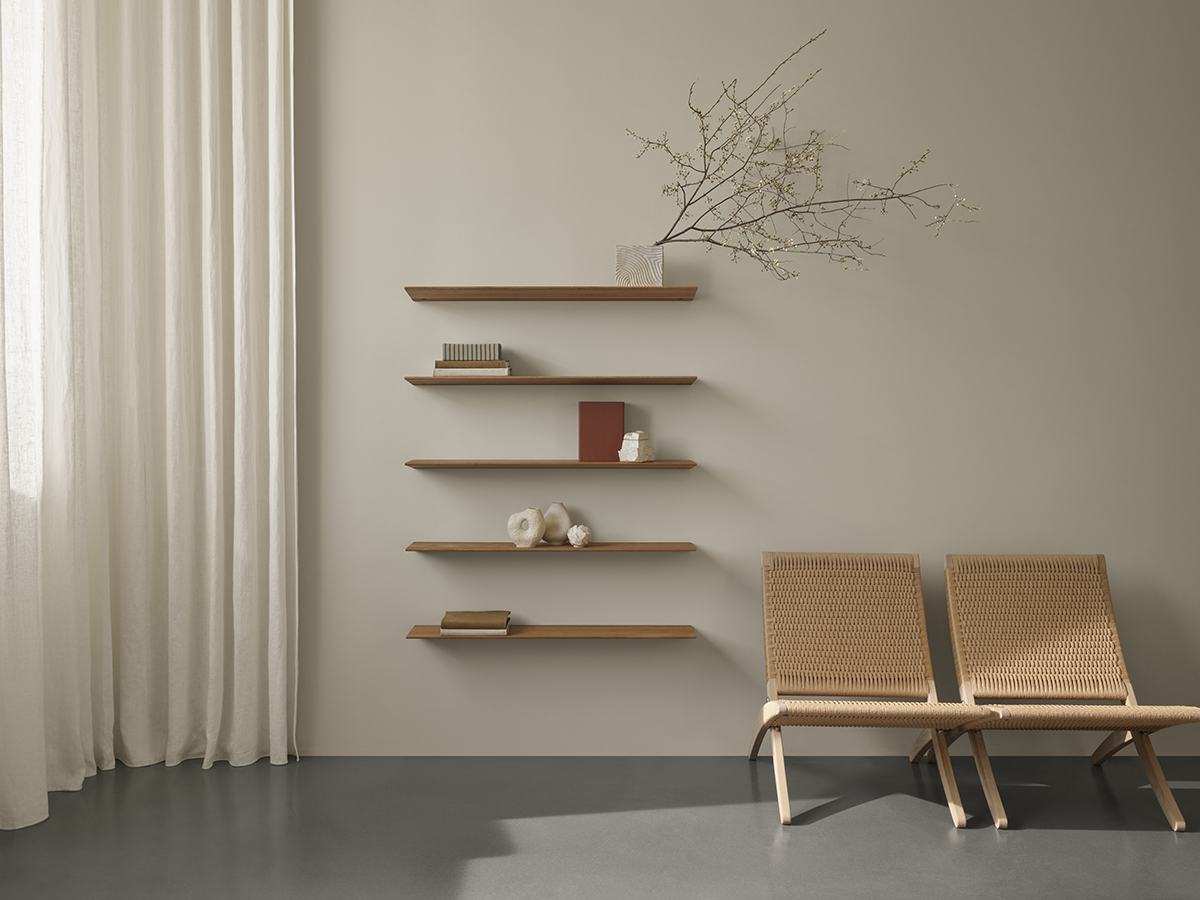
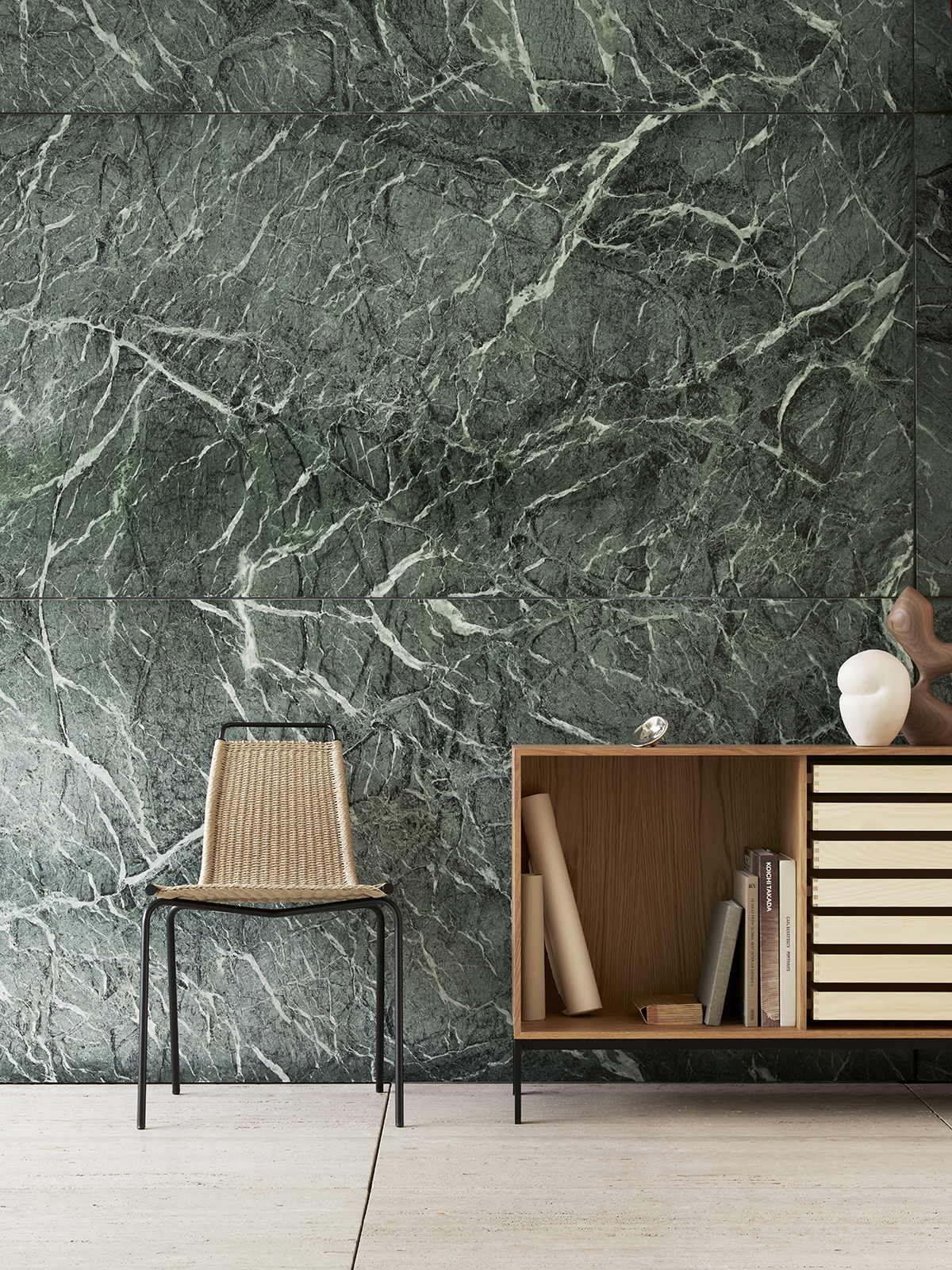
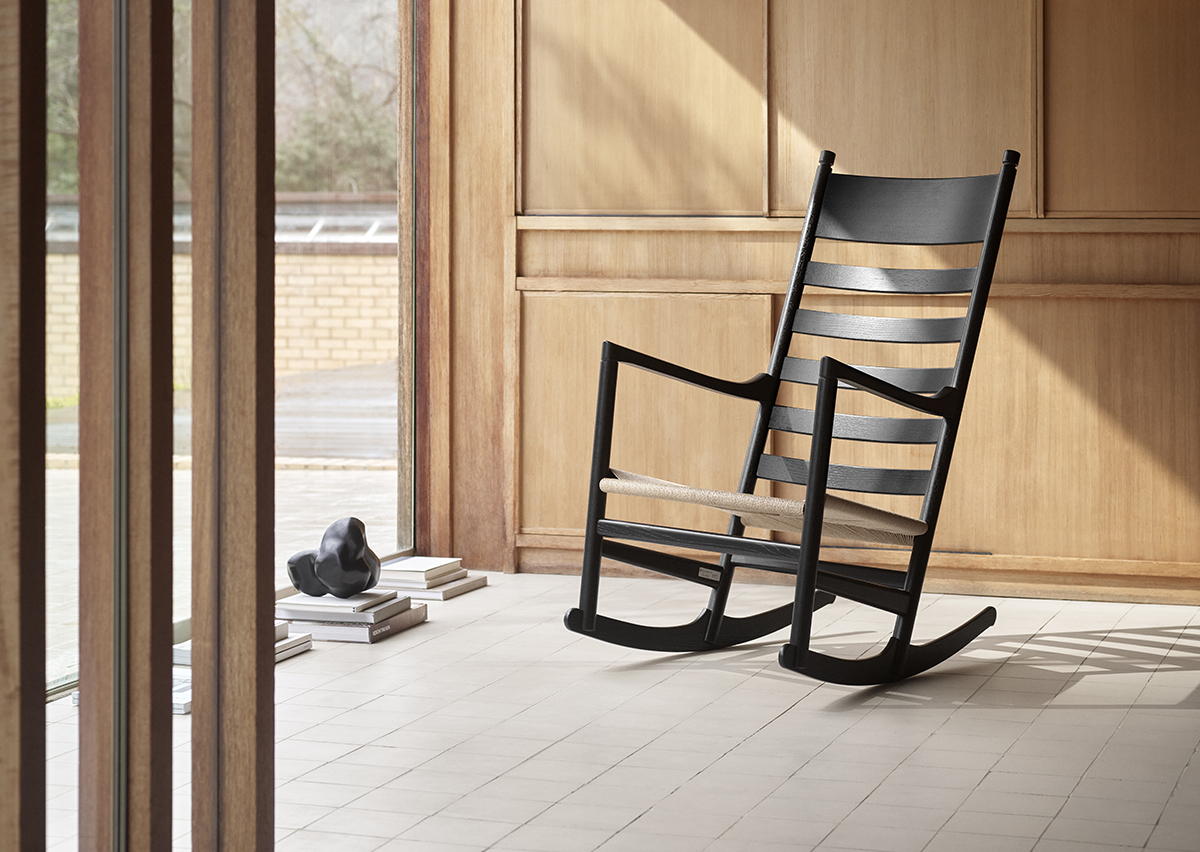


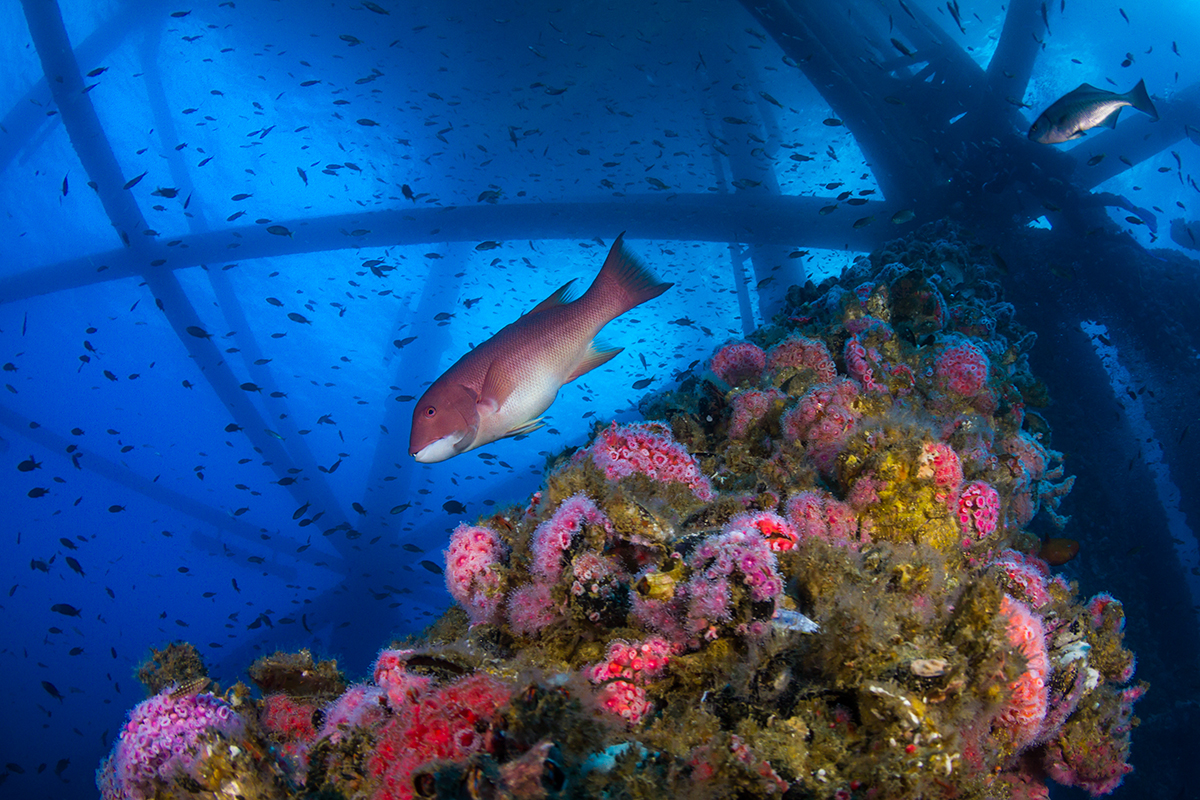
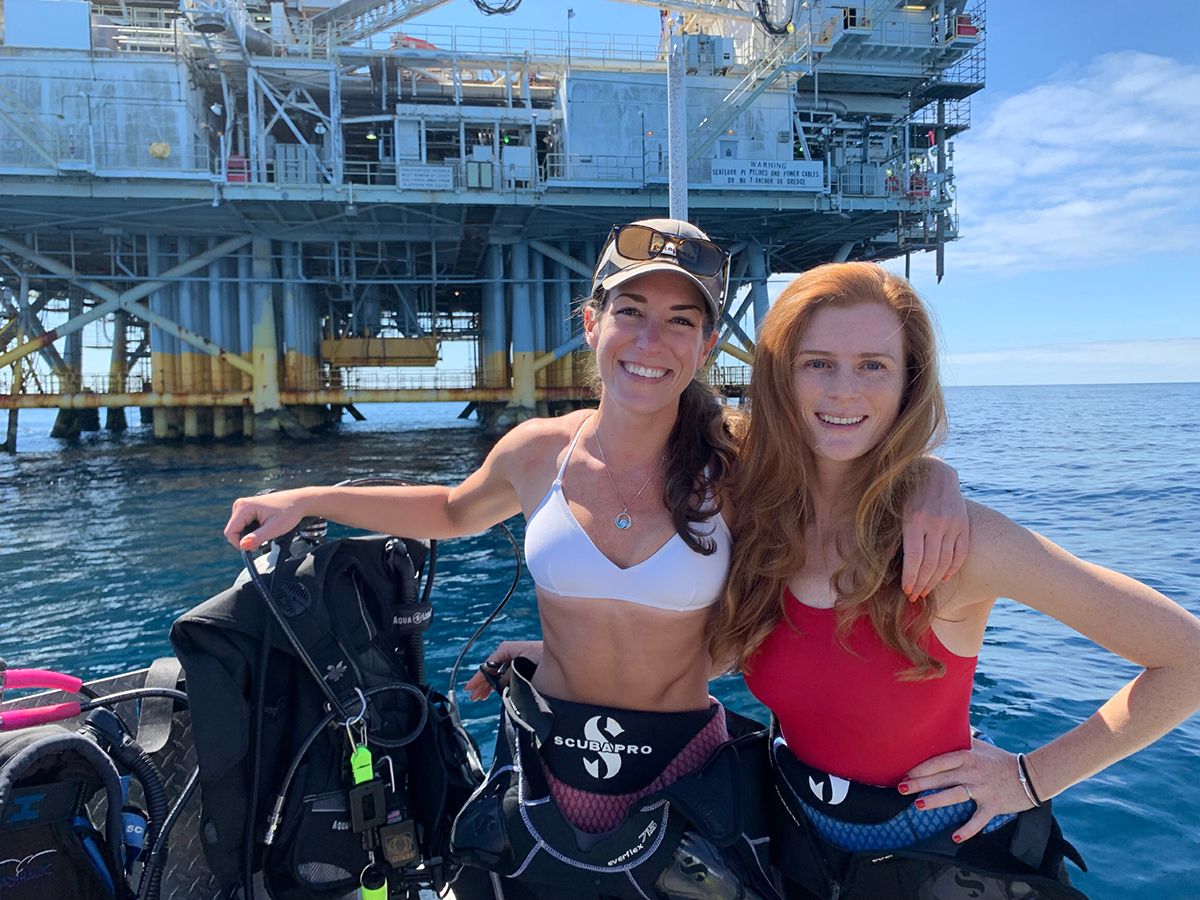
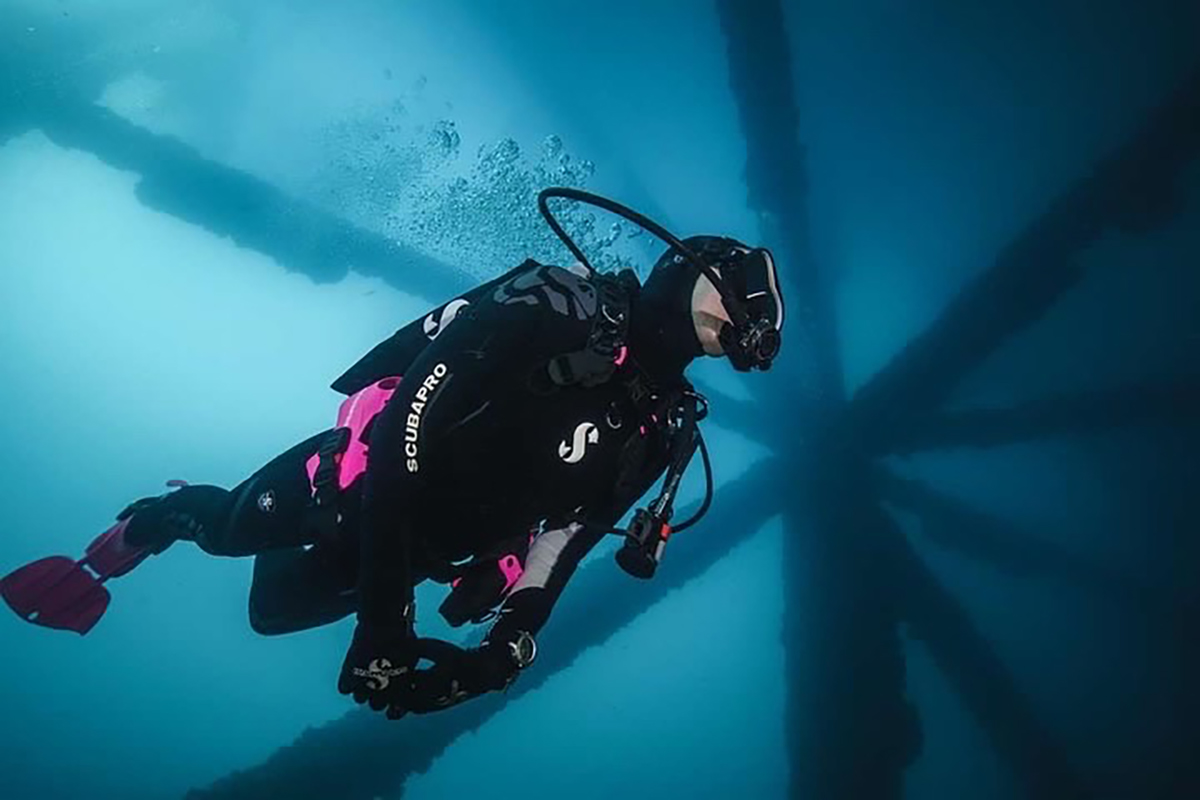
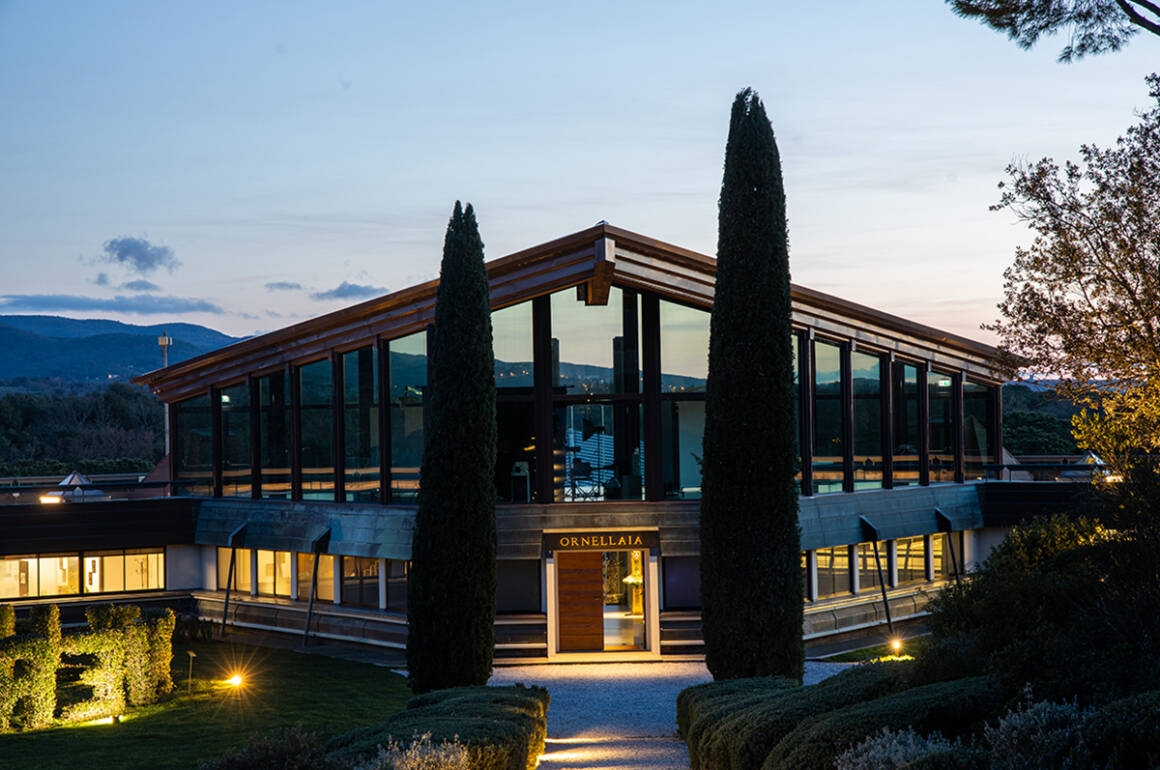
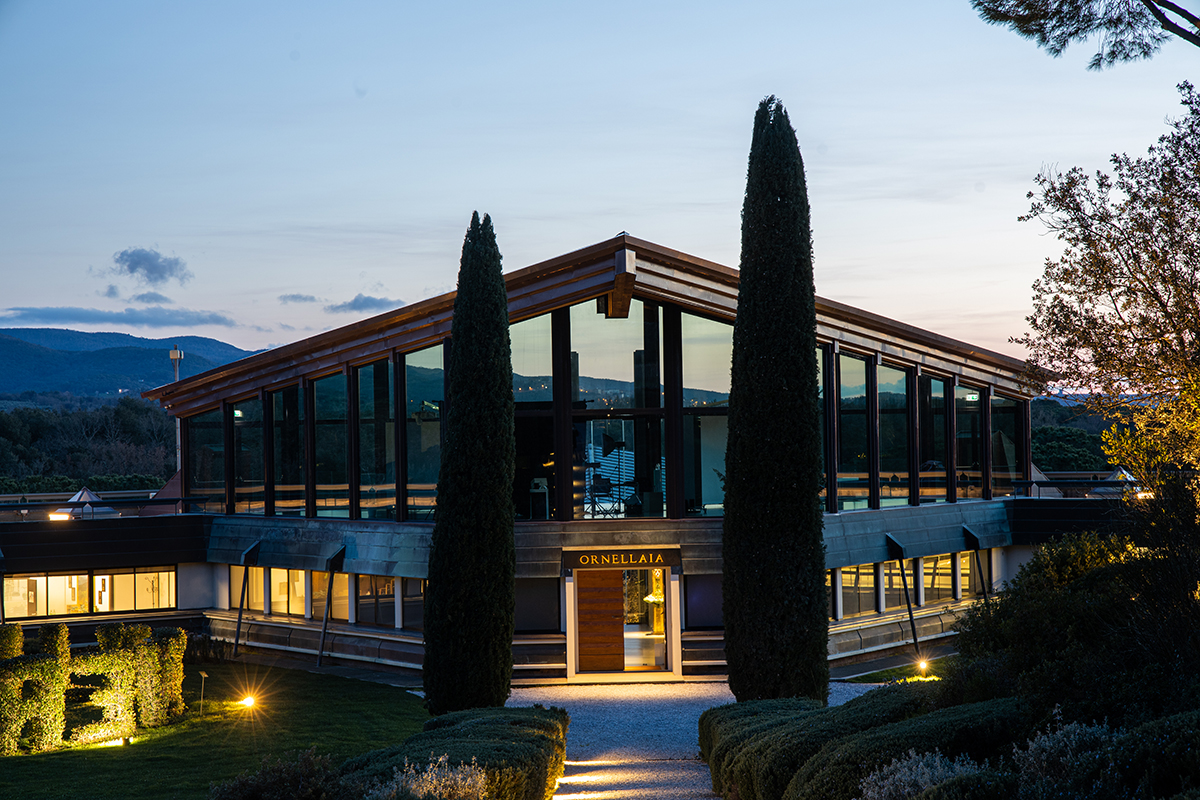
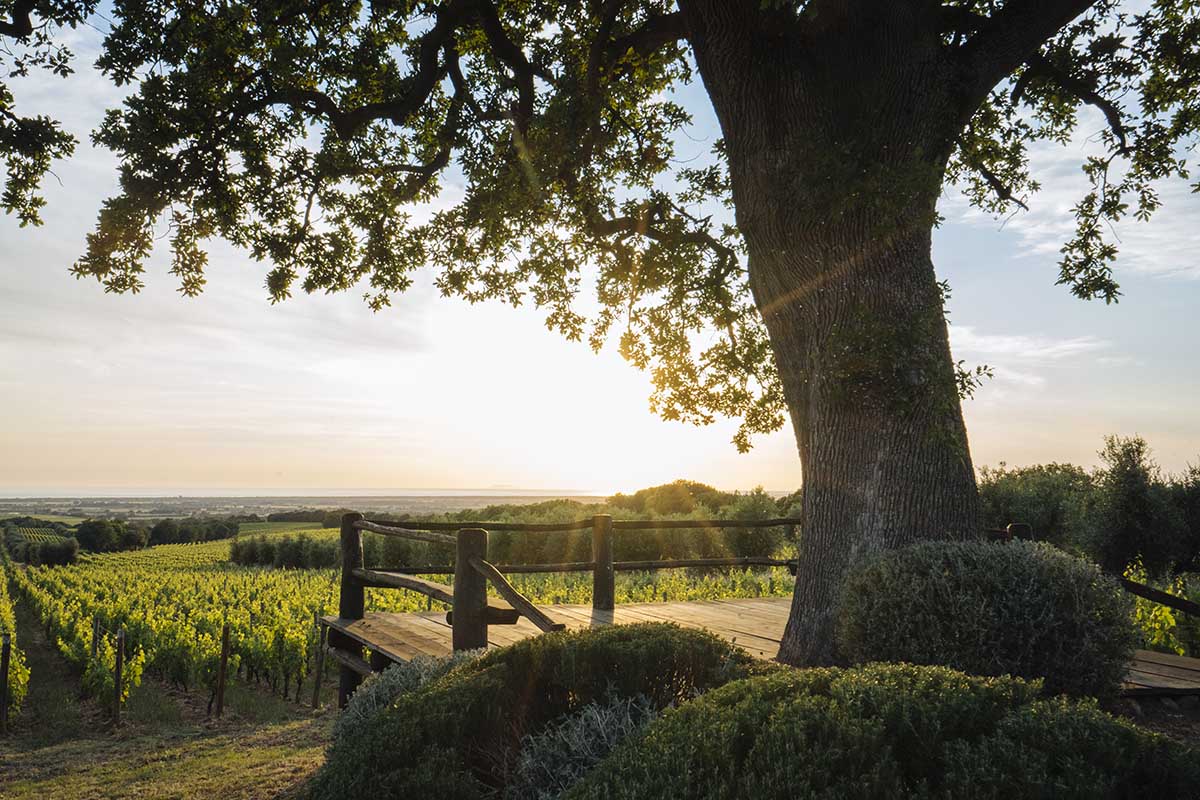
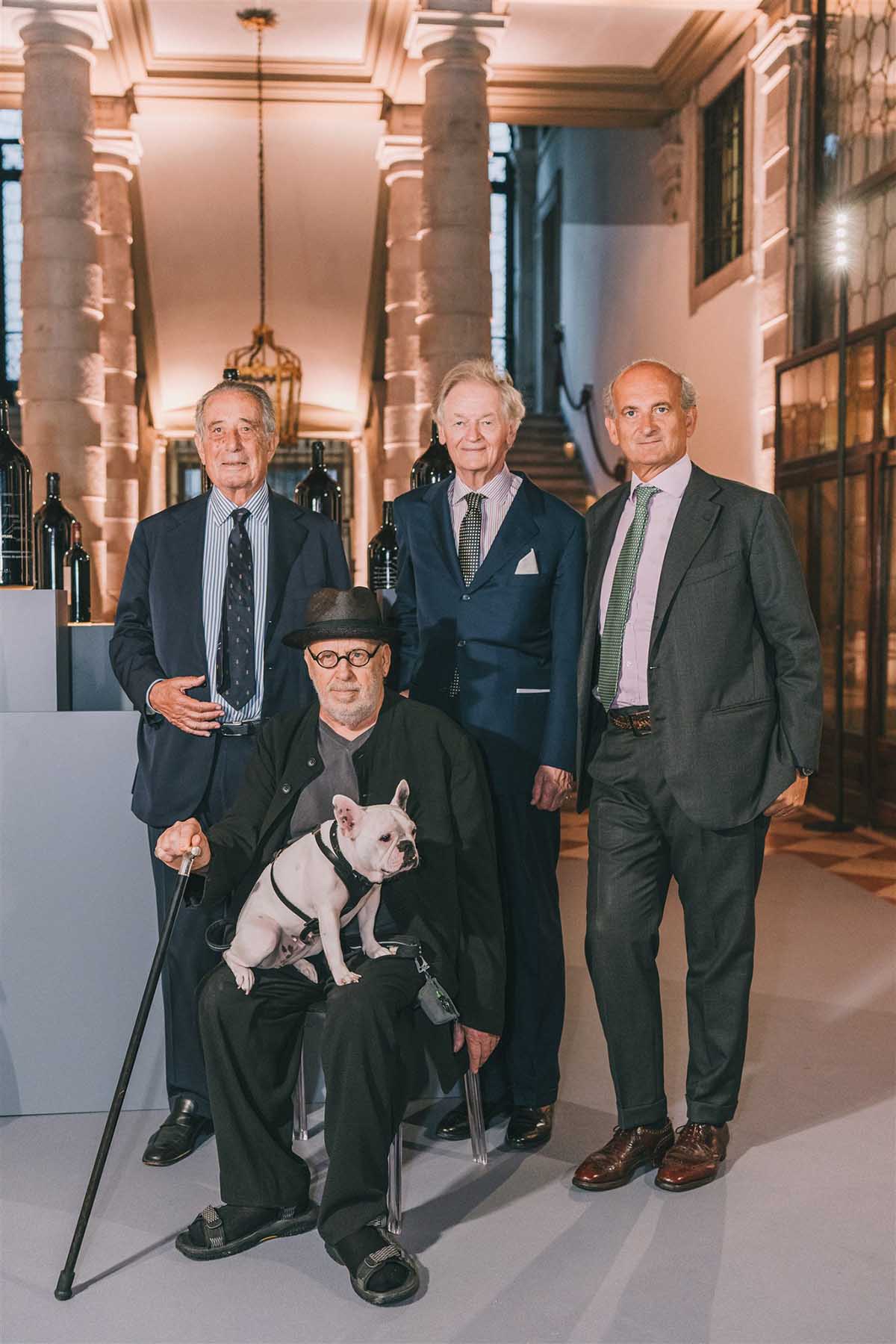
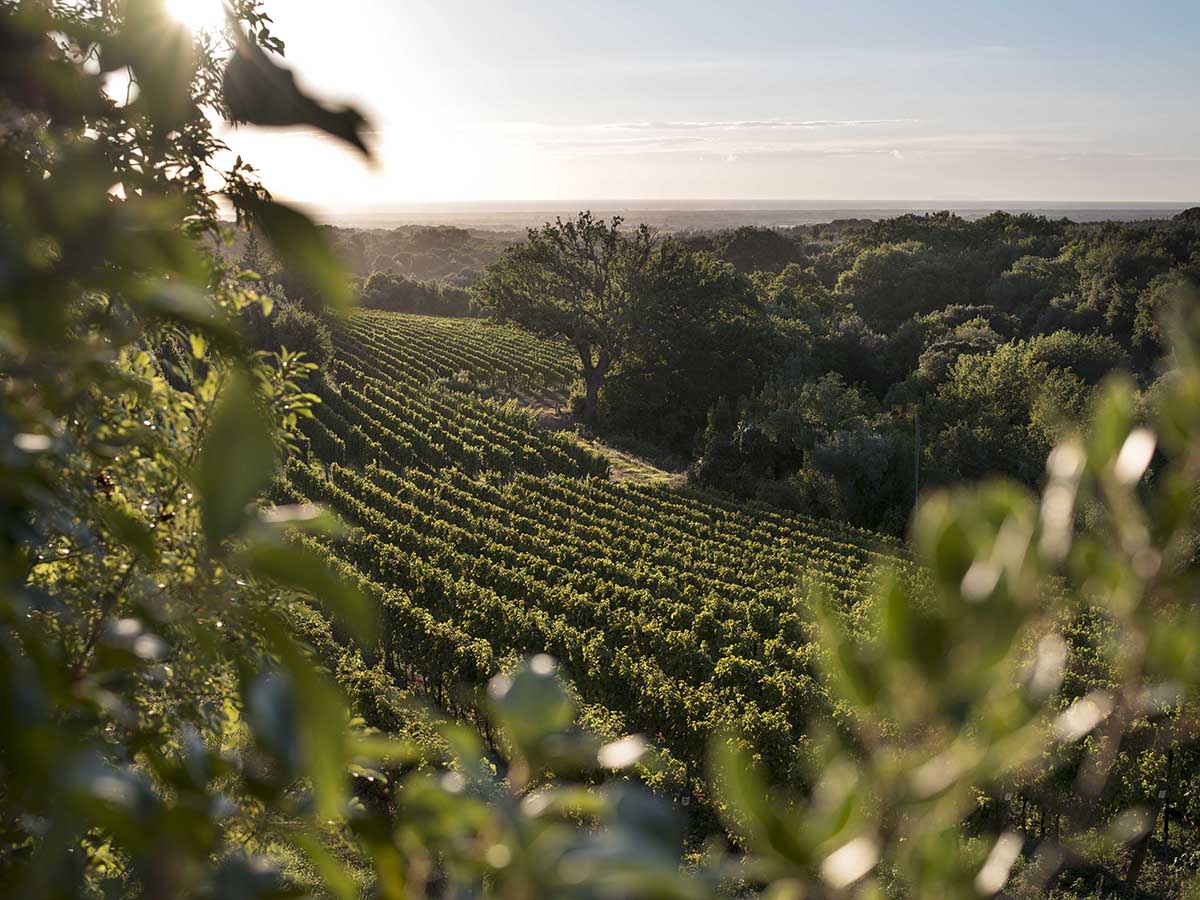
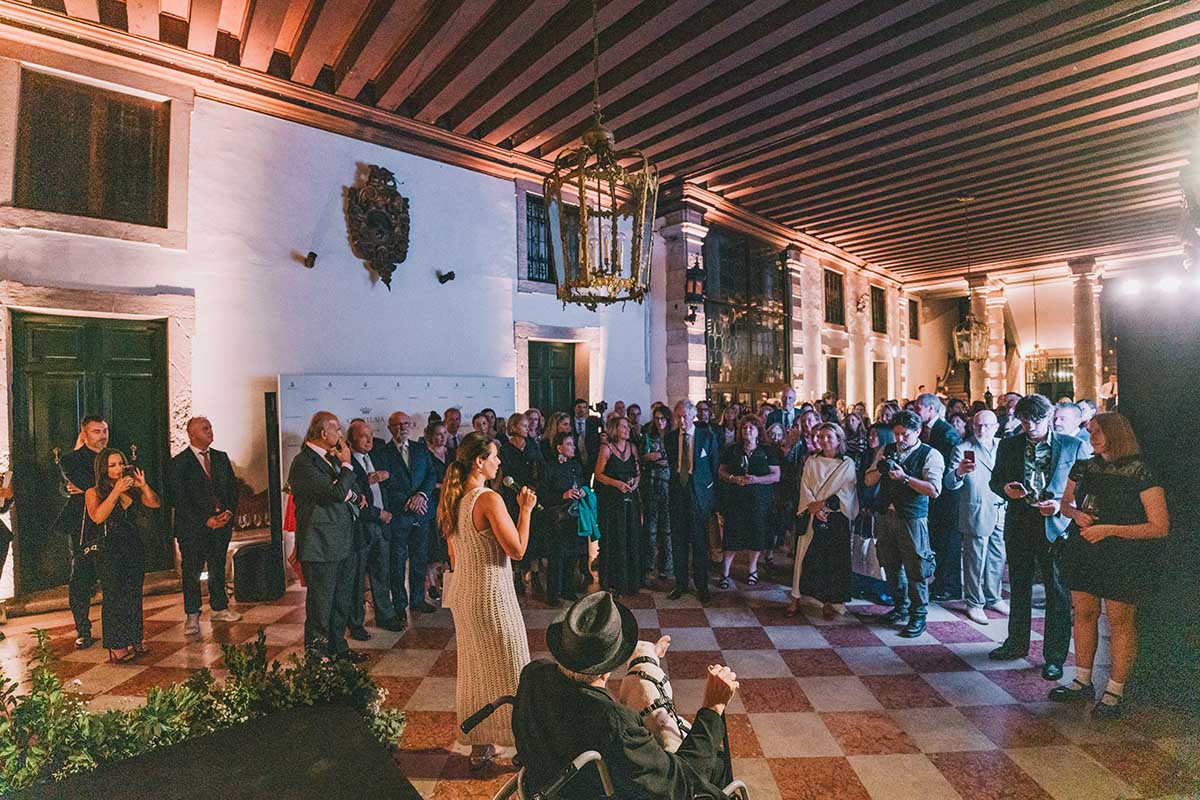
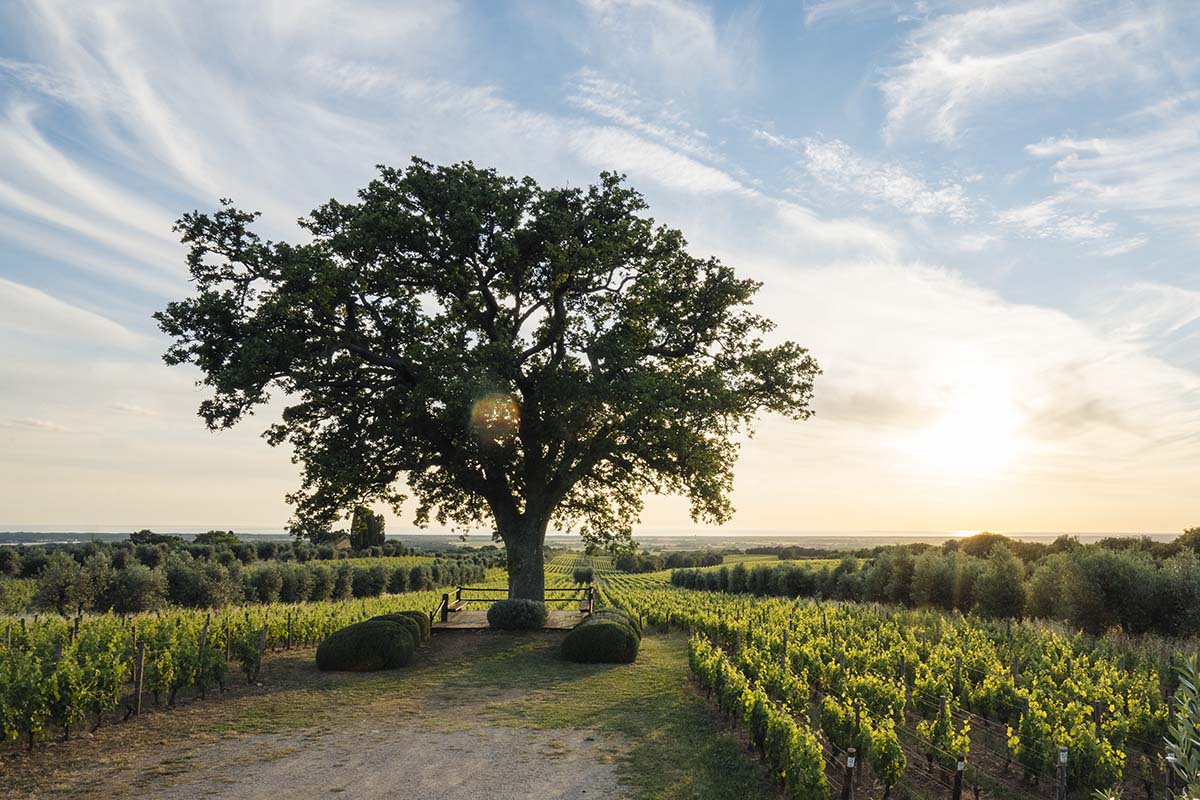
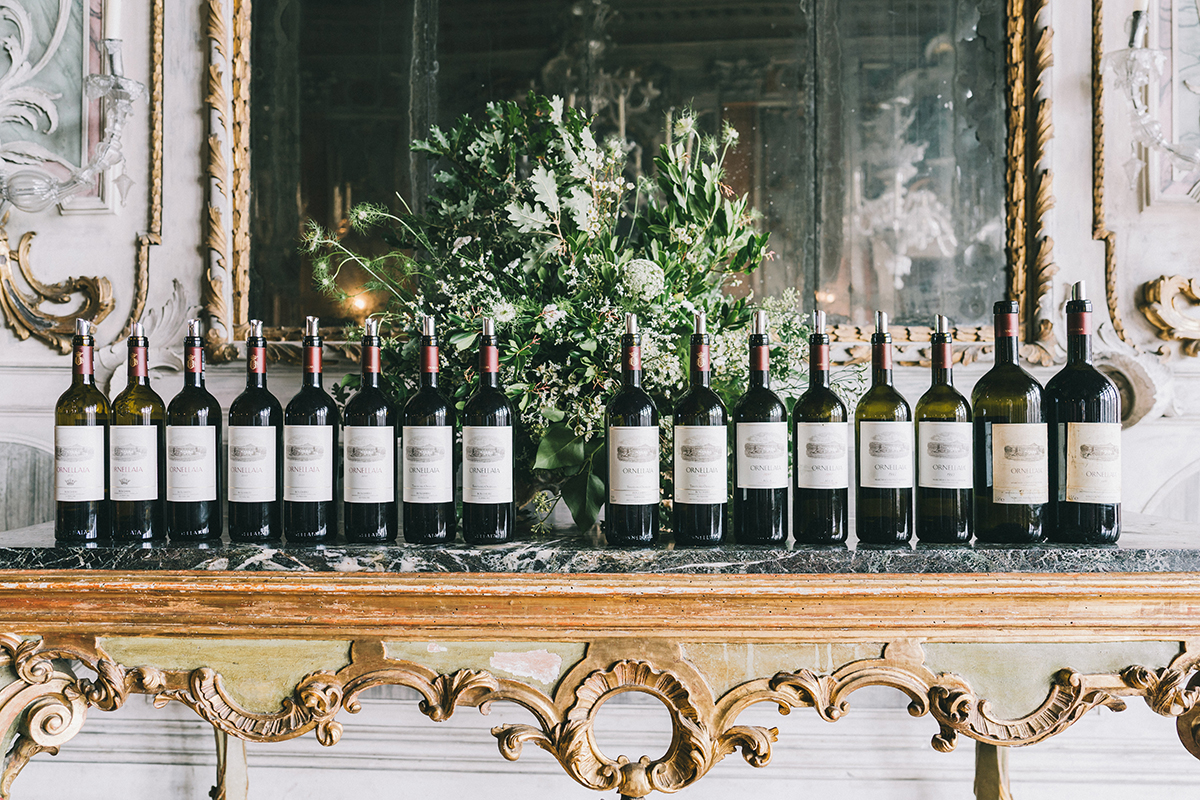
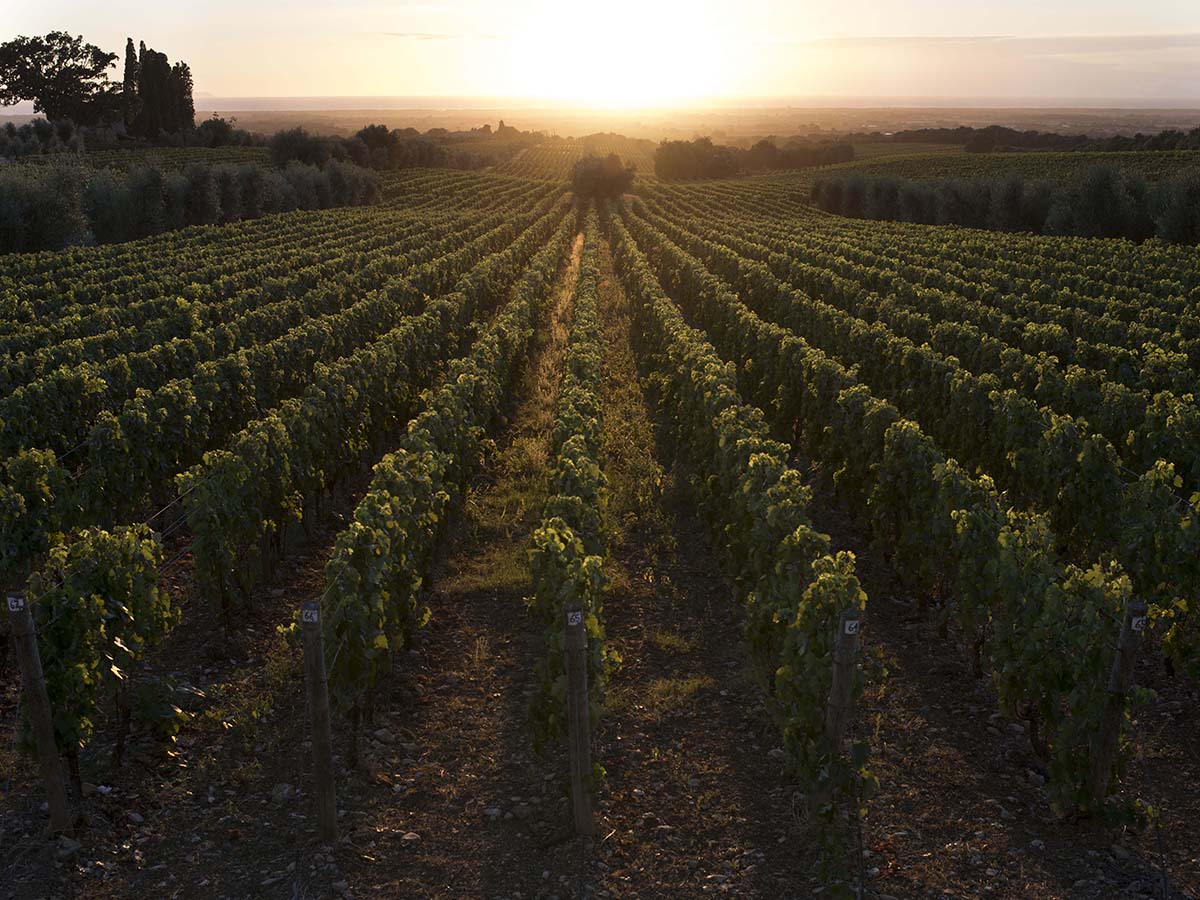
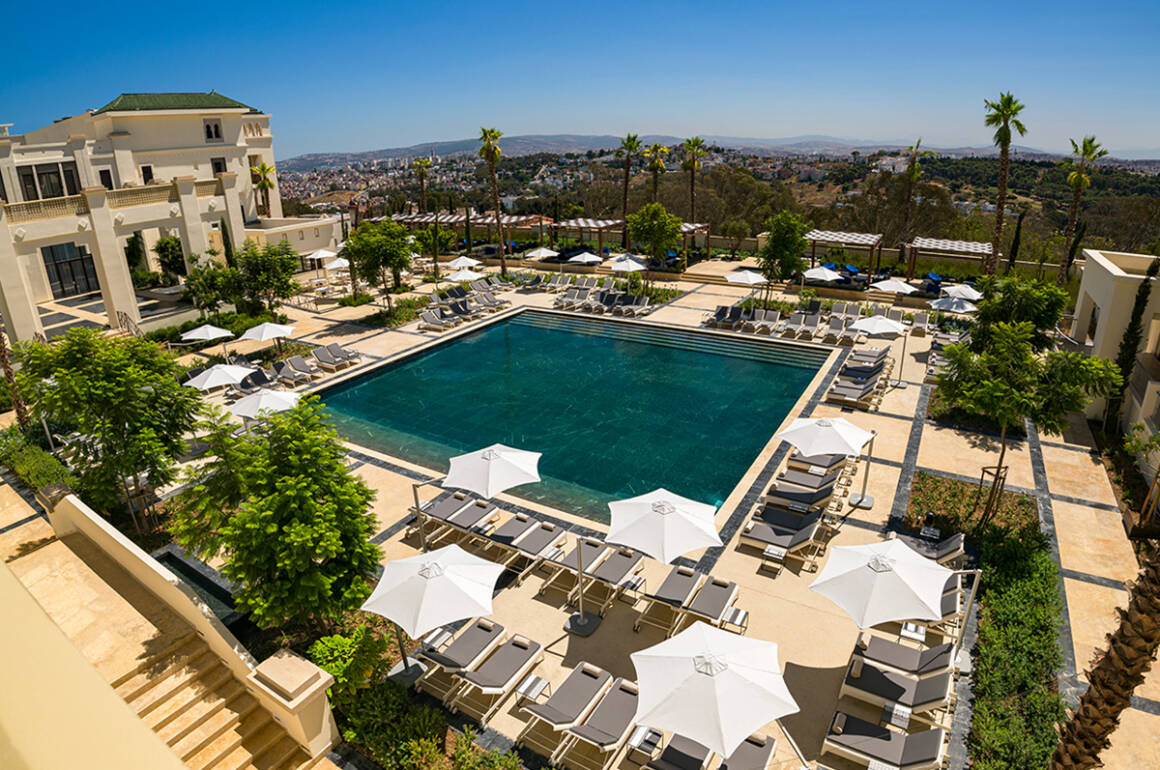
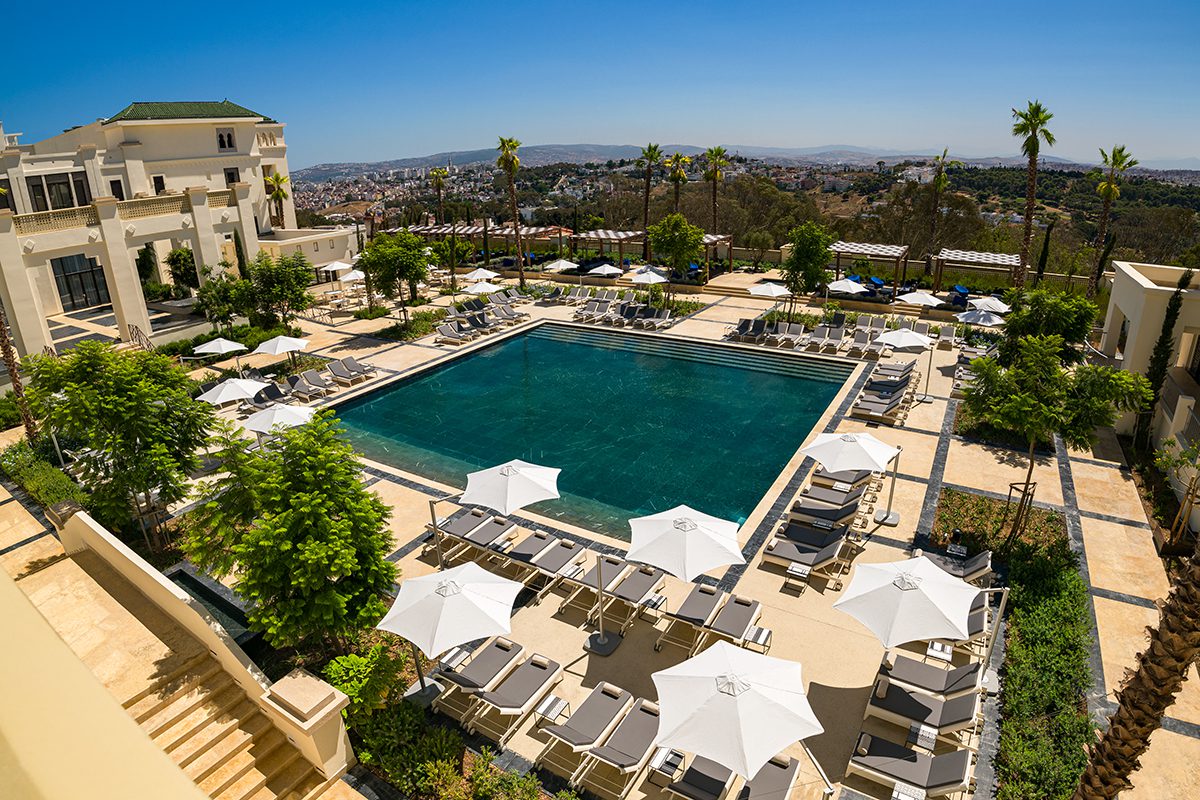
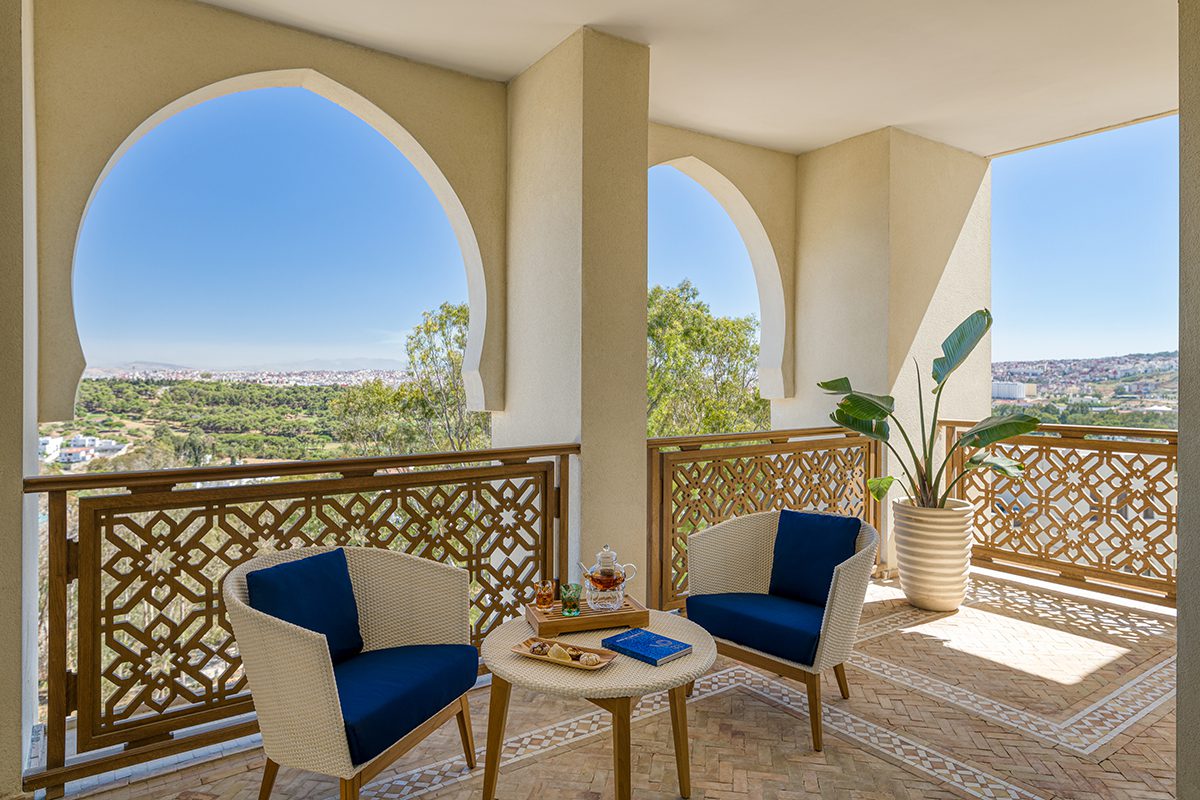
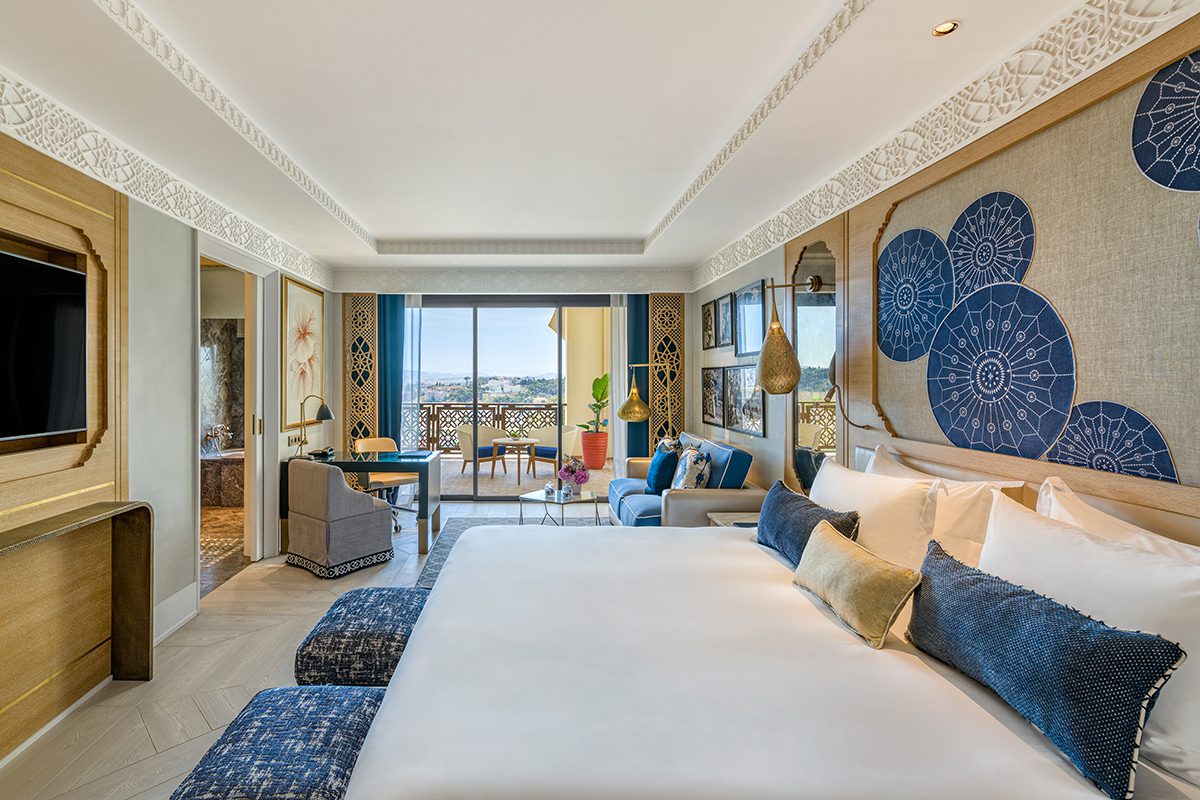
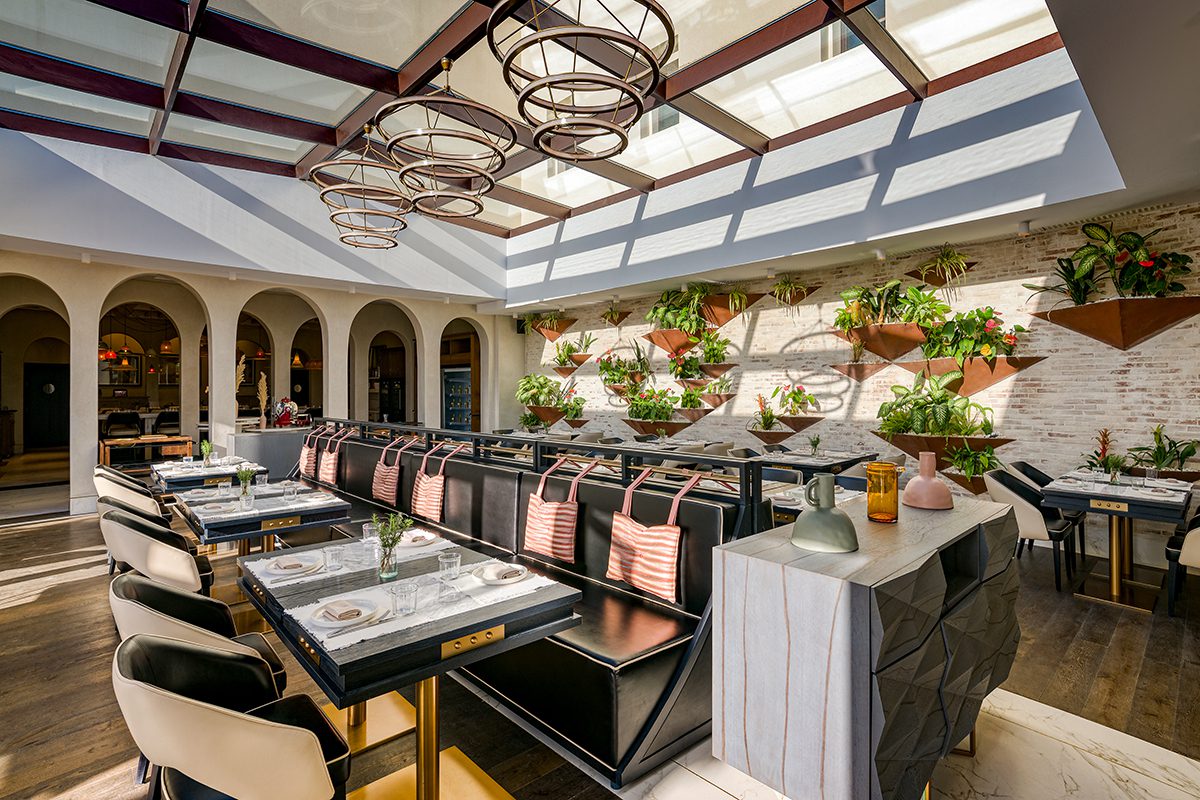
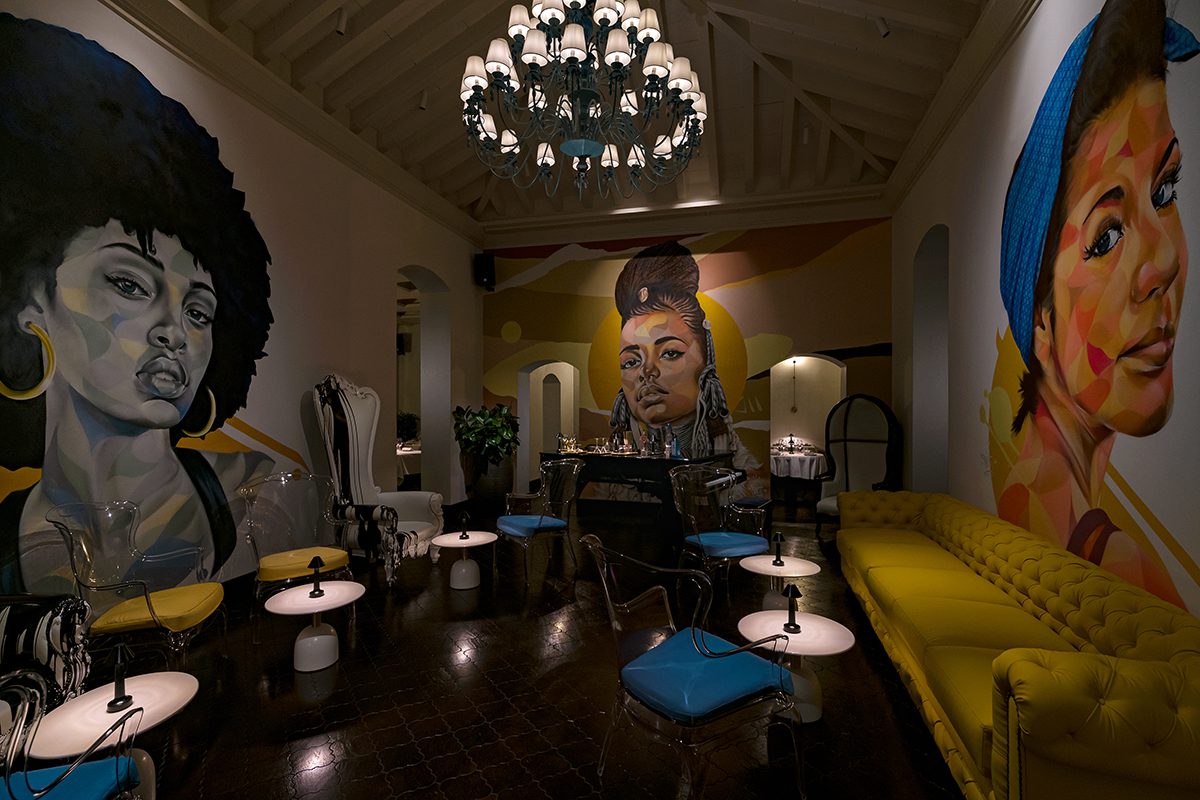
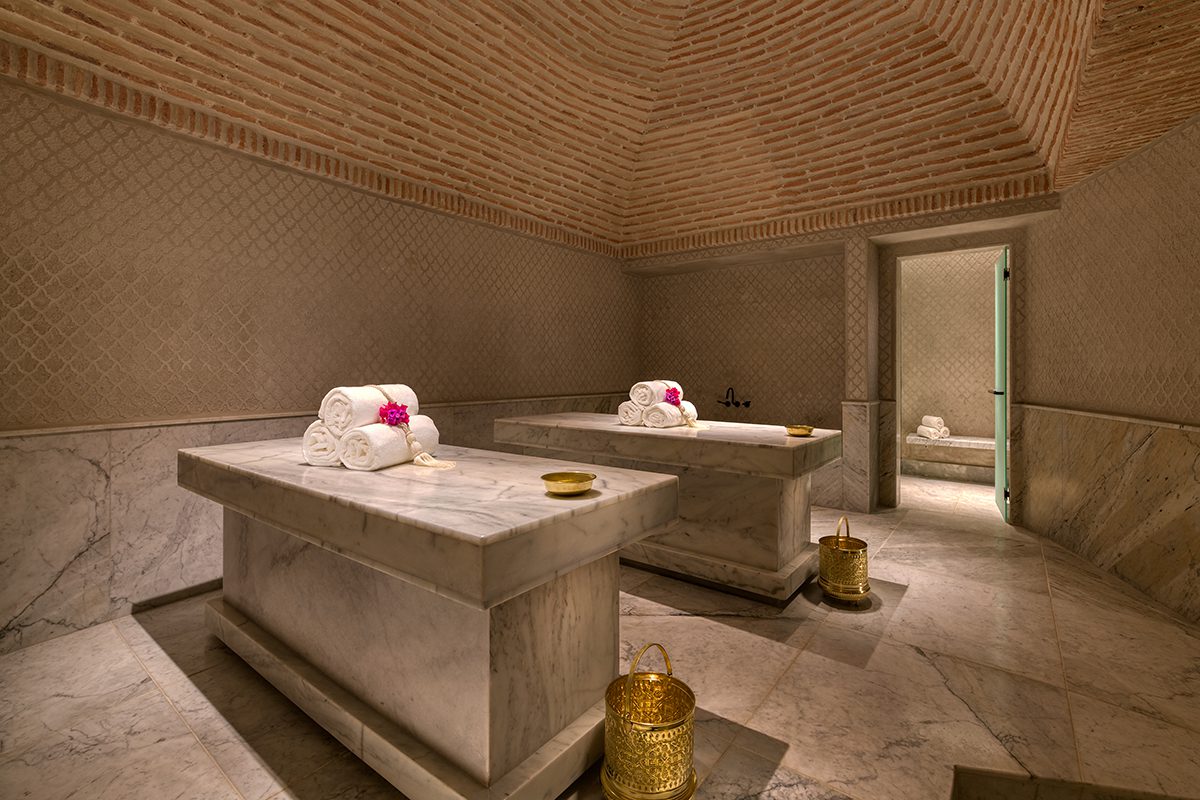
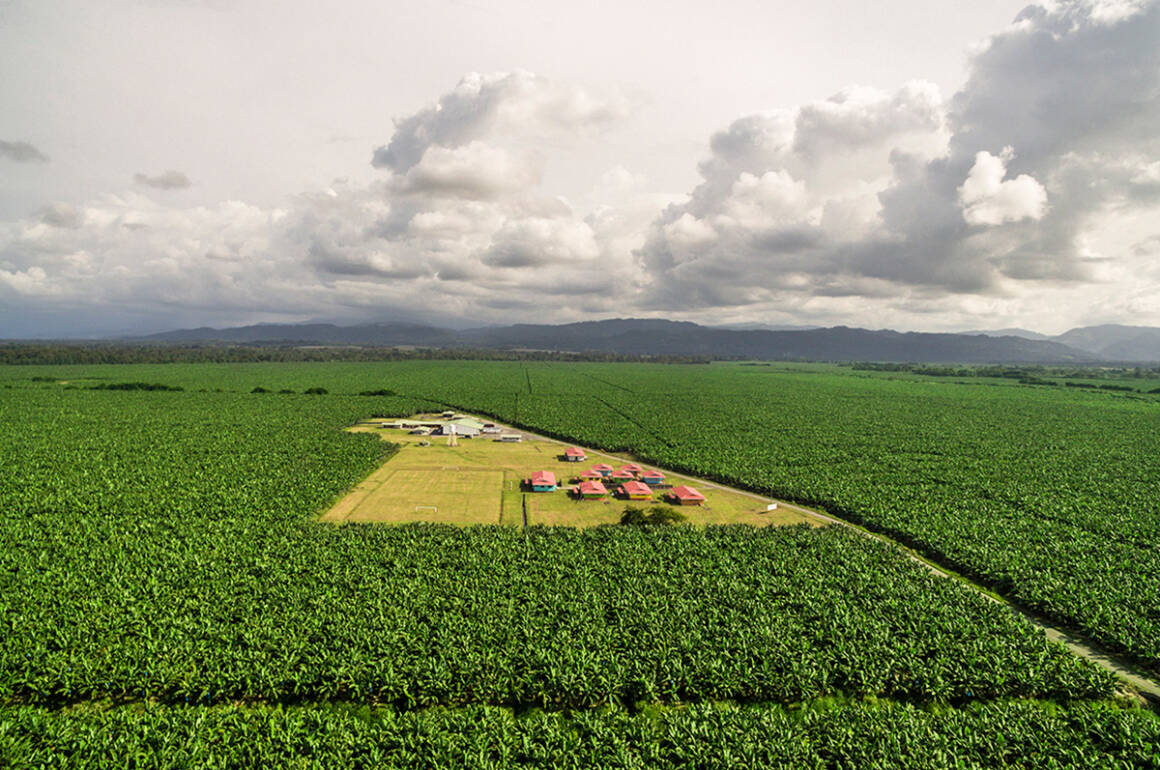
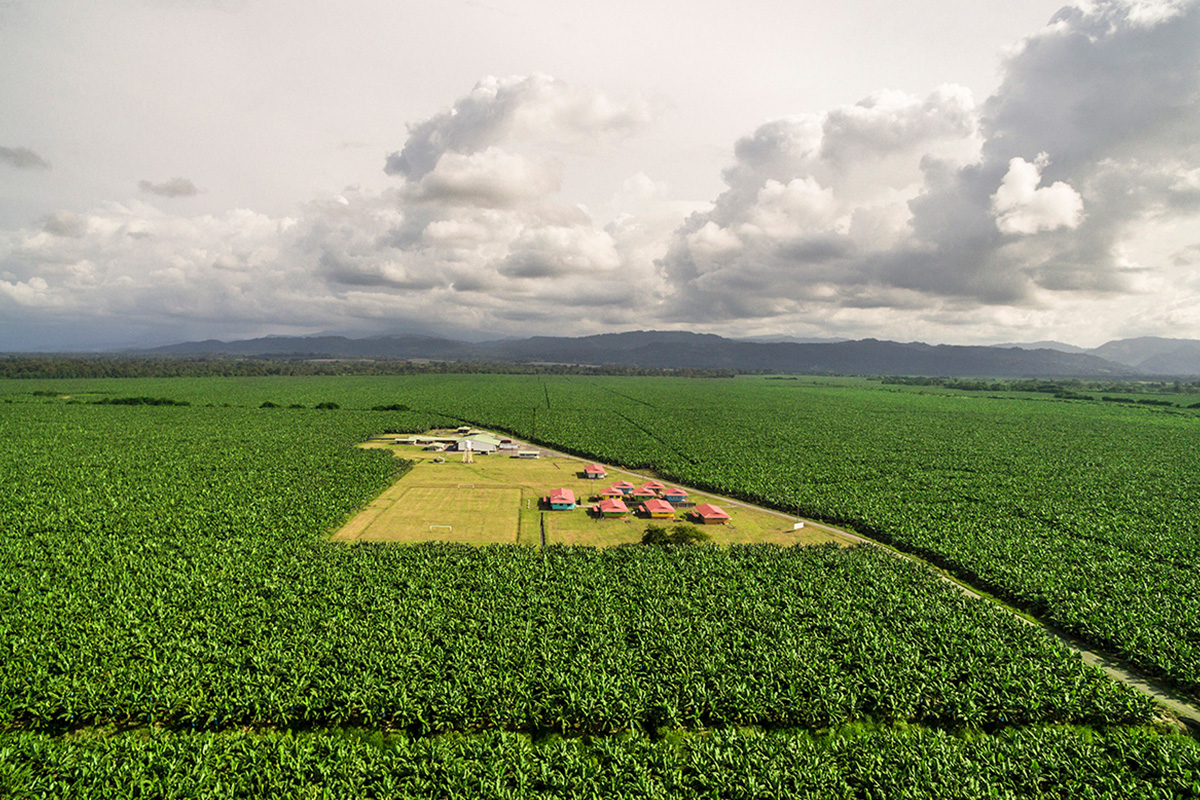
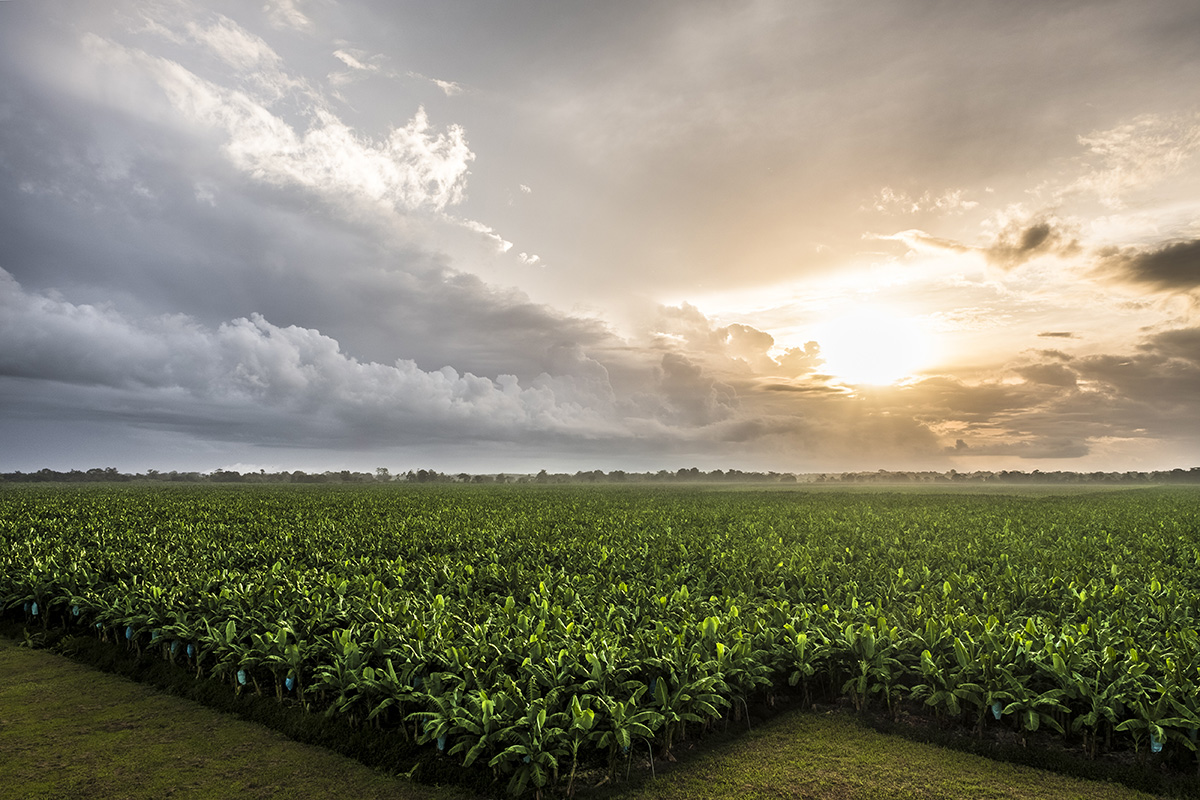
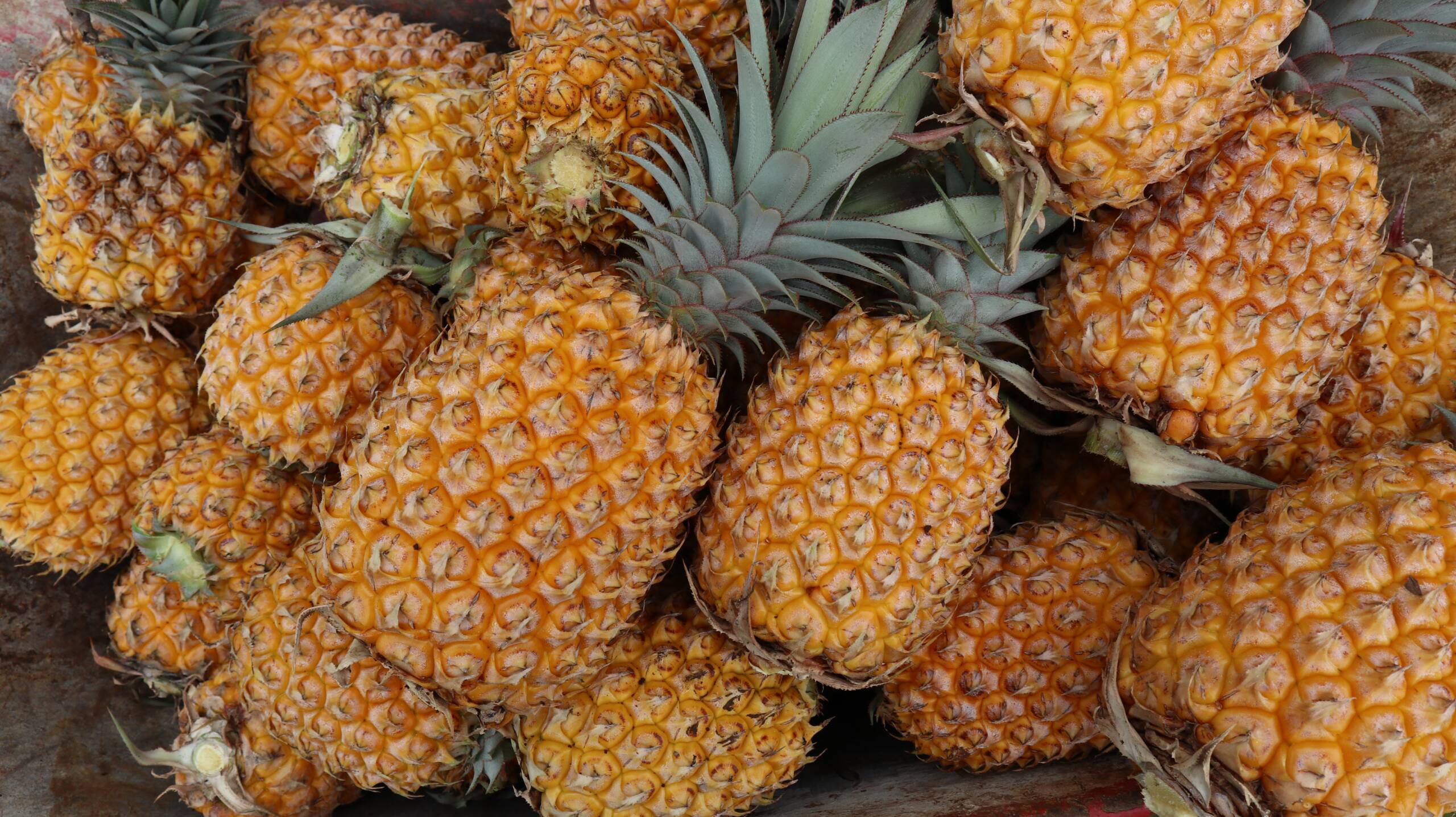
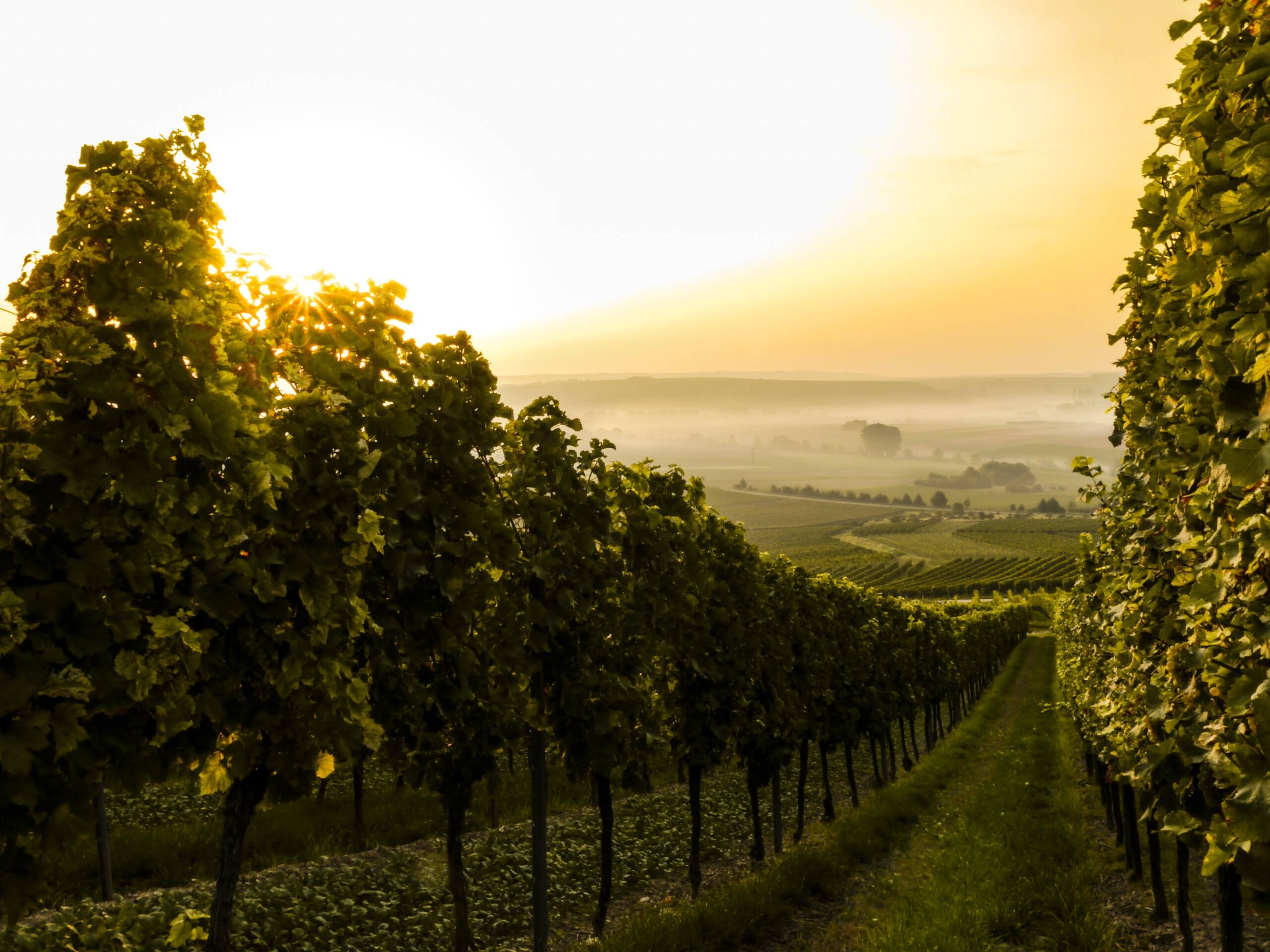
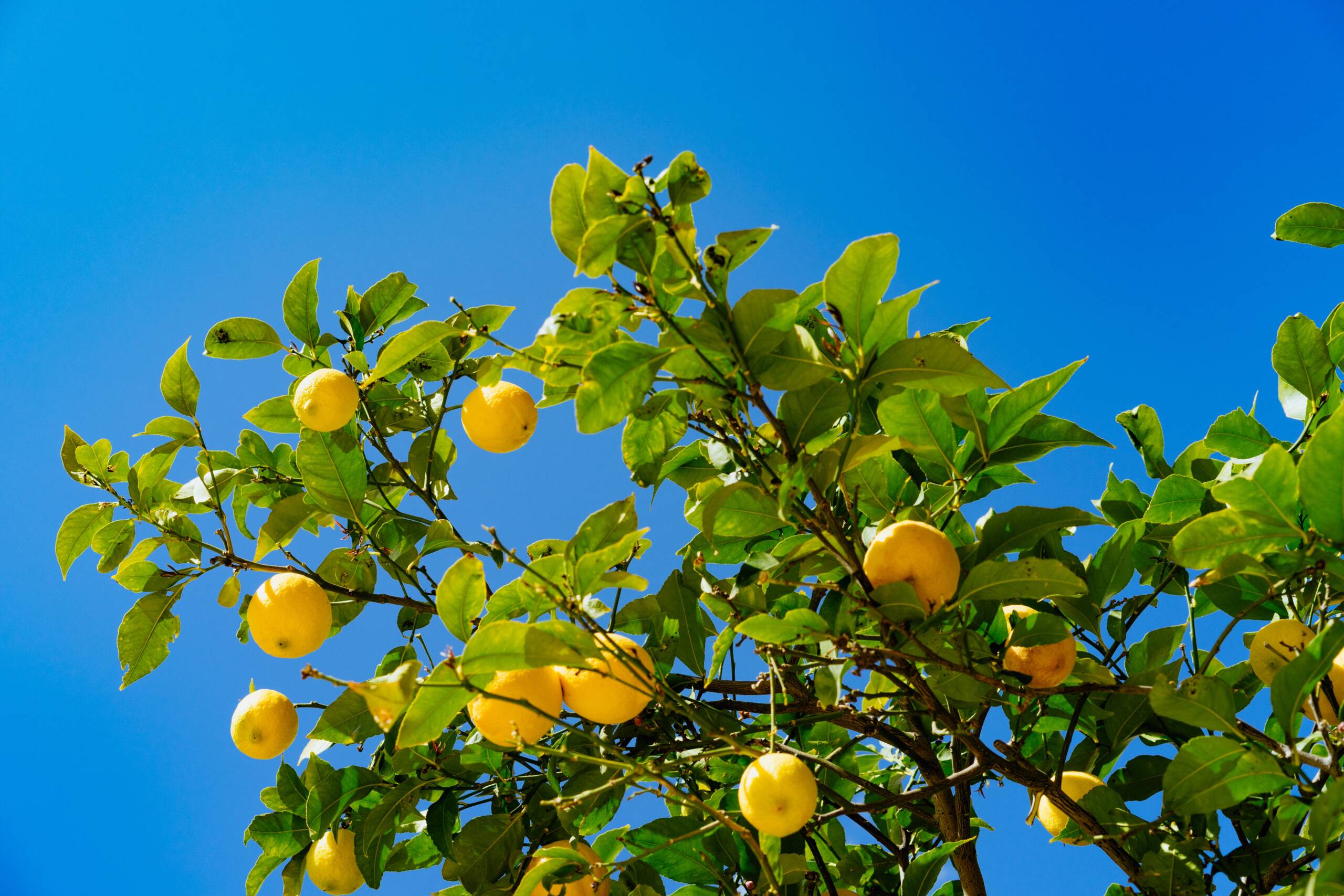

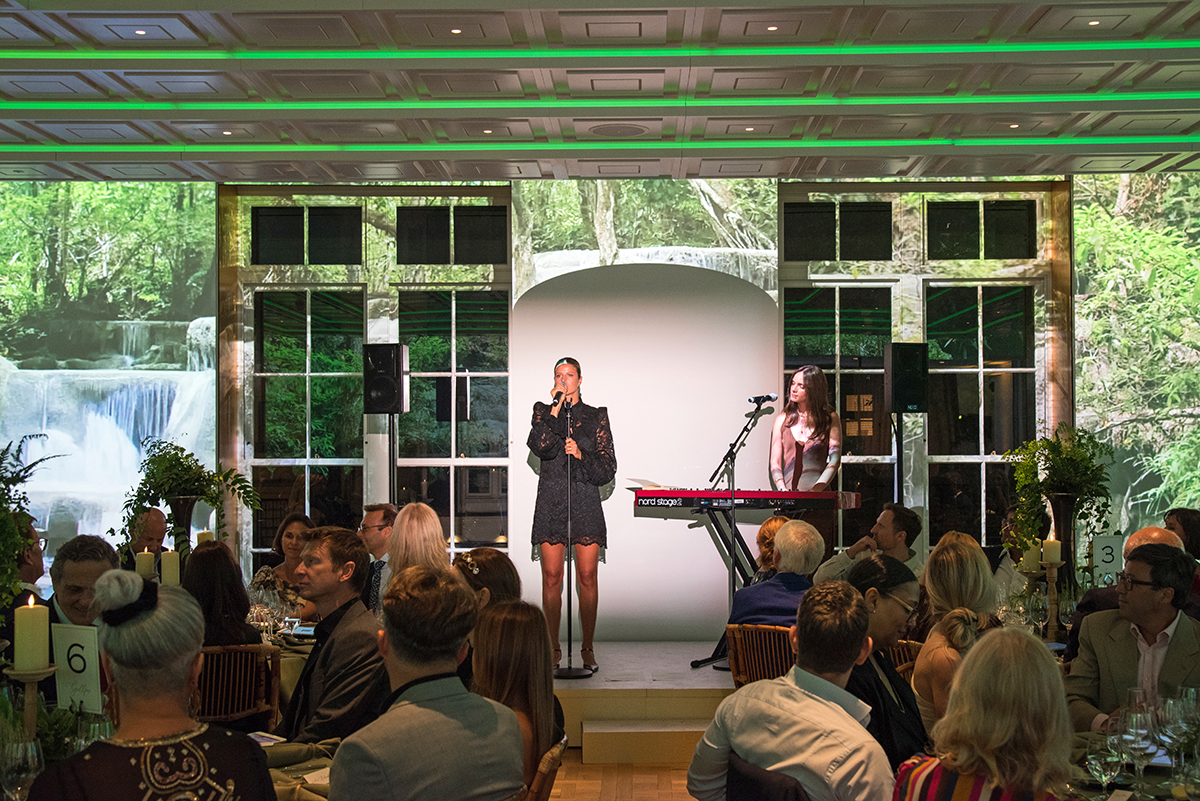
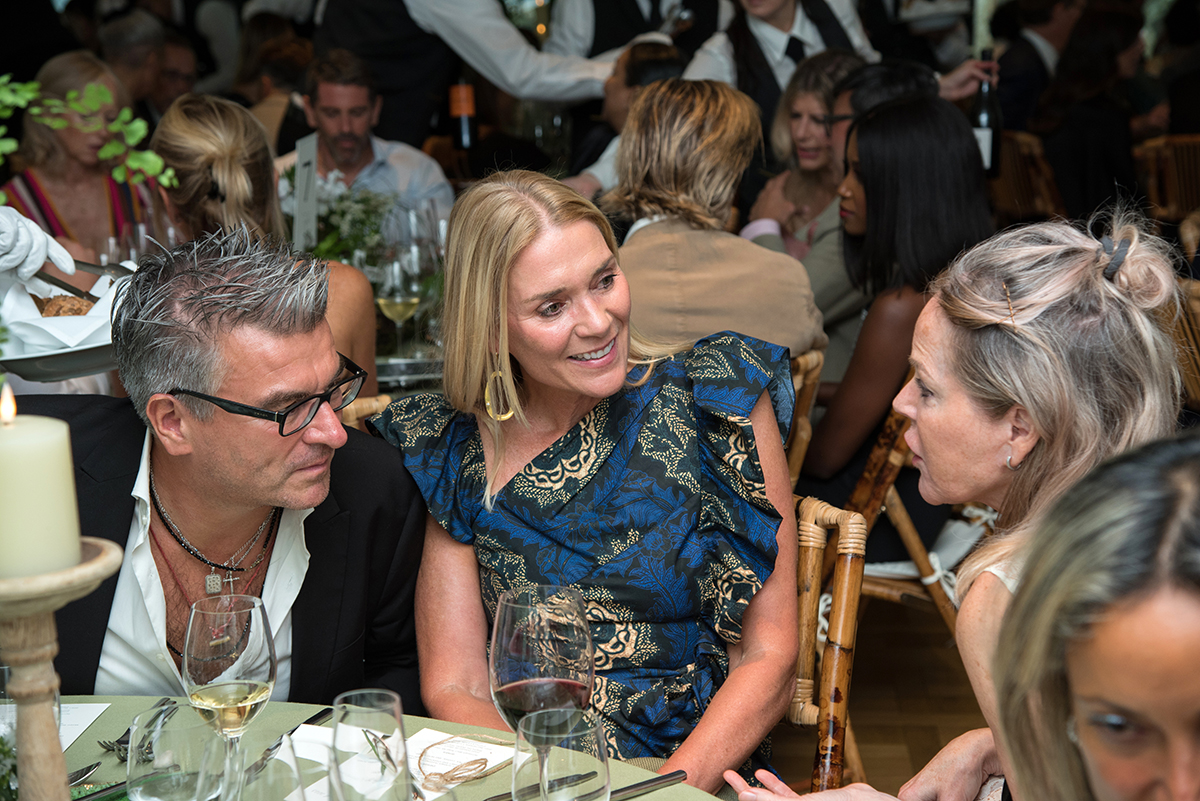
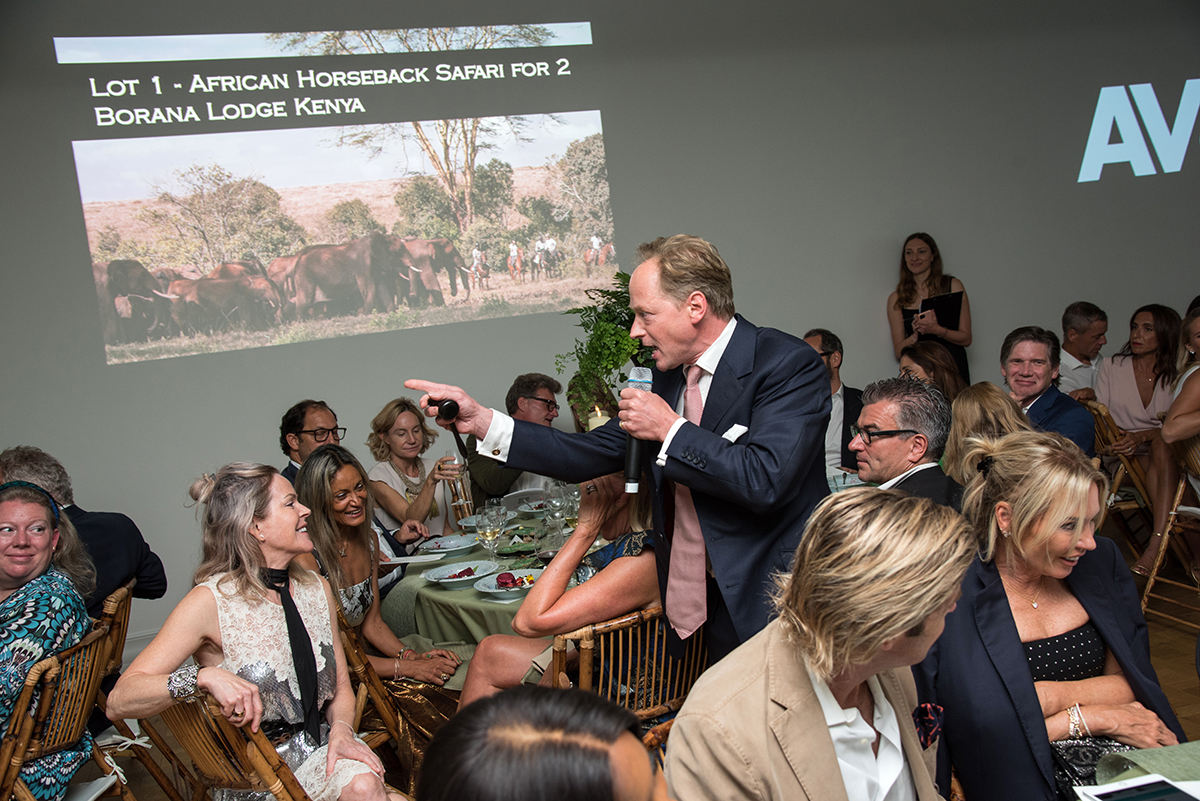
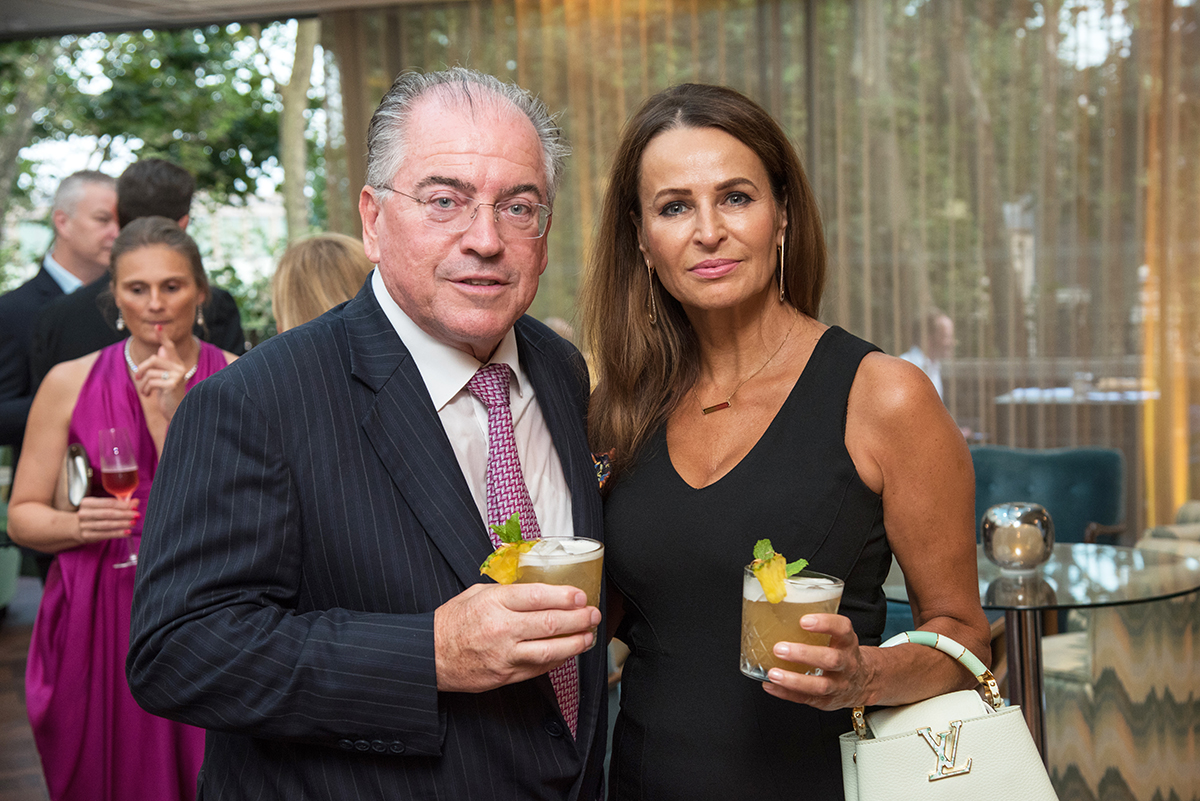
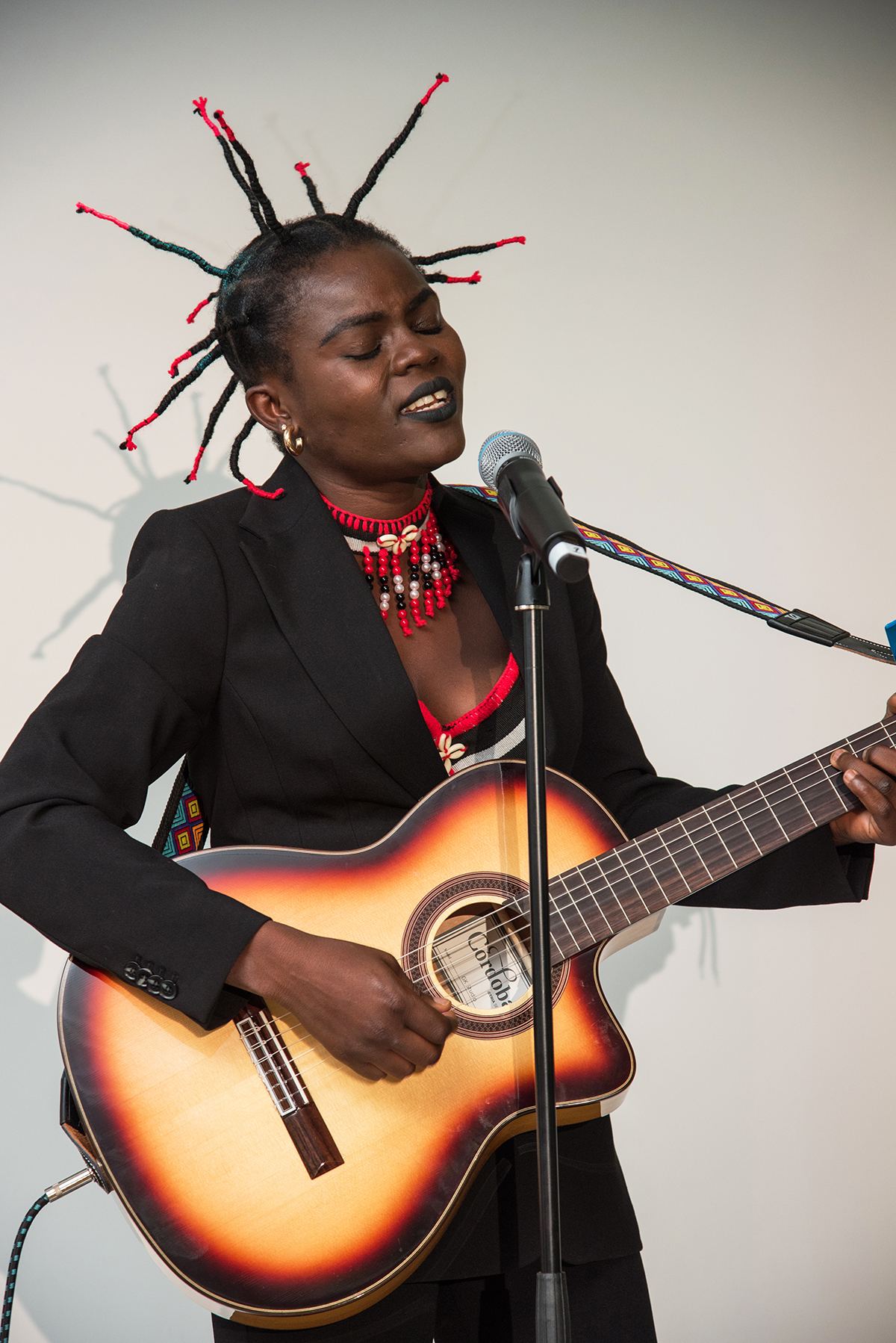
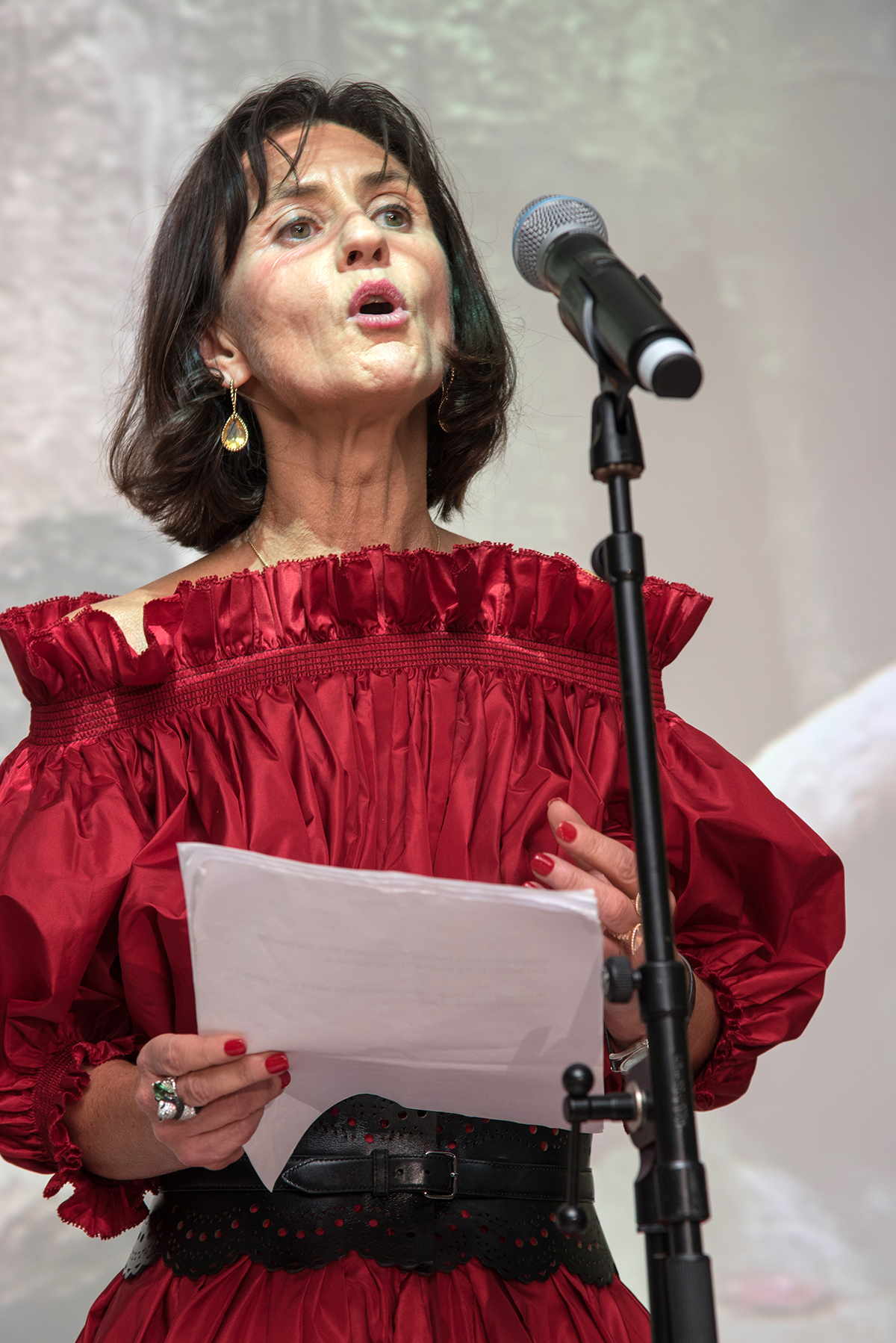
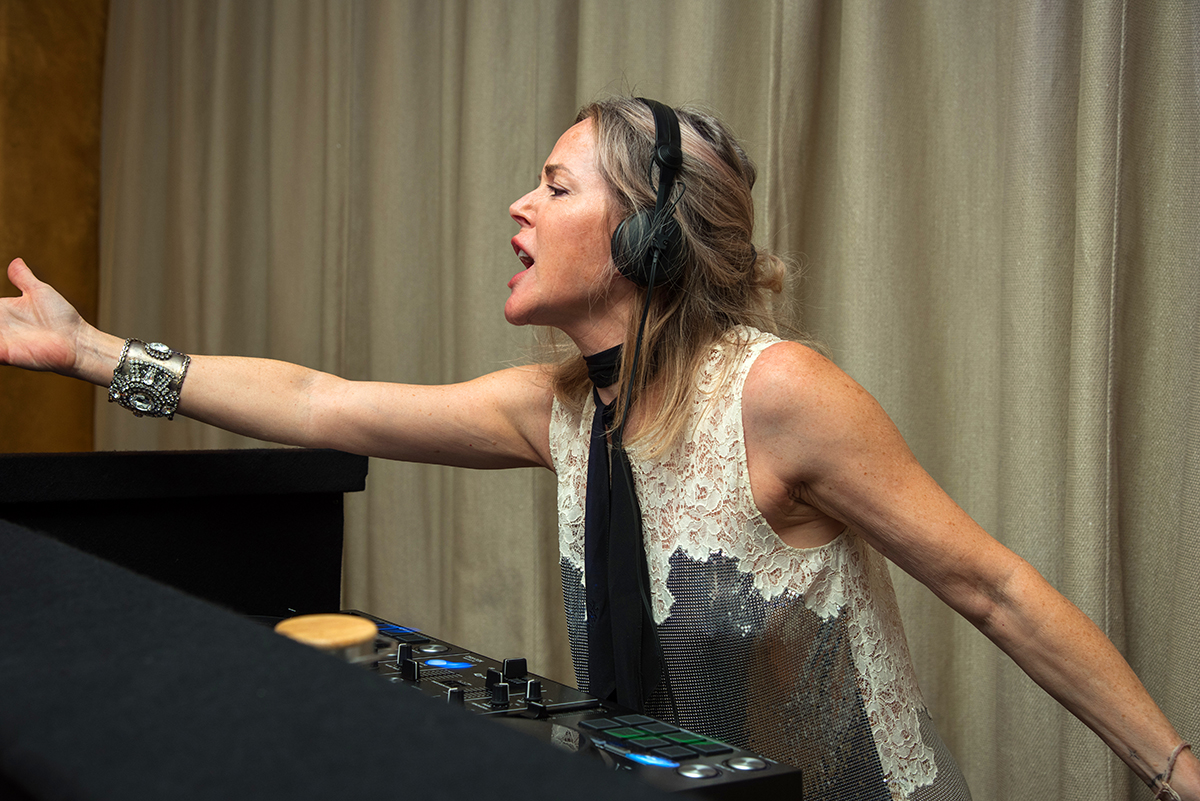
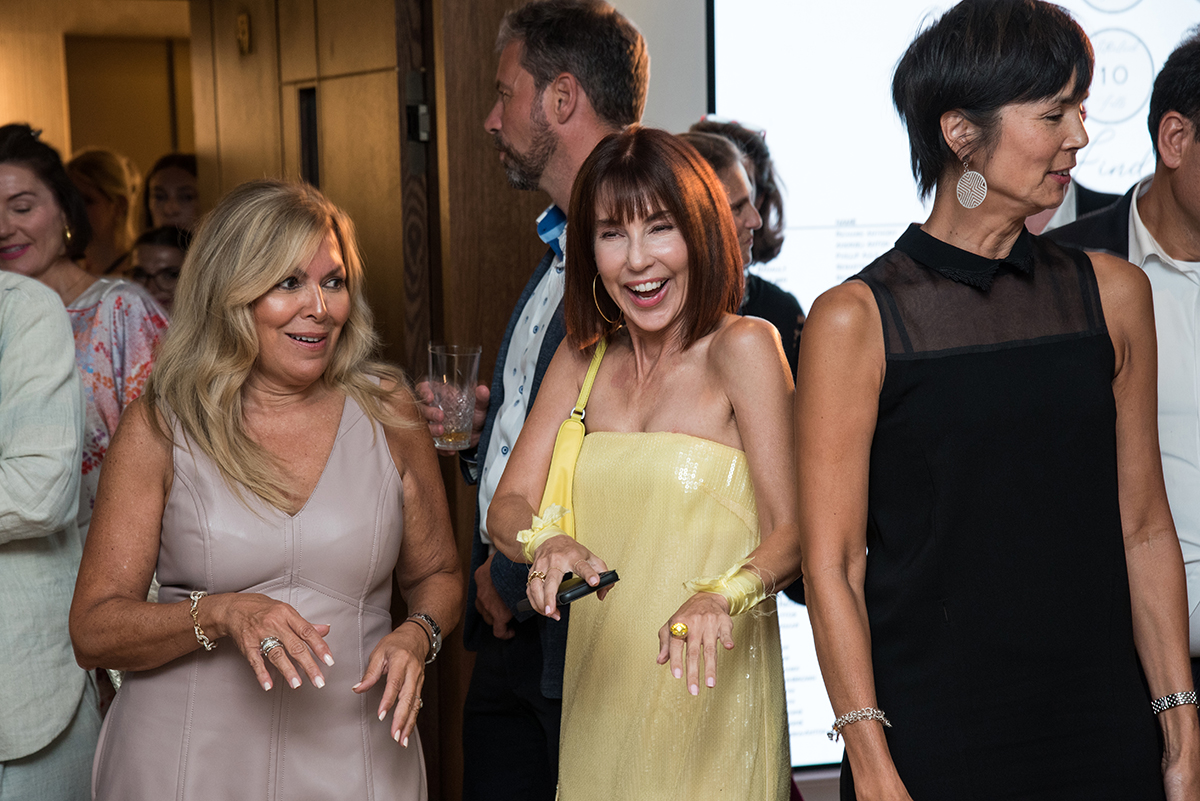
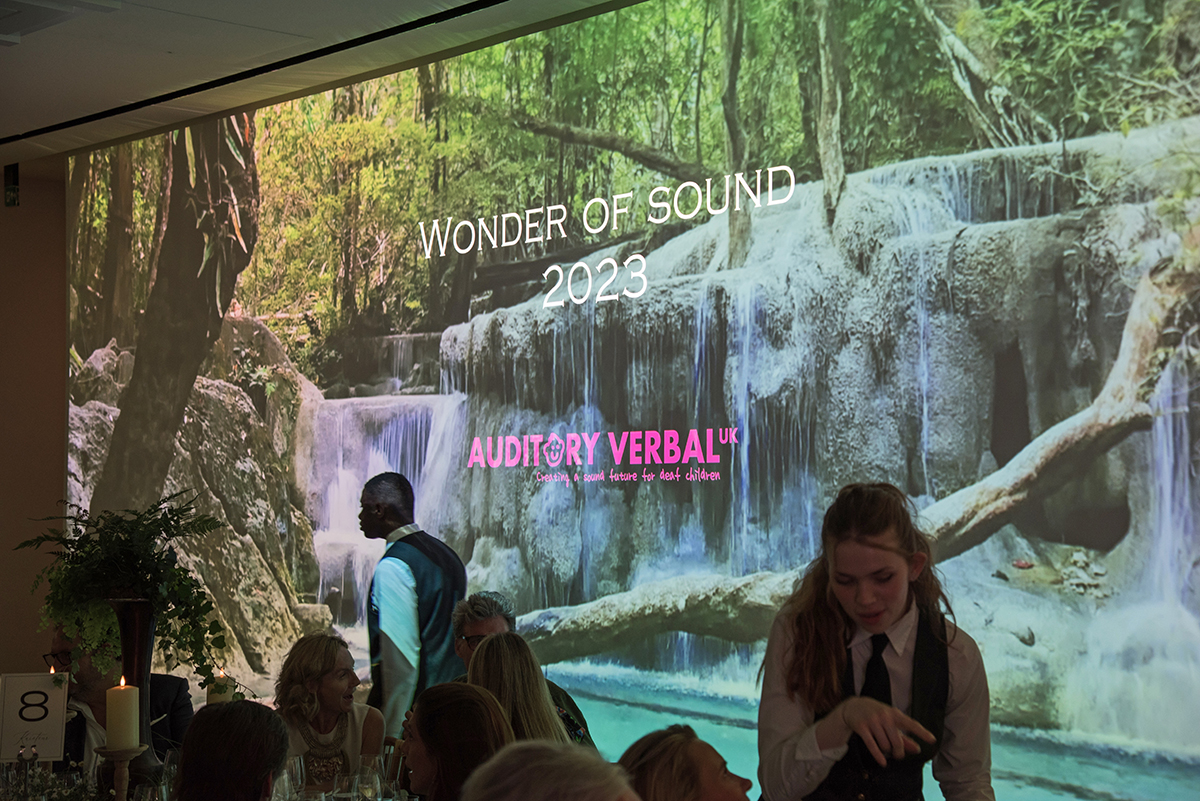

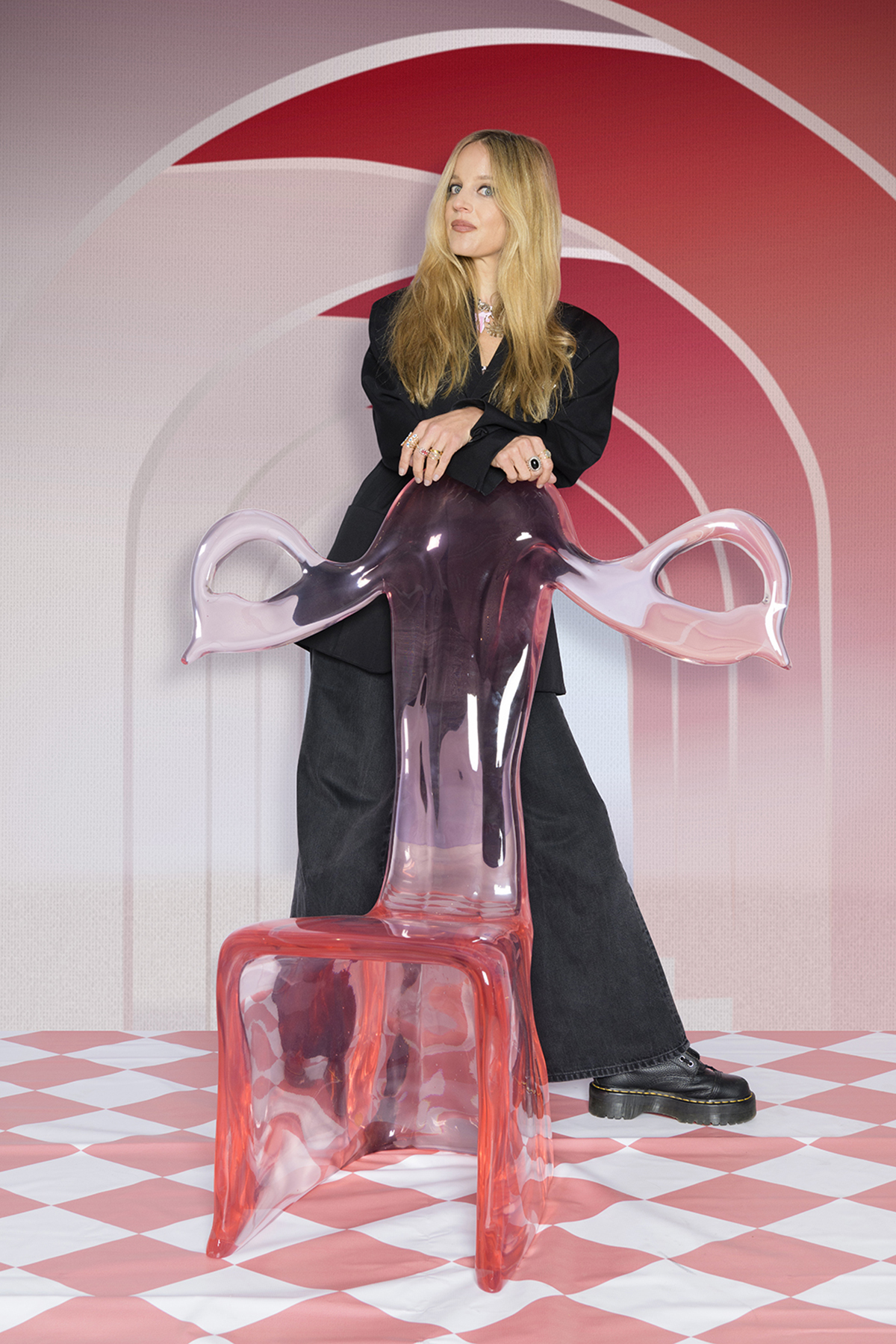 Filmmaker and artist Charlotte Colbert’s latest exhibition, “Dreamland Sirens,” is set to take over Fitzrovia Chapel in Pearson Square. The show curated by Simon de Pury, marks UTA Artist Space’s London debut under the leadership of Zuzanna Ciolek
Filmmaker and artist Charlotte Colbert’s latest exhibition, “Dreamland Sirens,” is set to take over Fitzrovia Chapel in Pearson Square. The show curated by Simon de Pury, marks UTA Artist Space’s London debut under the leadership of Zuzanna Ciolek
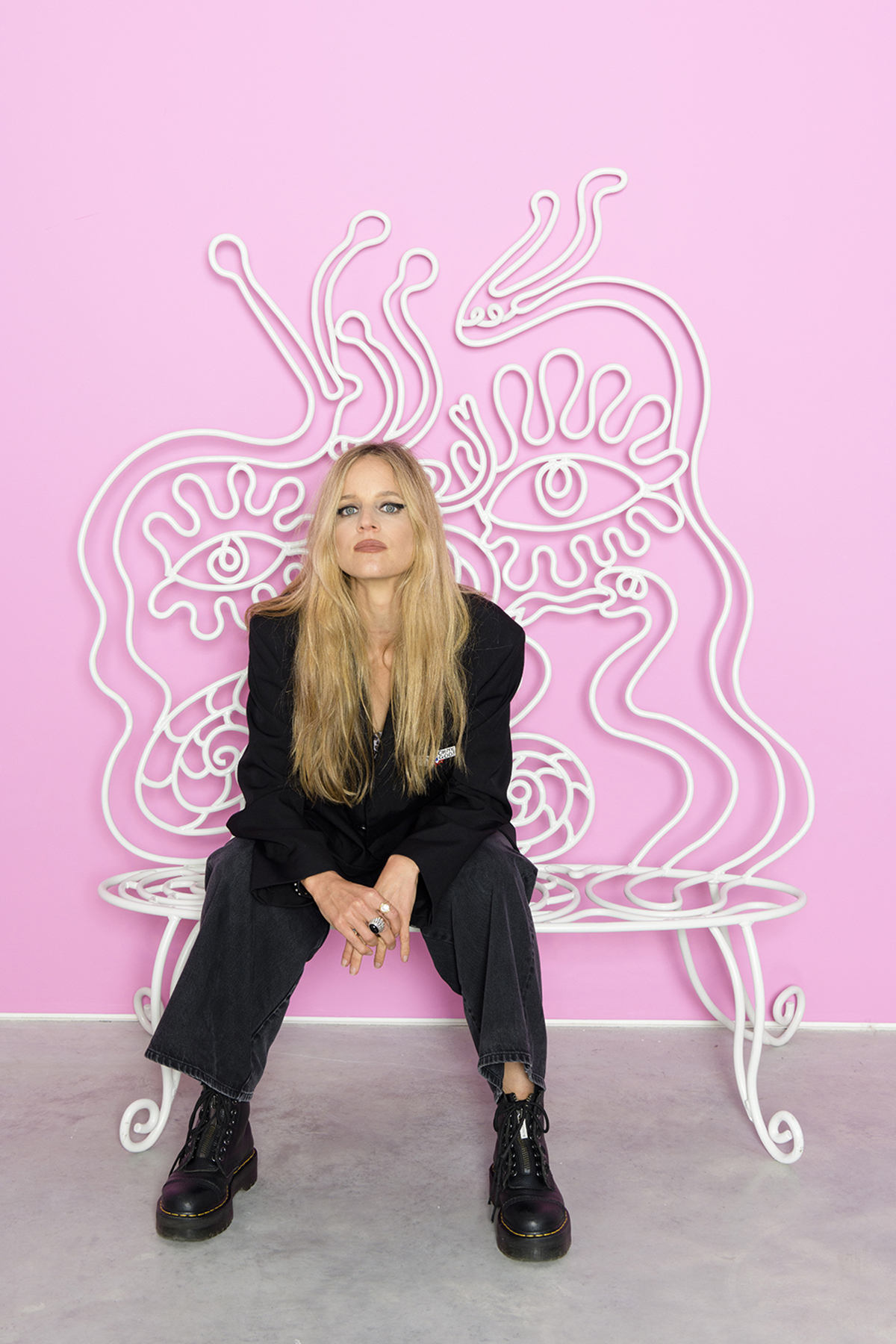
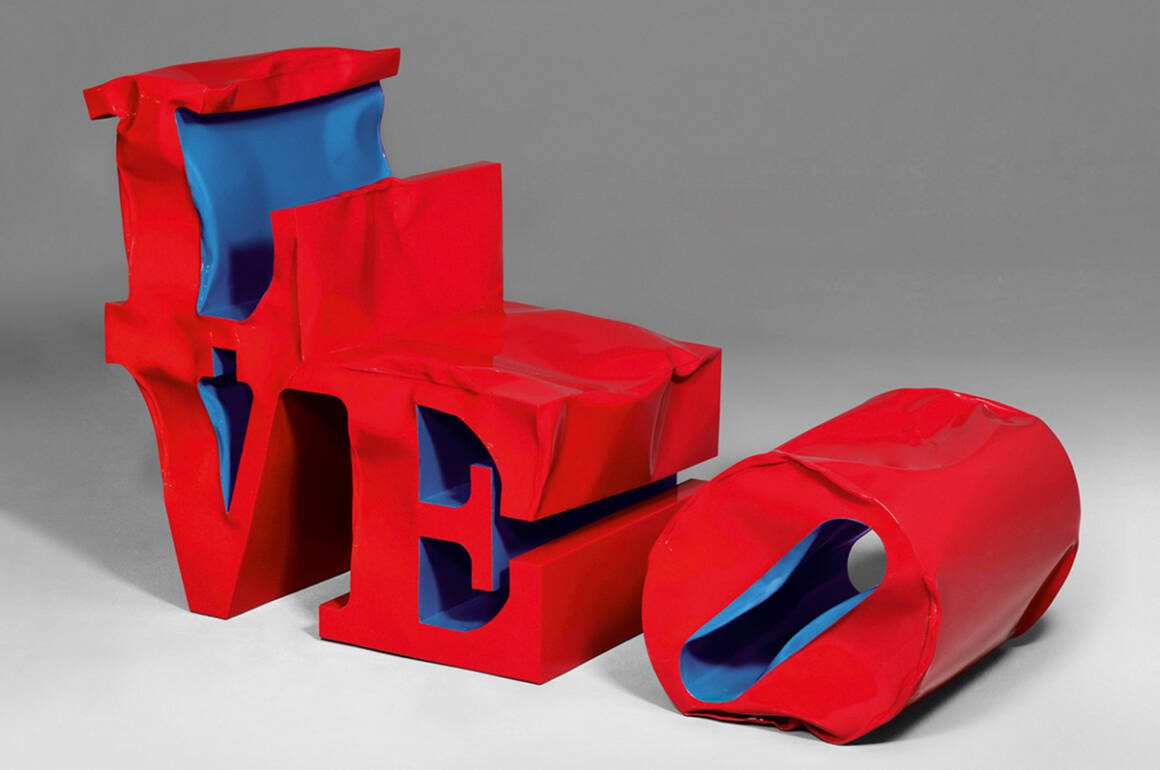
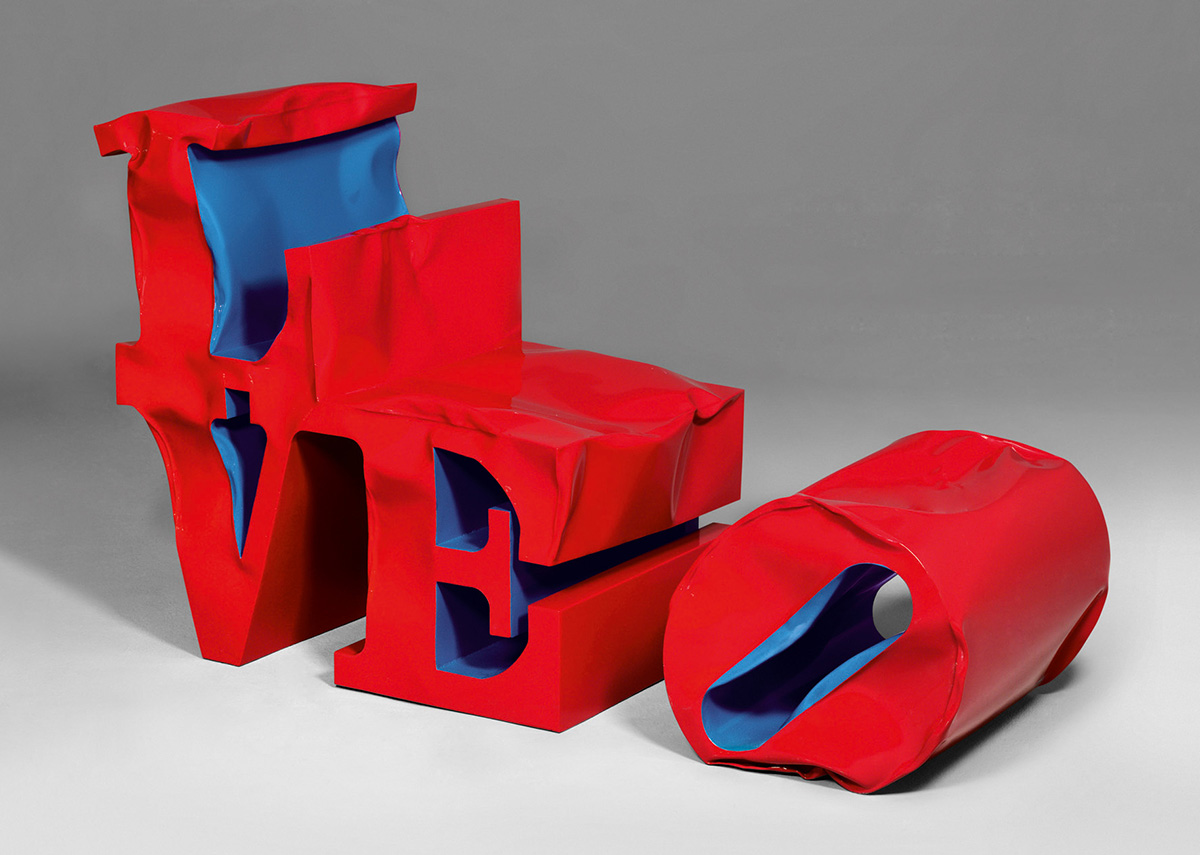
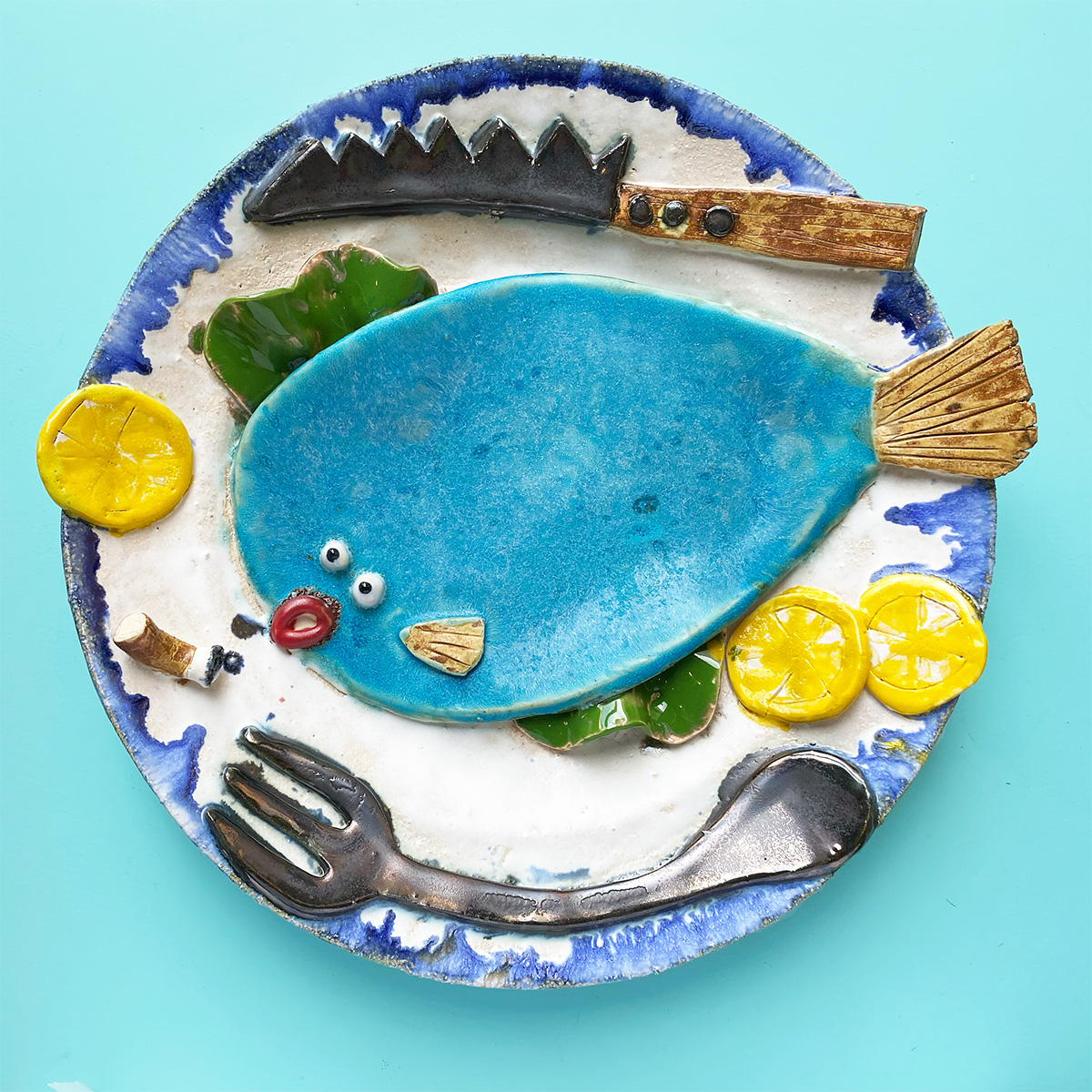
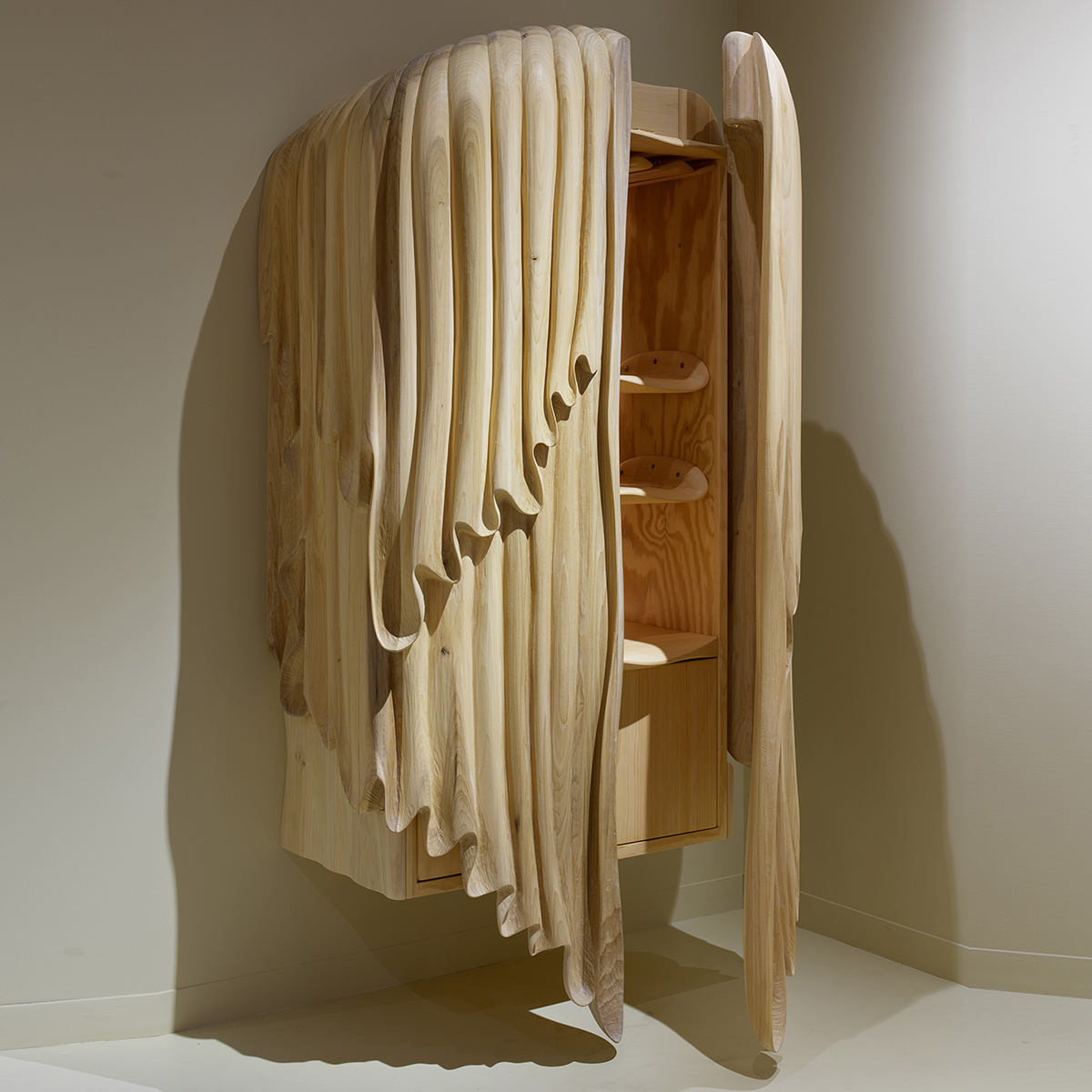
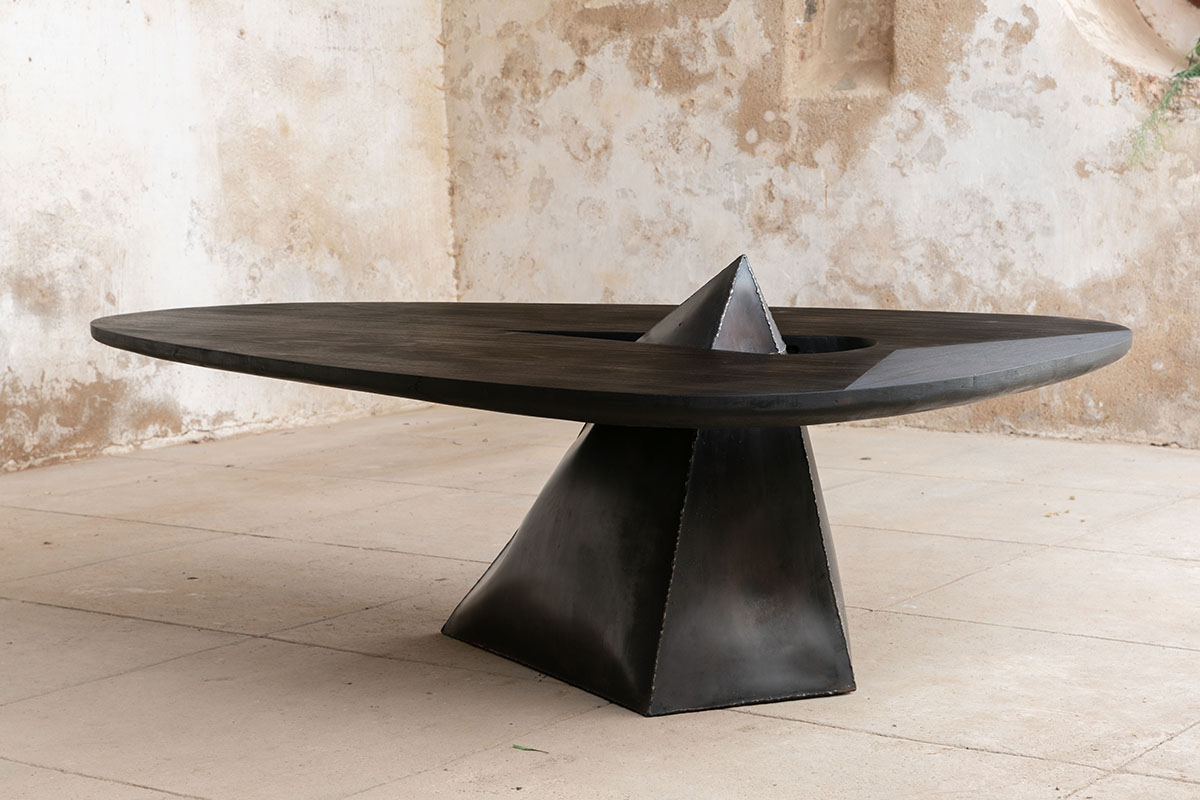

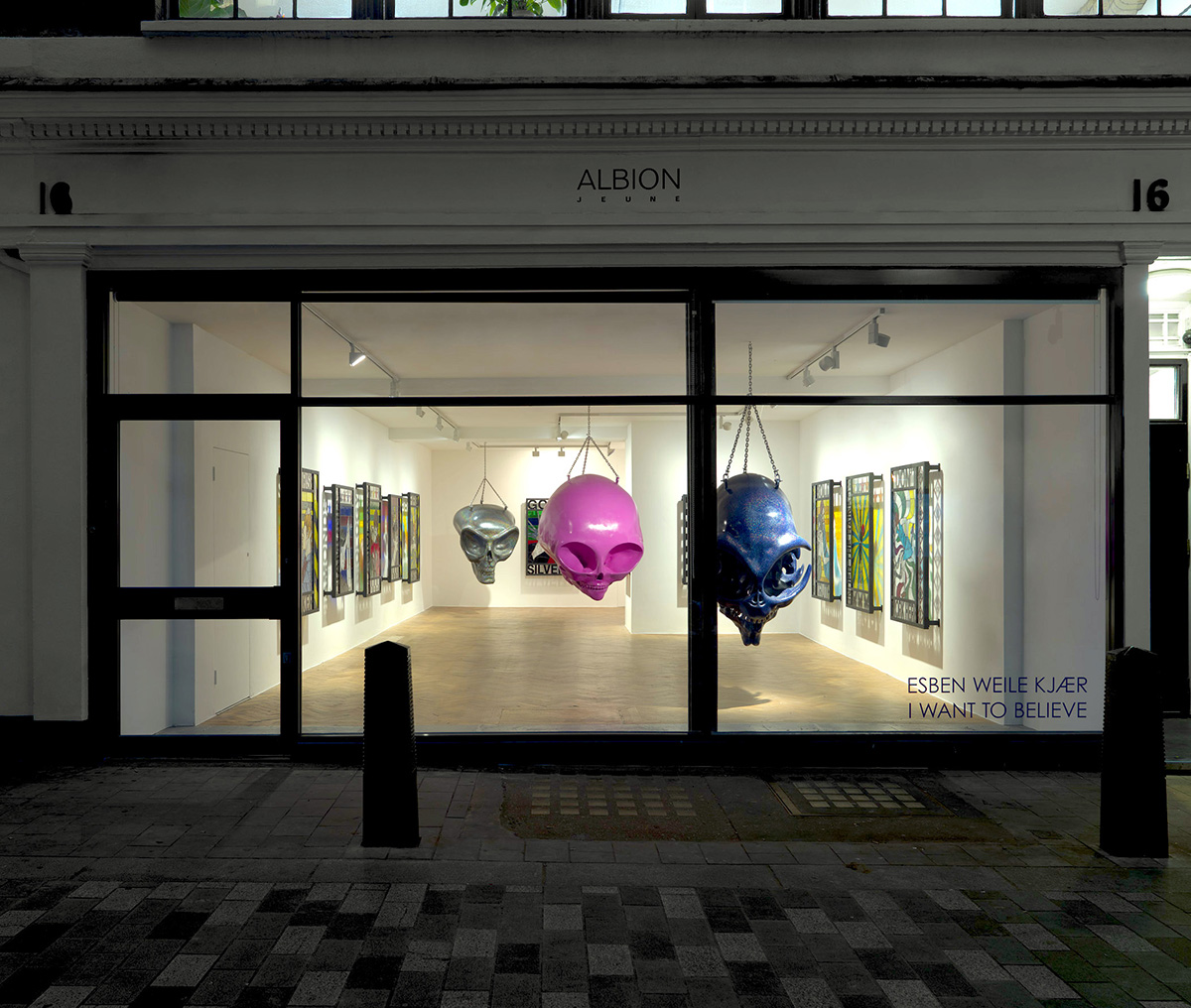
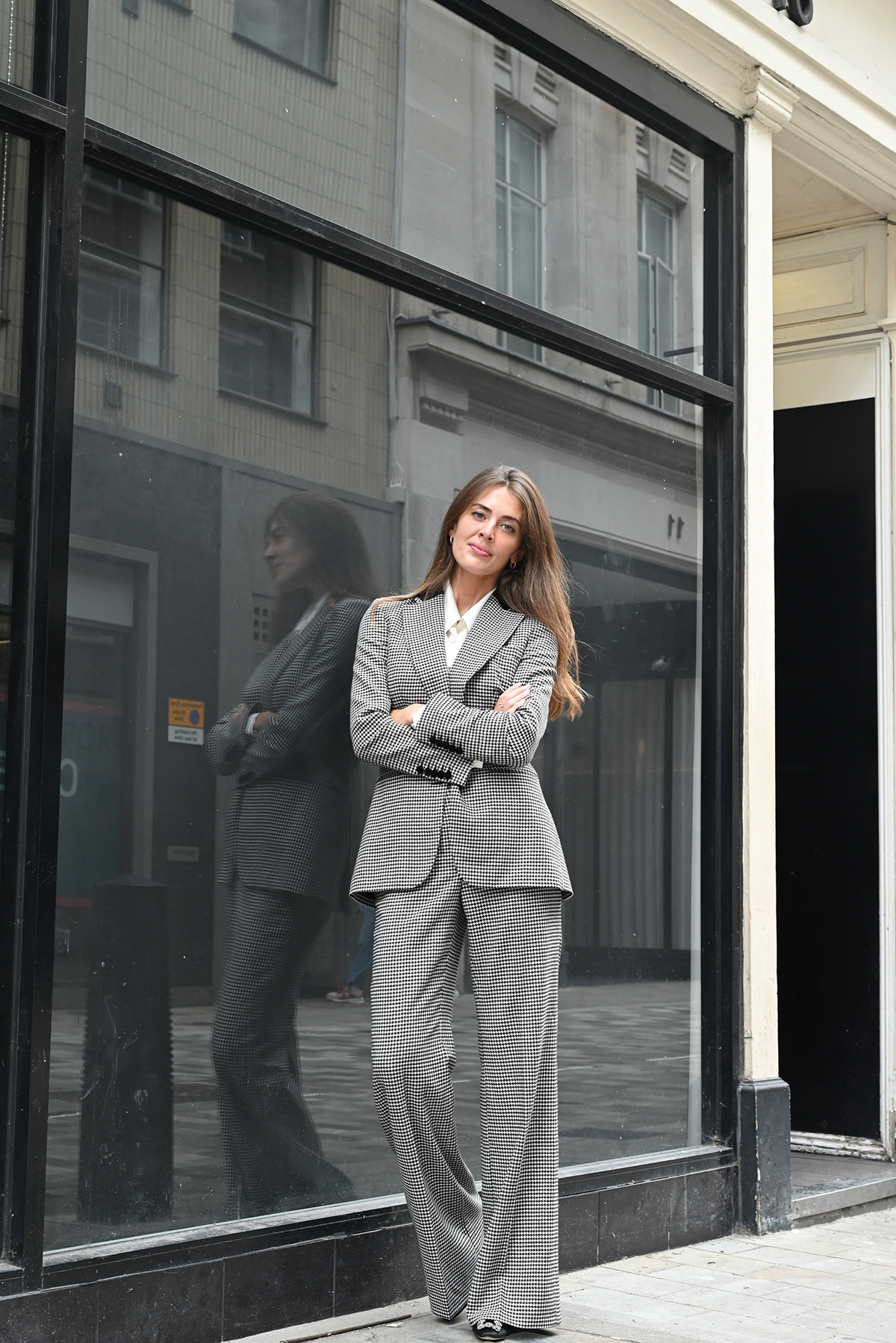
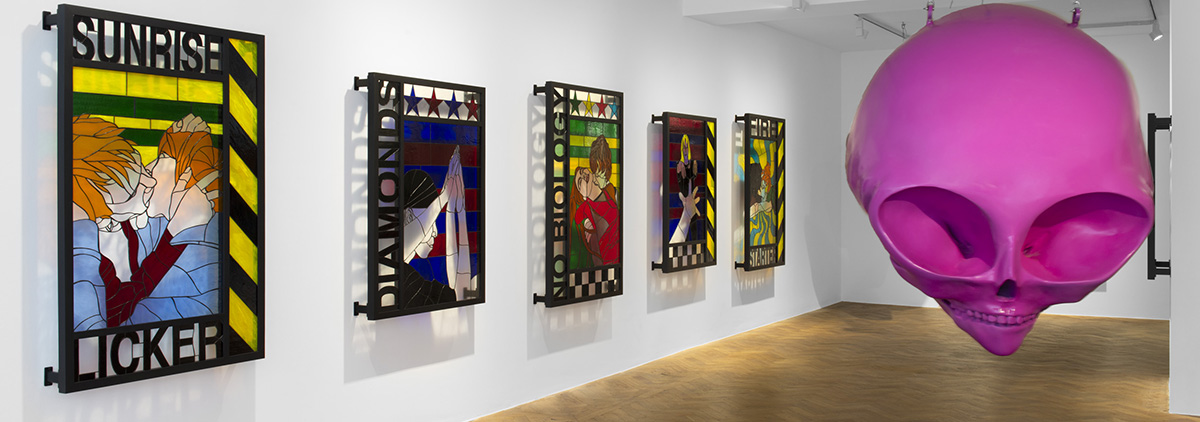
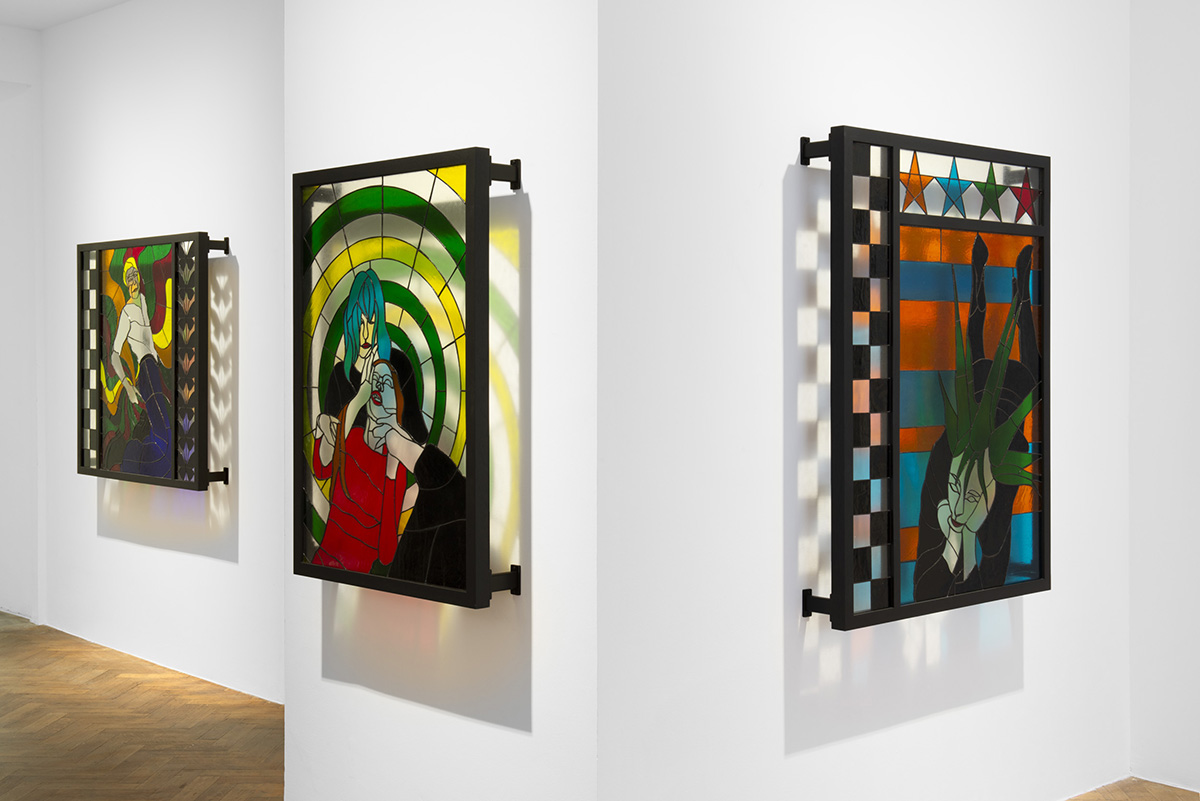
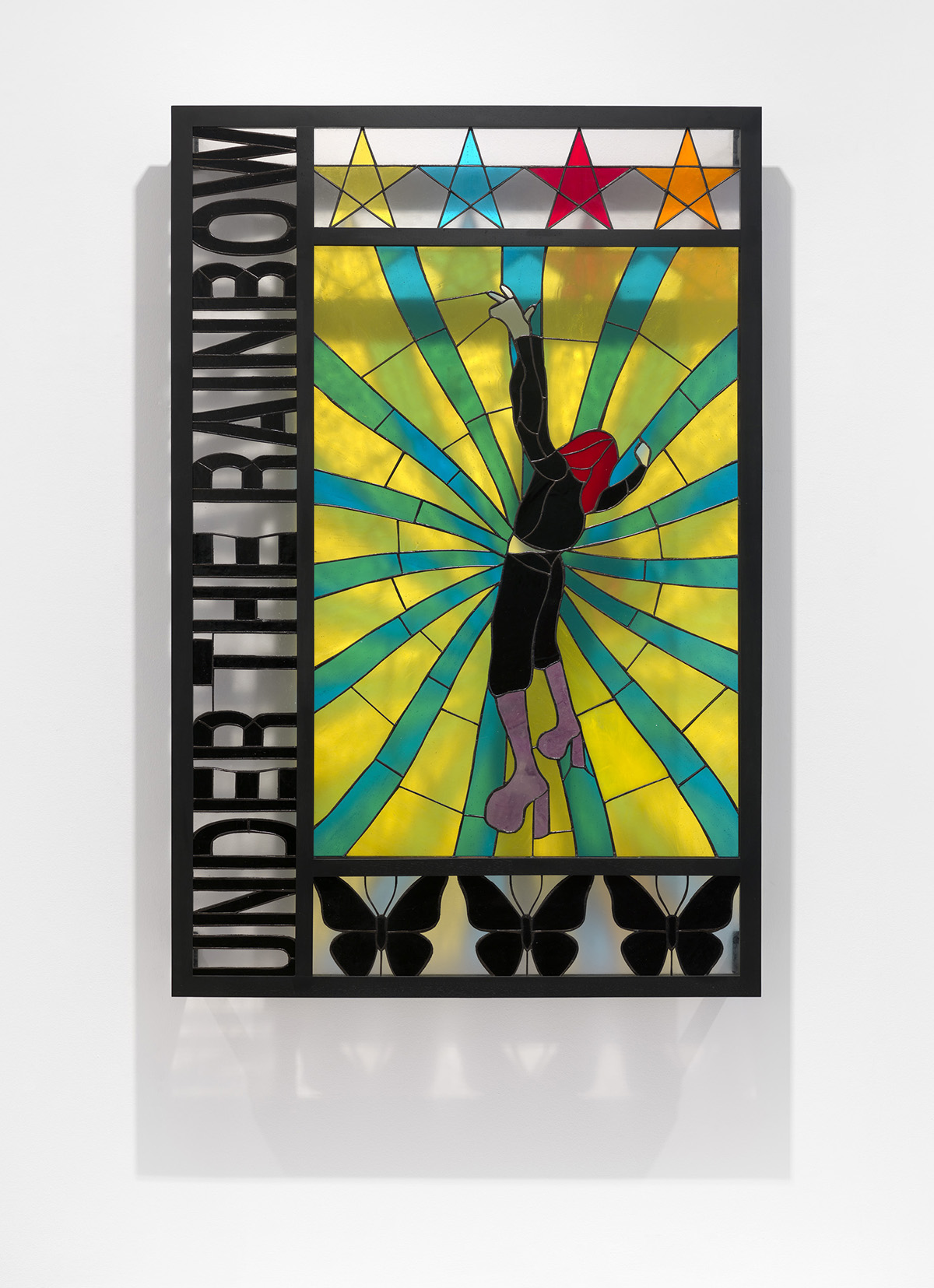
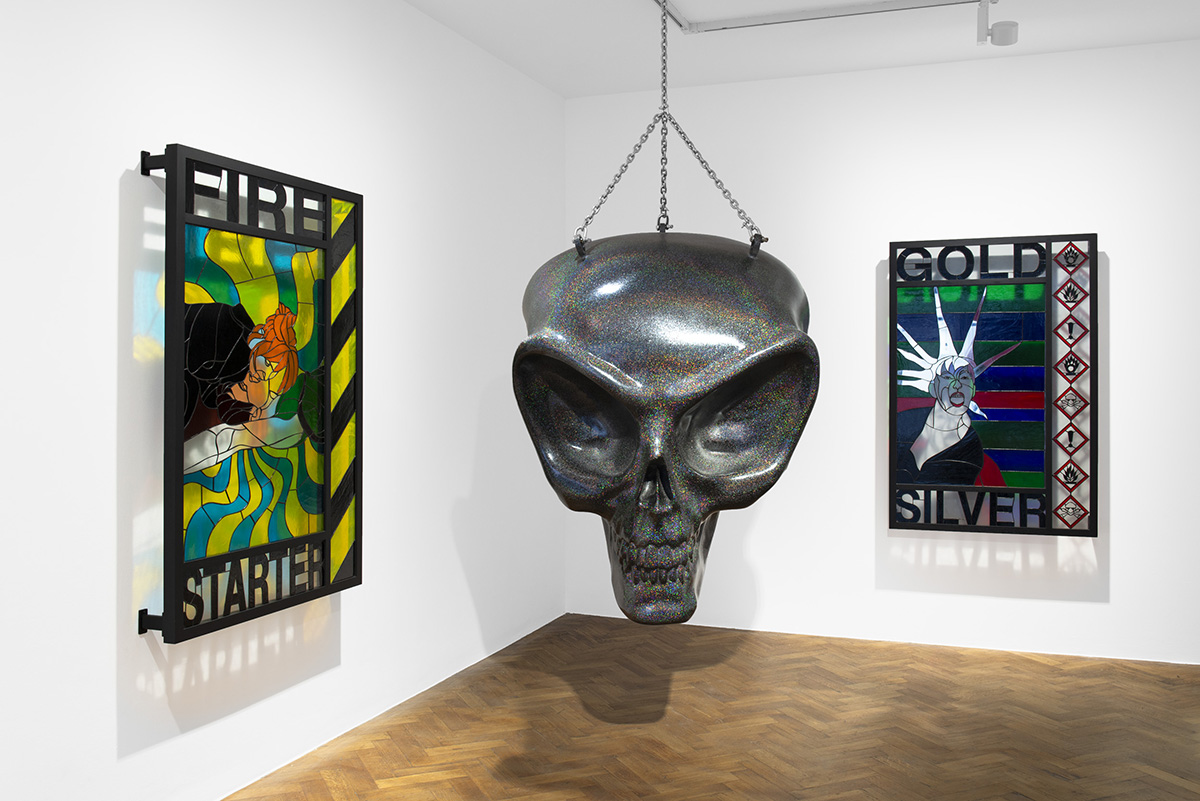
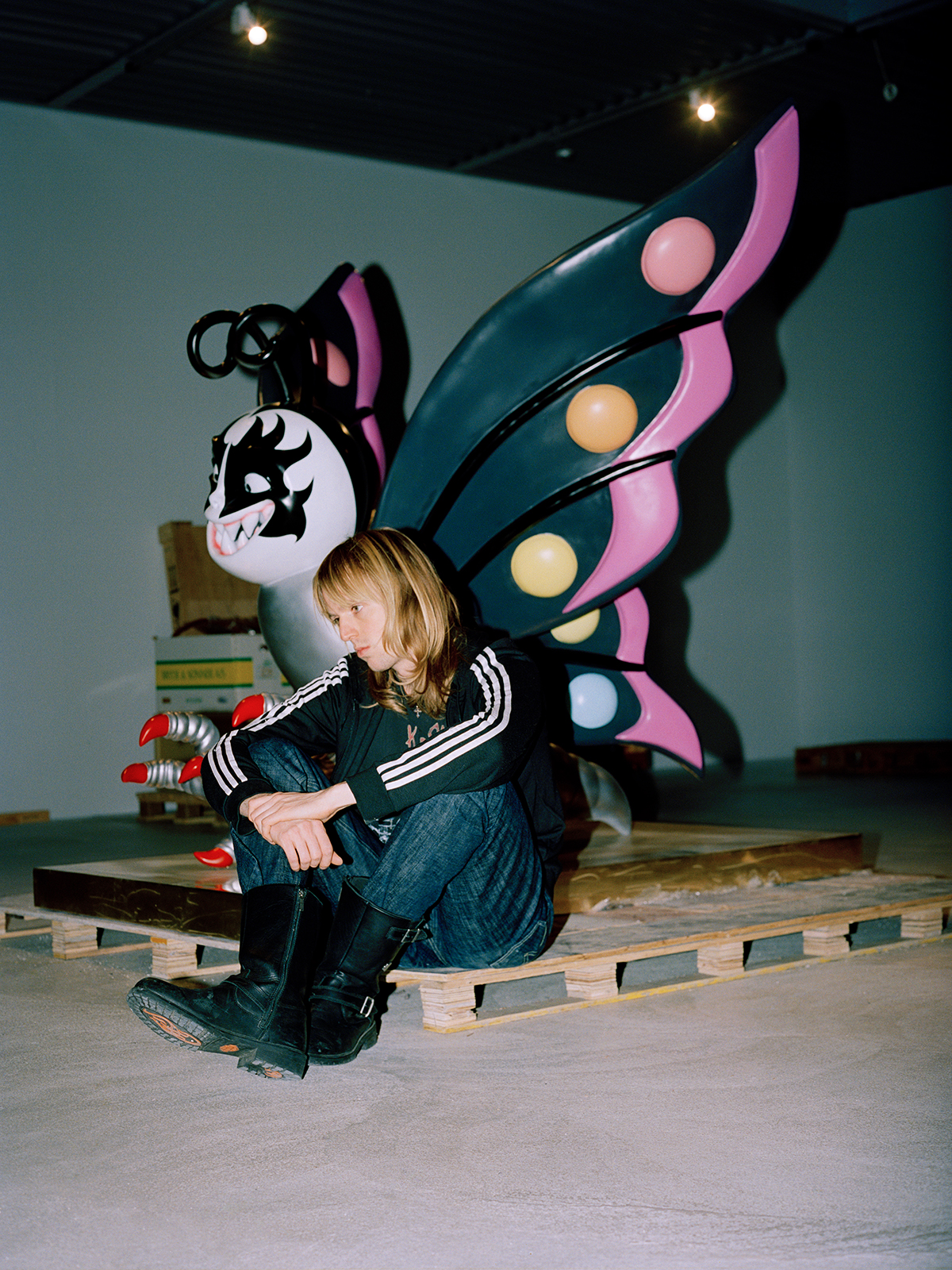
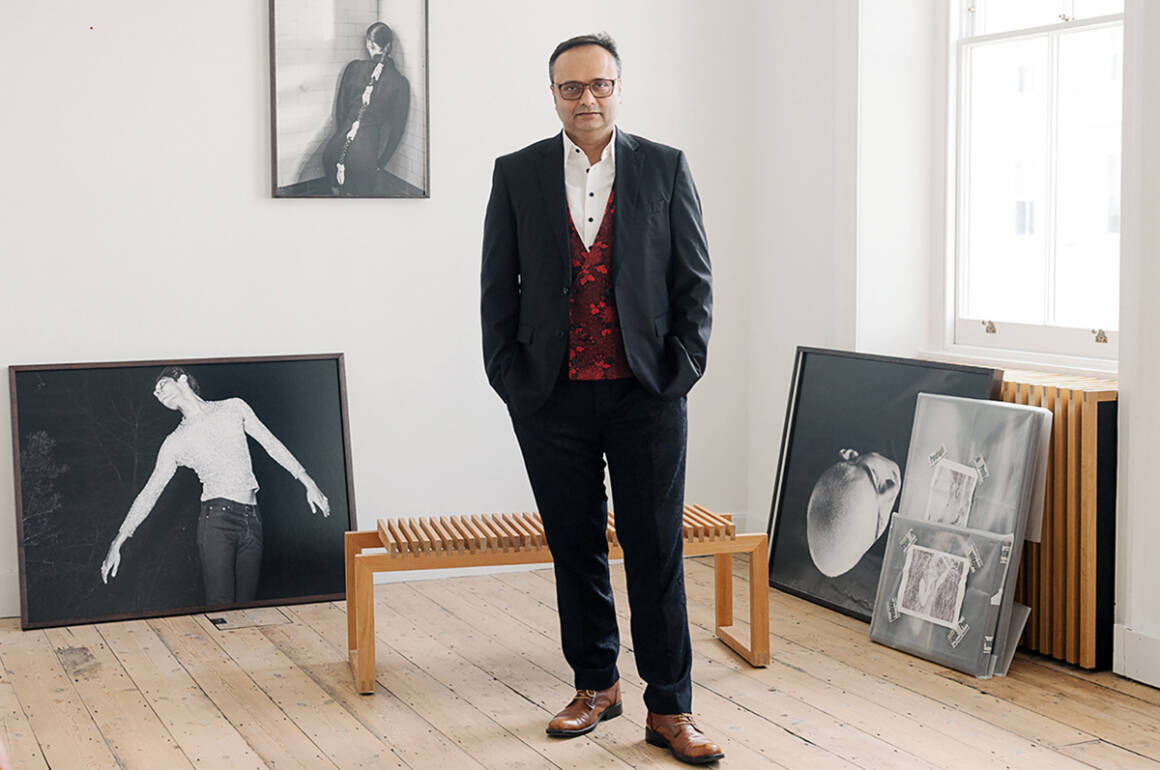
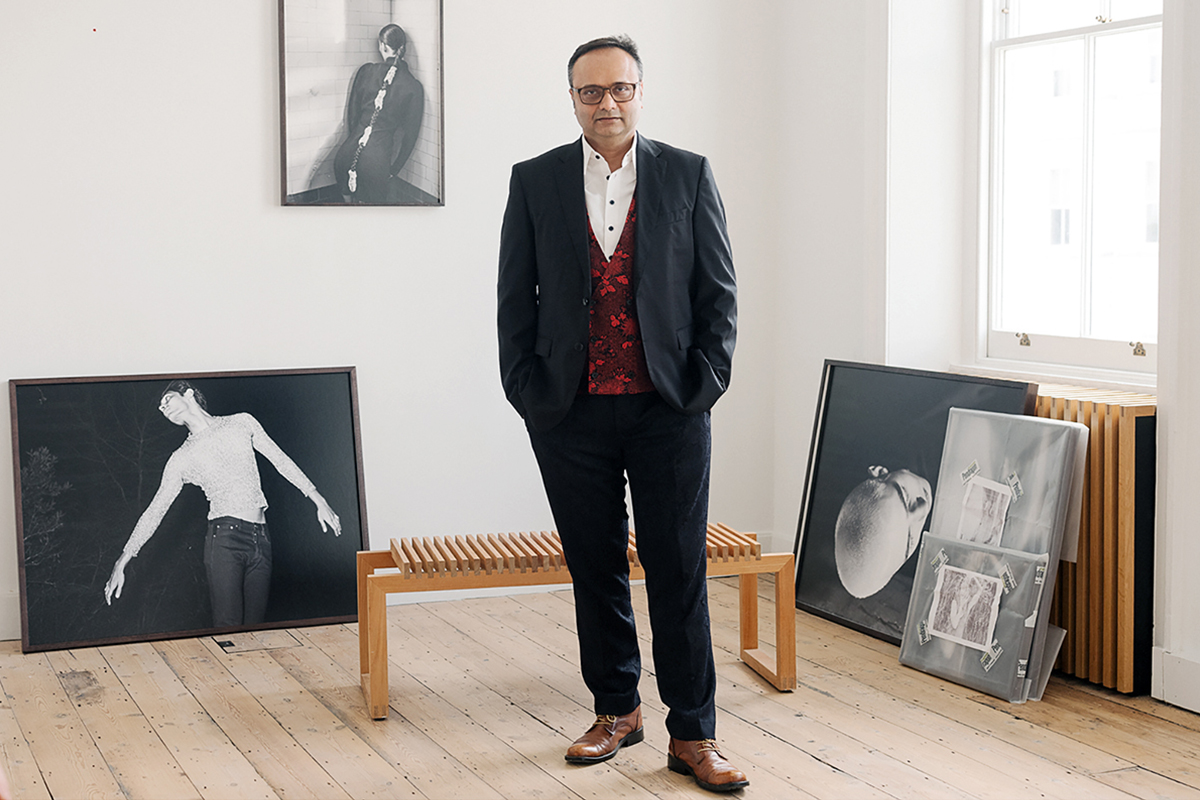
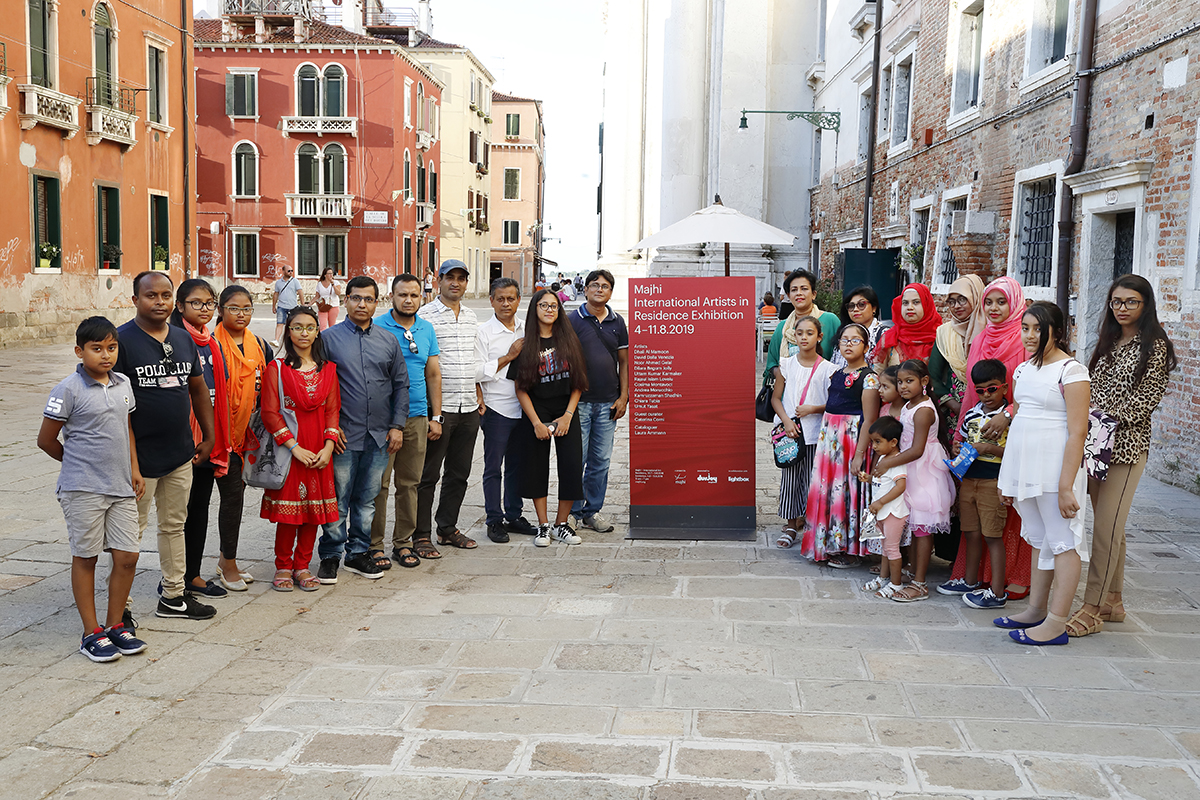
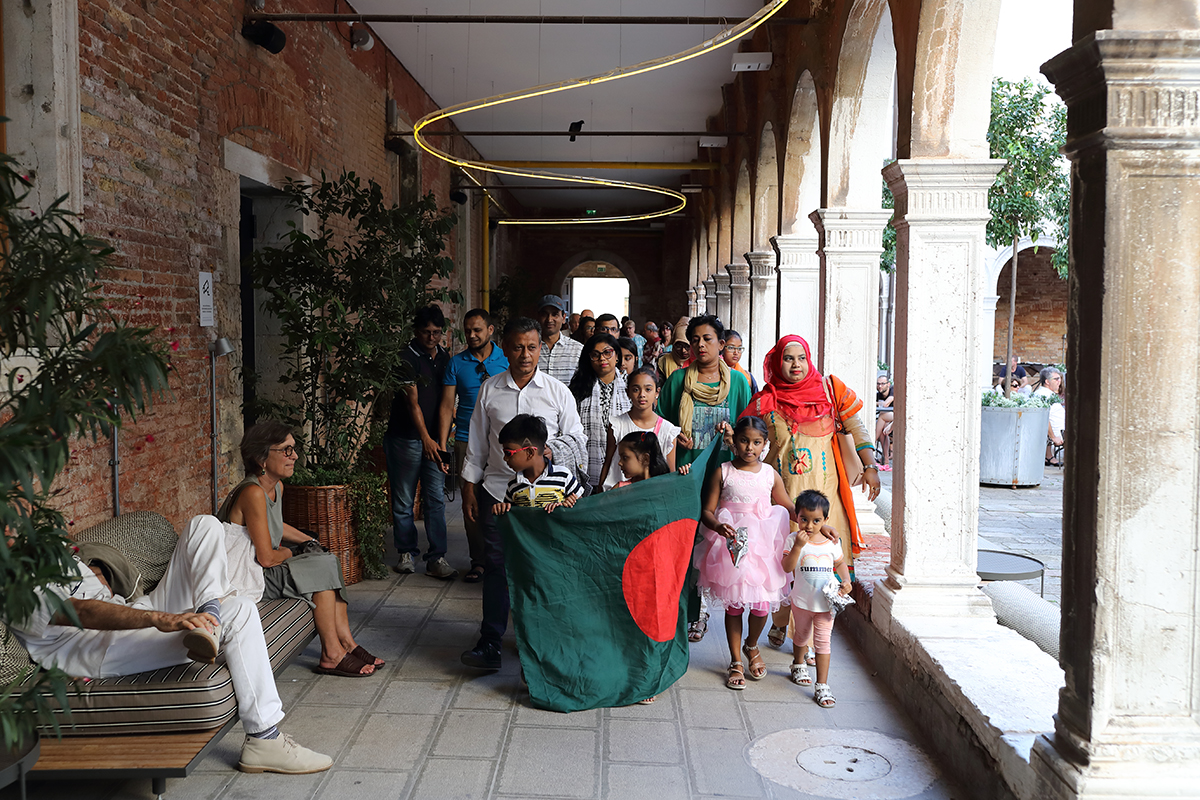
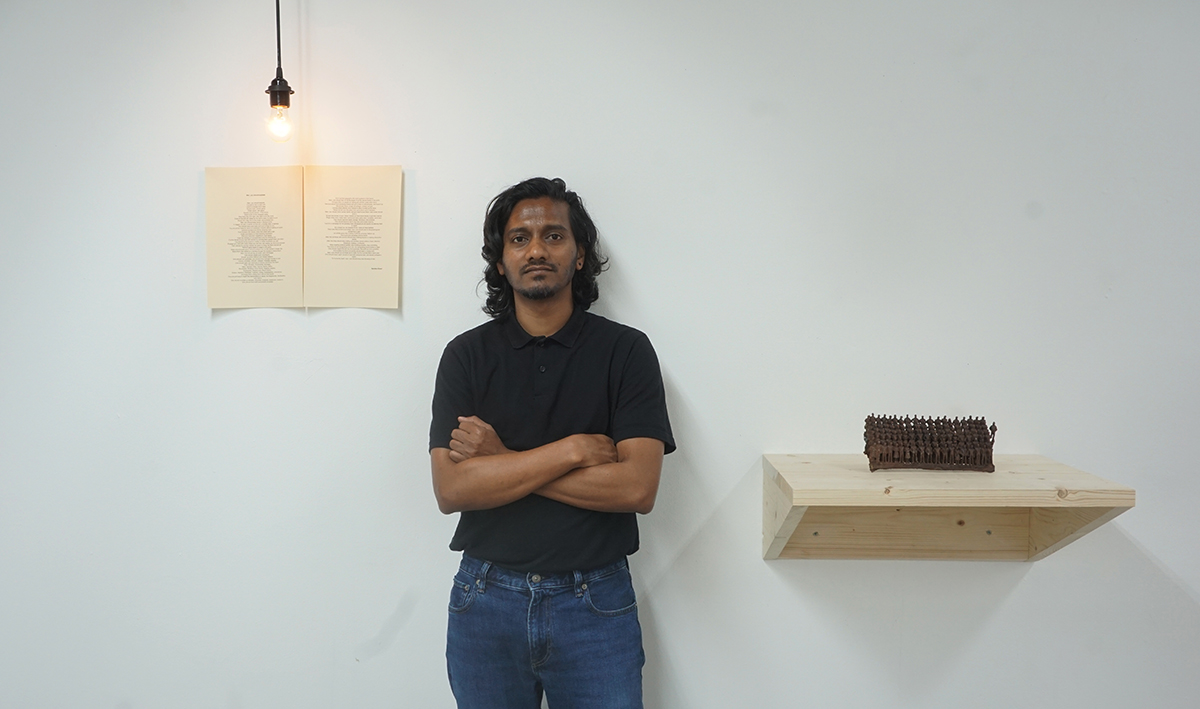

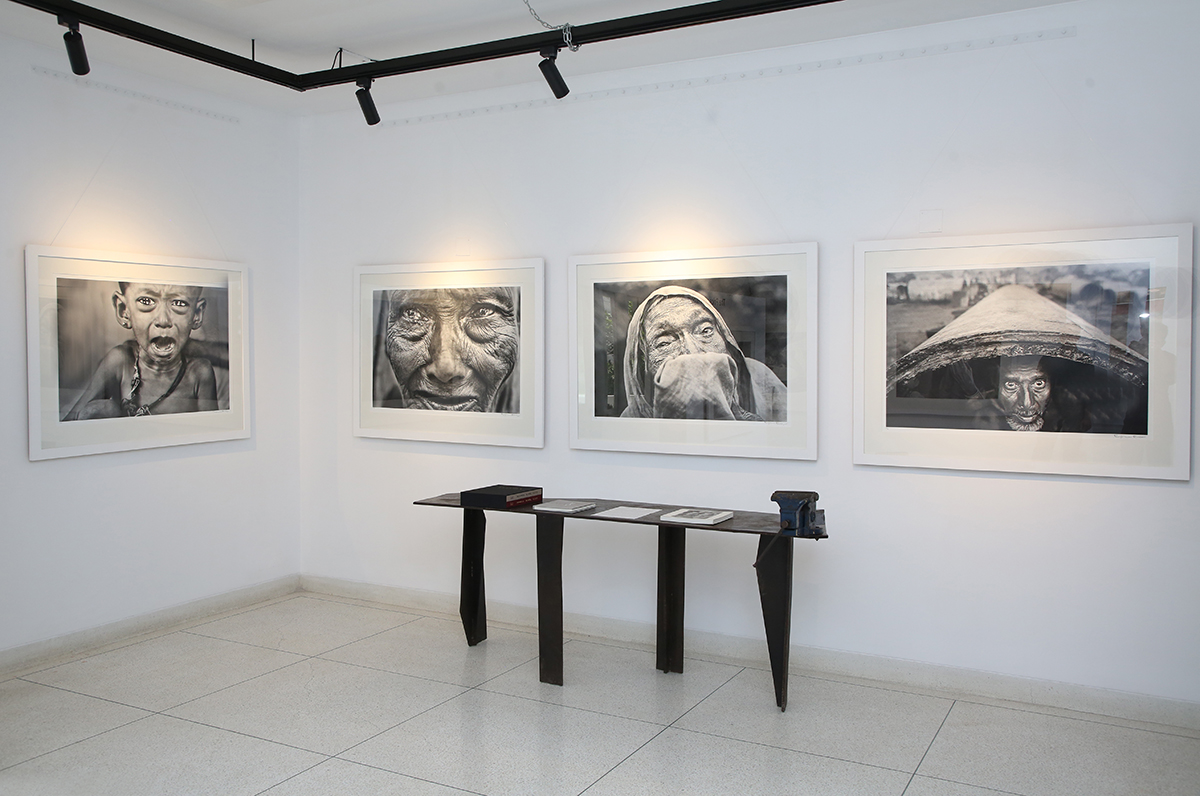
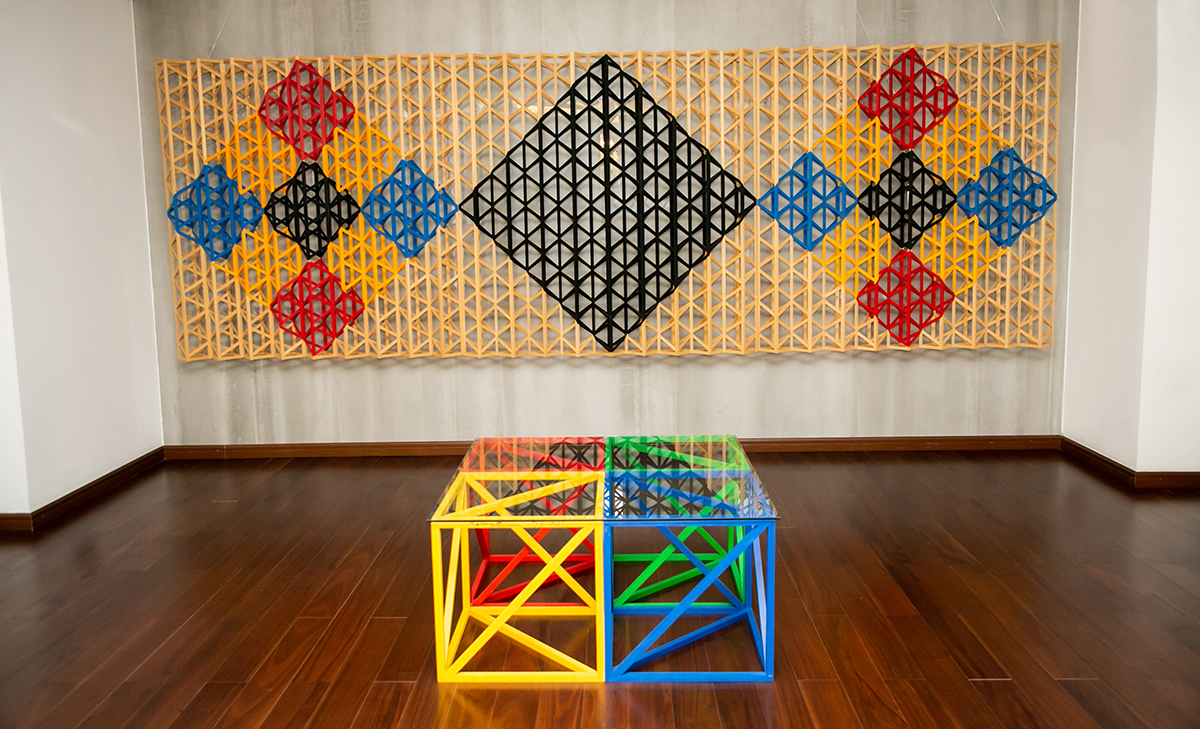
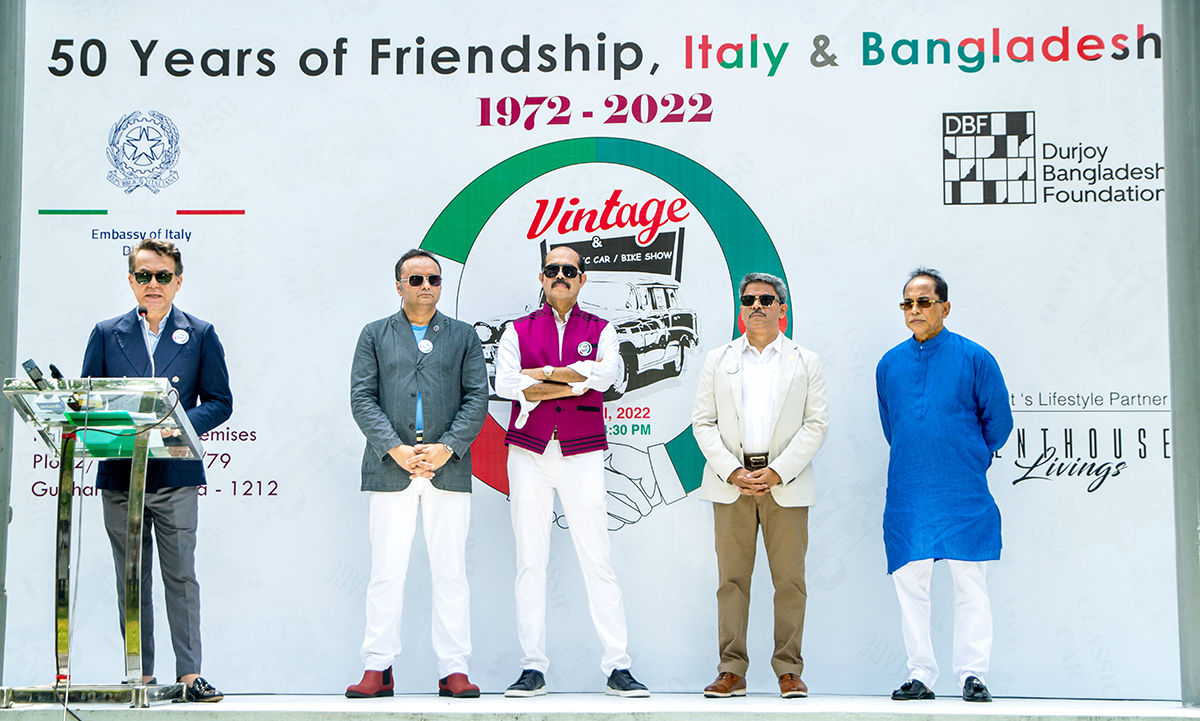
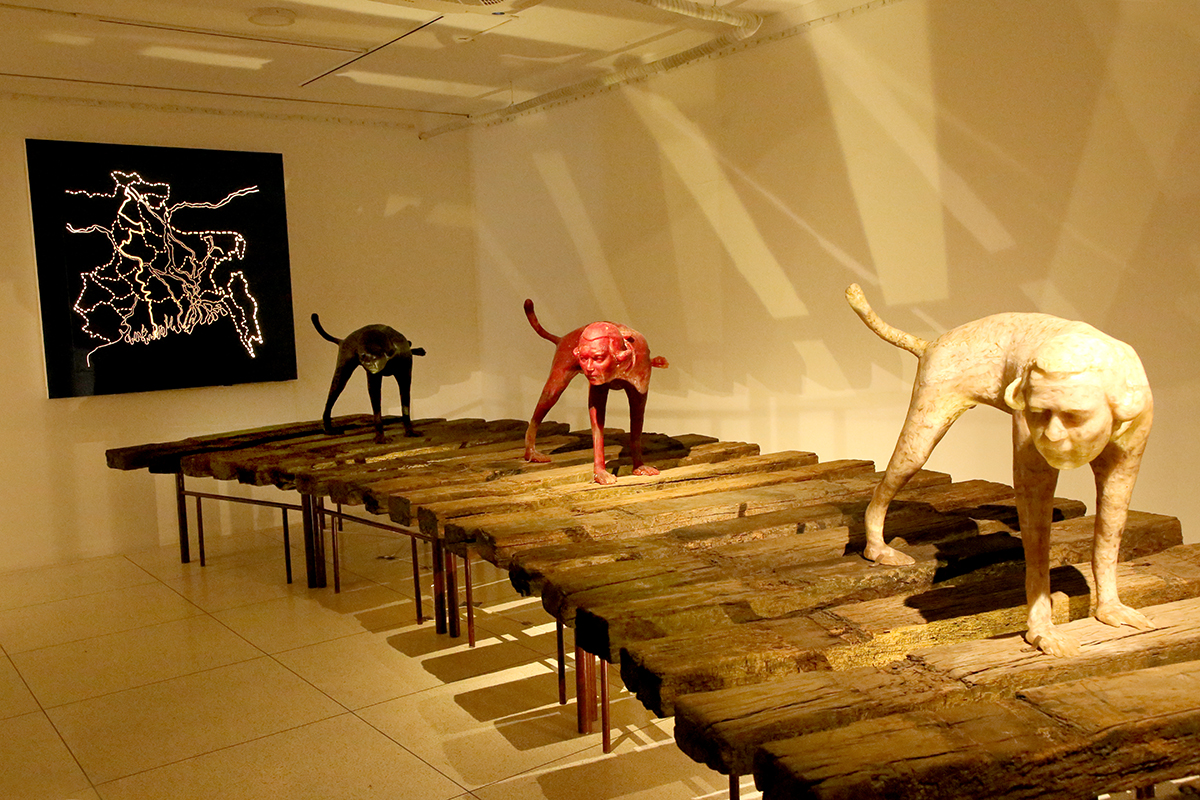
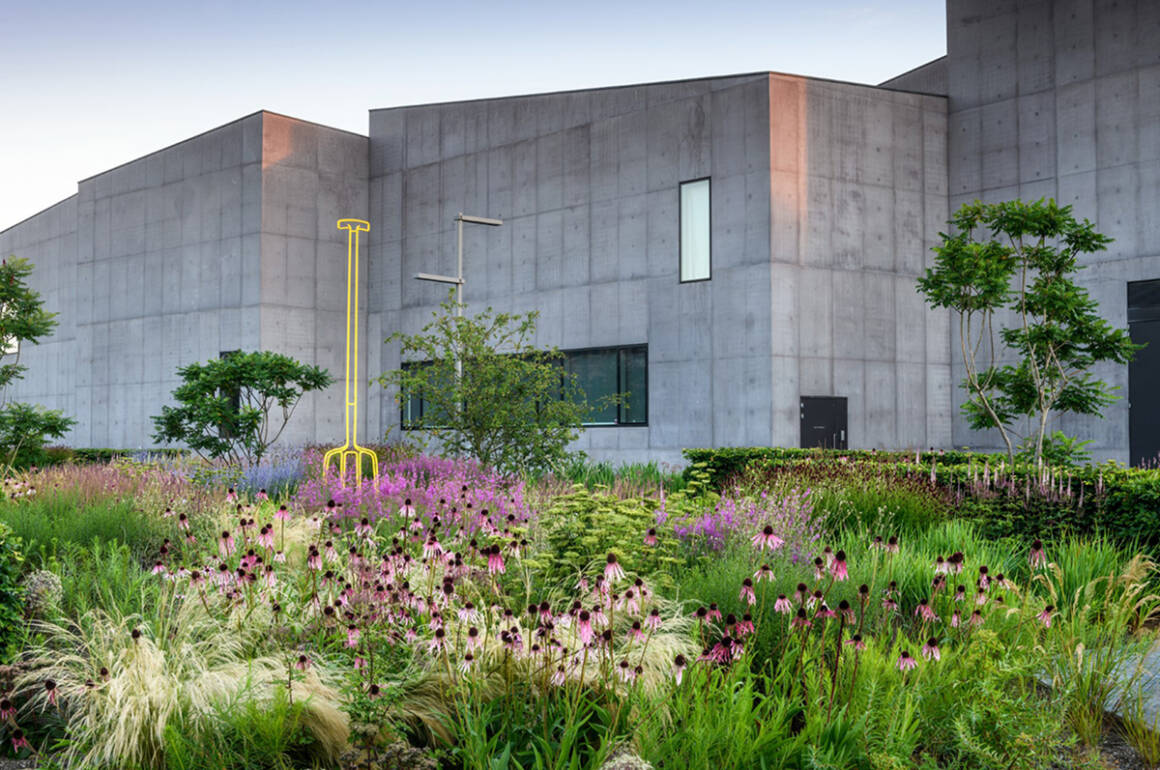
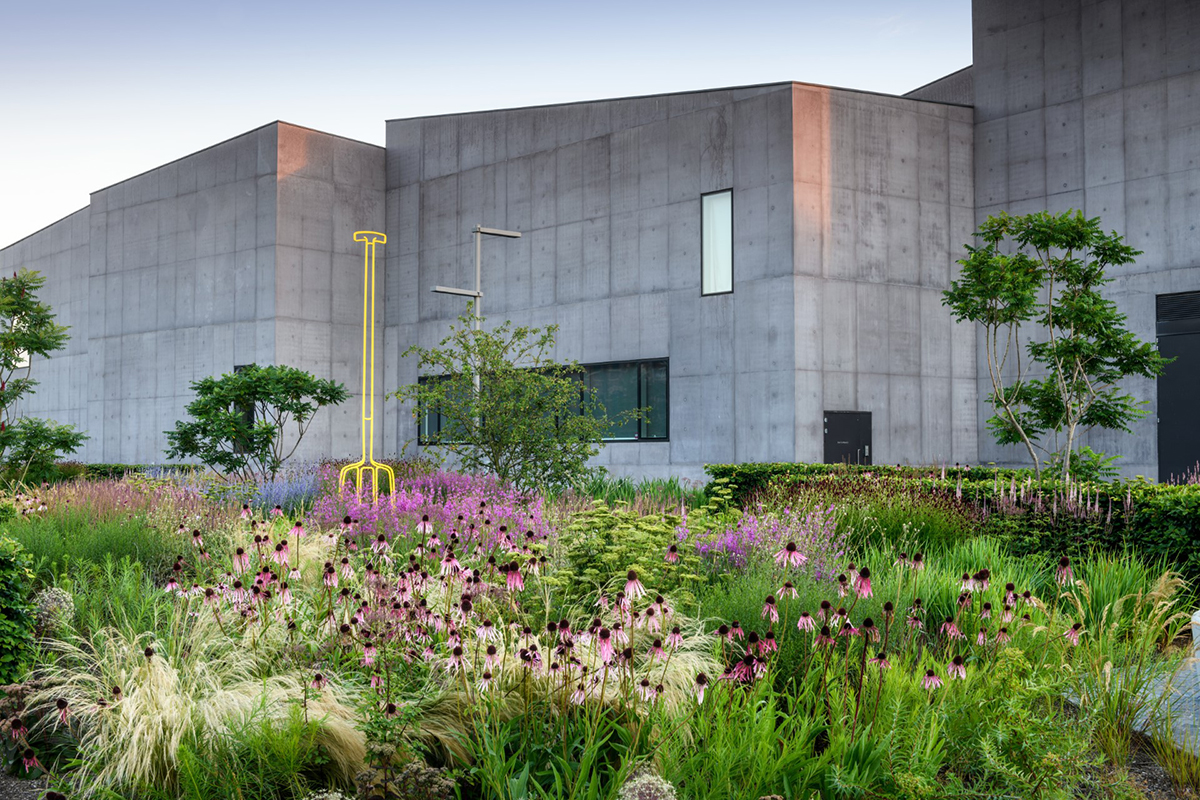
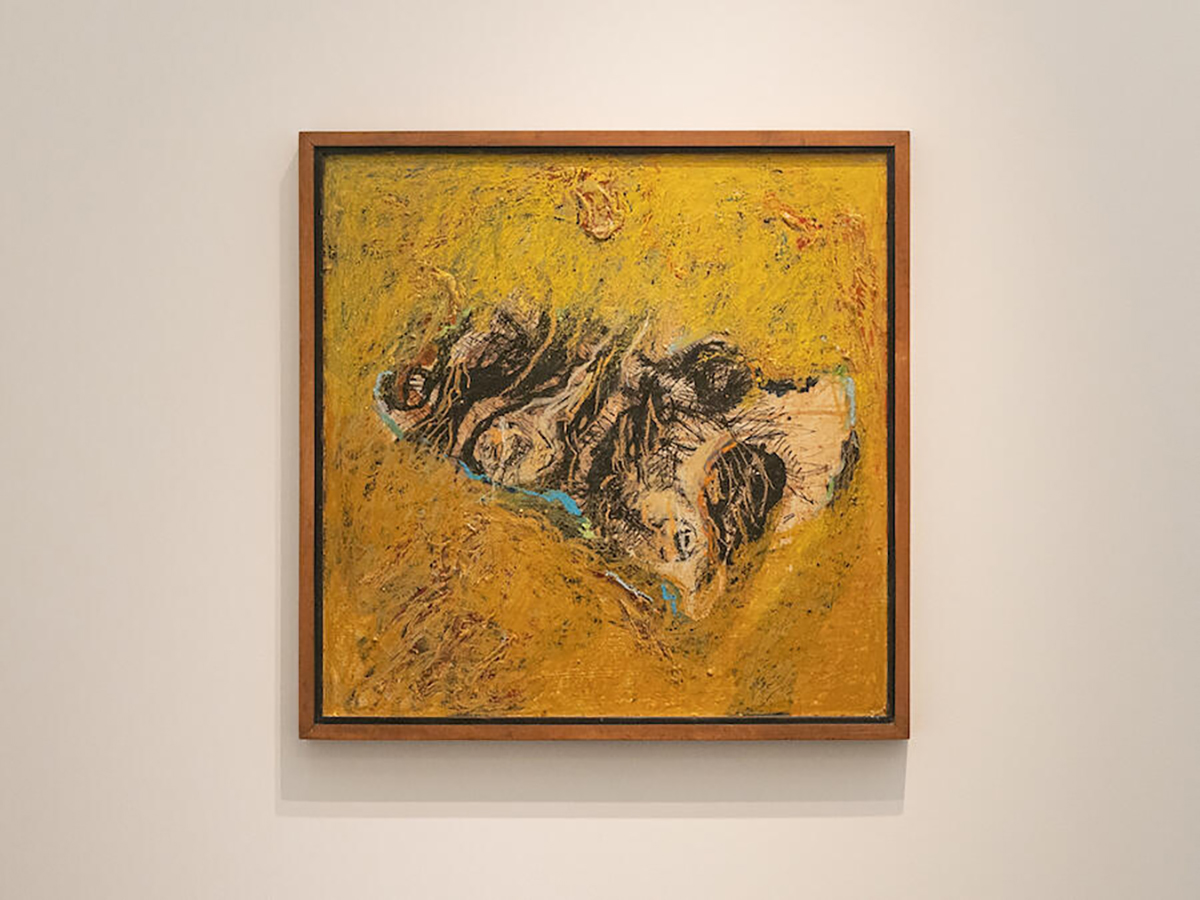
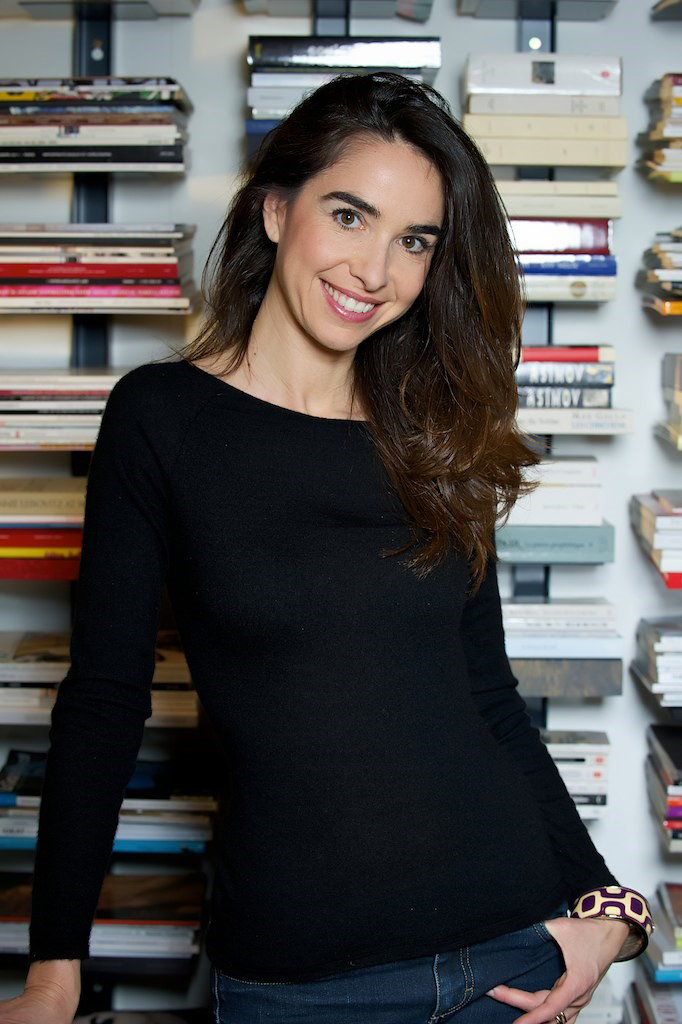
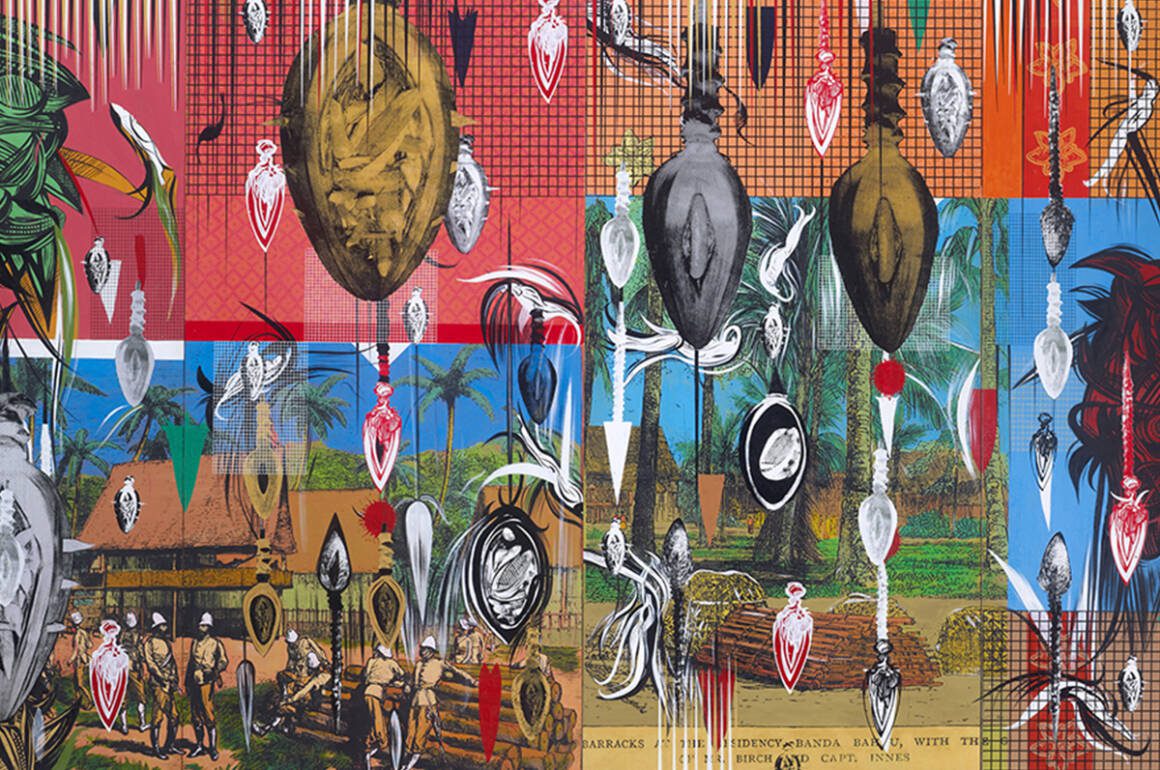
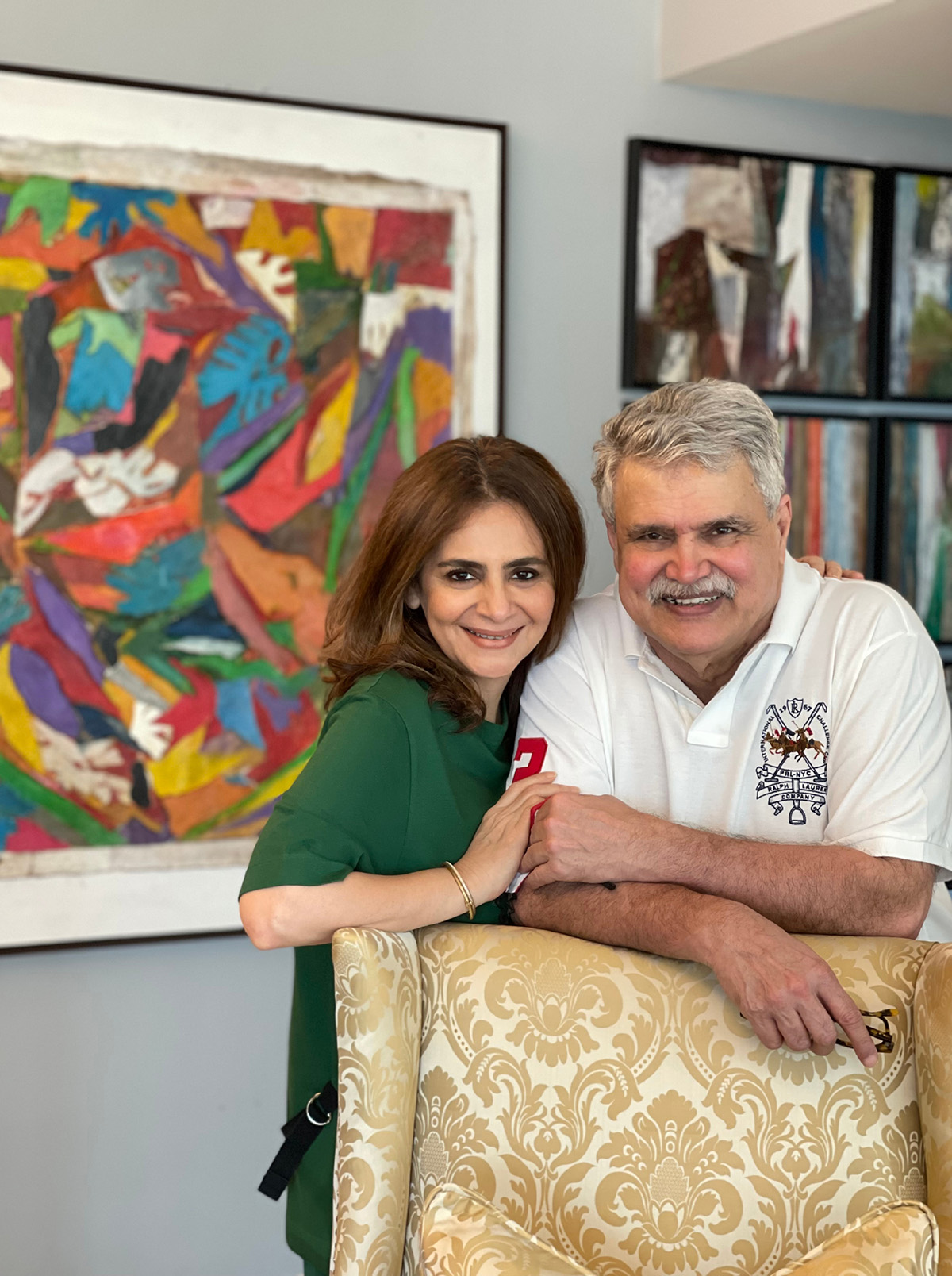
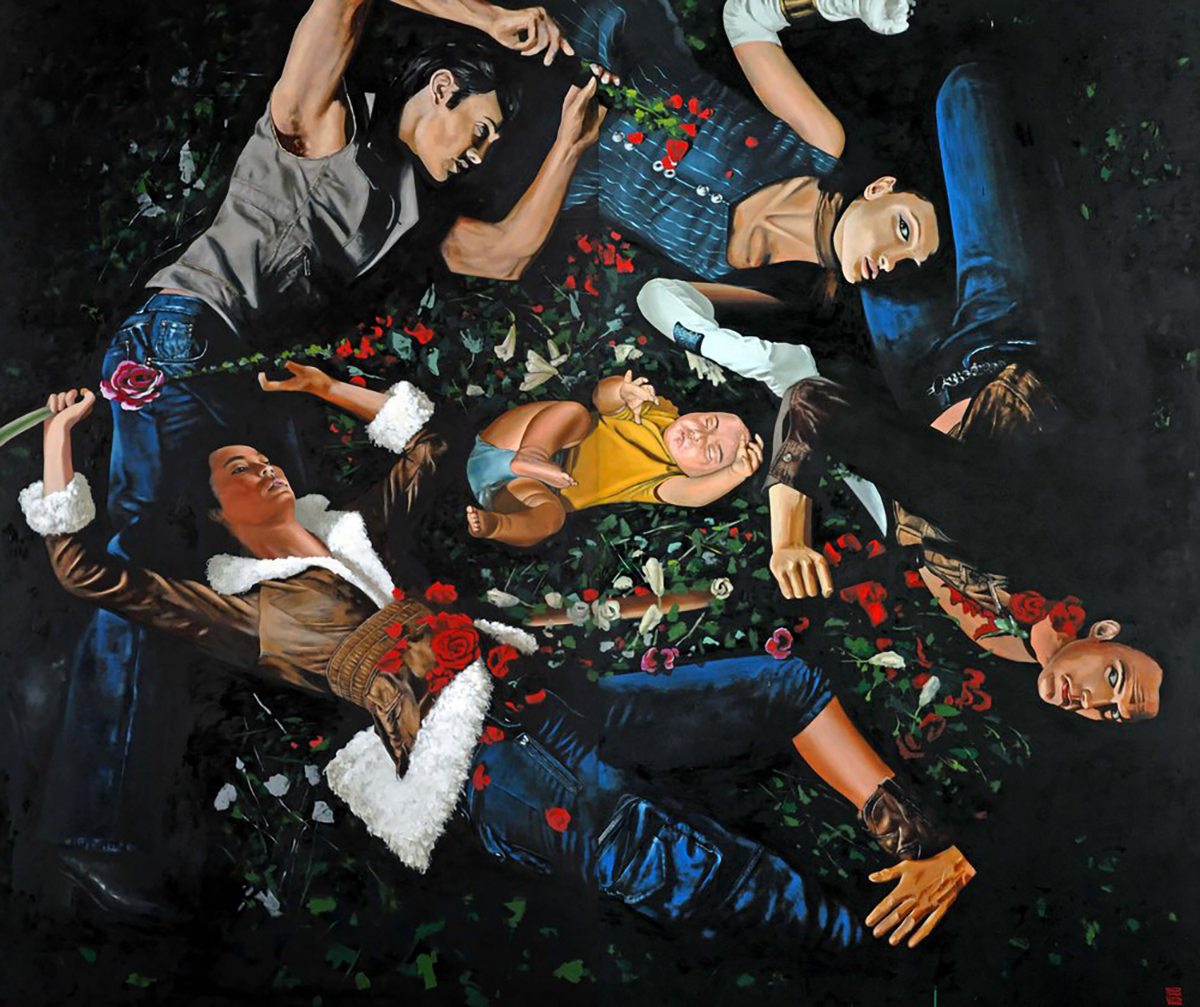
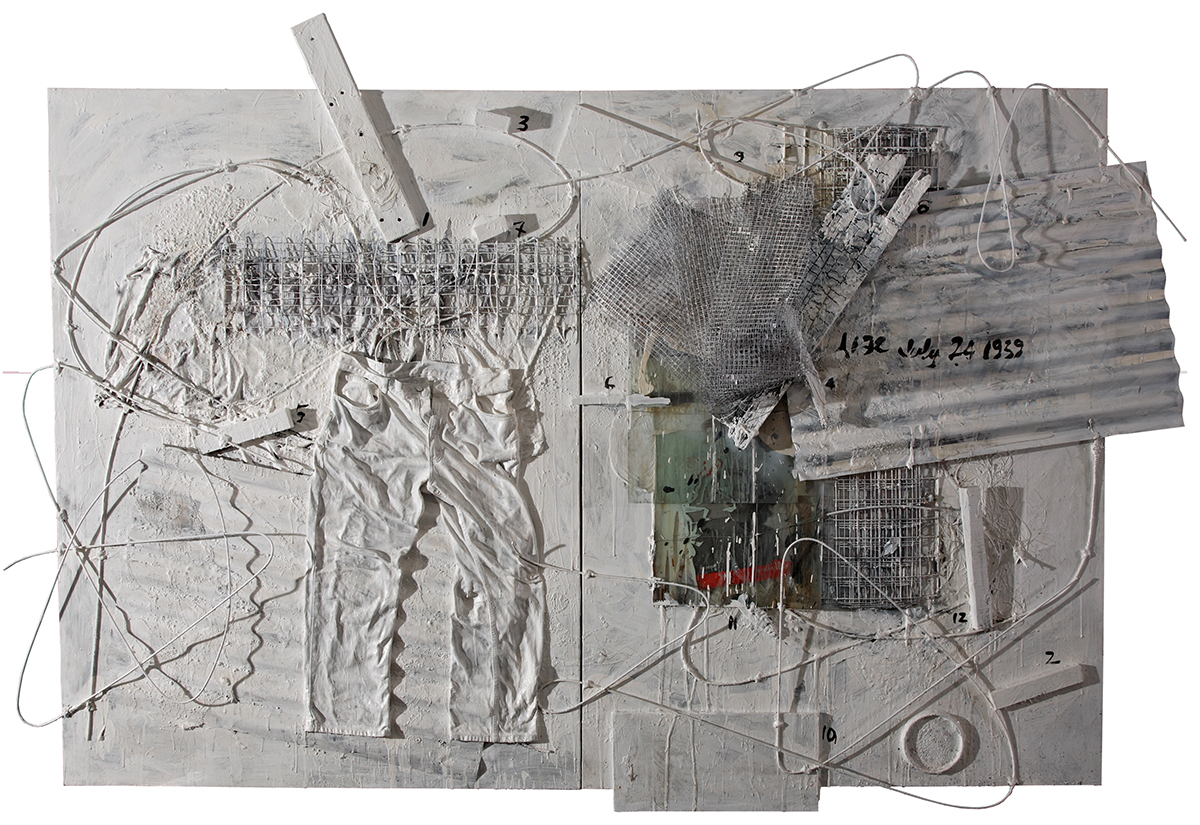
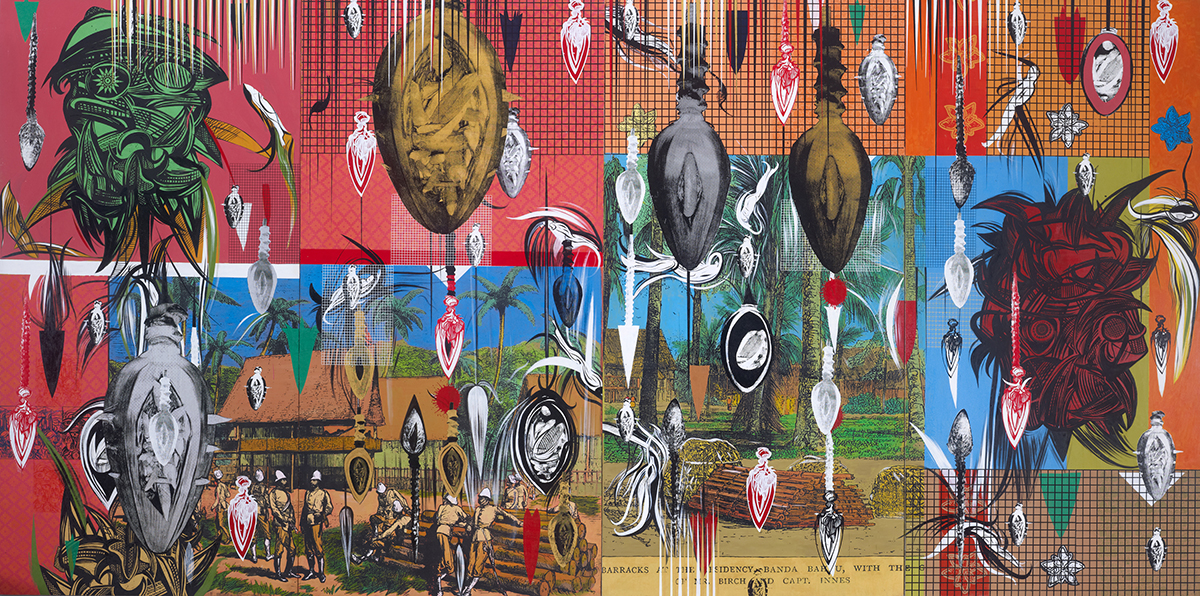



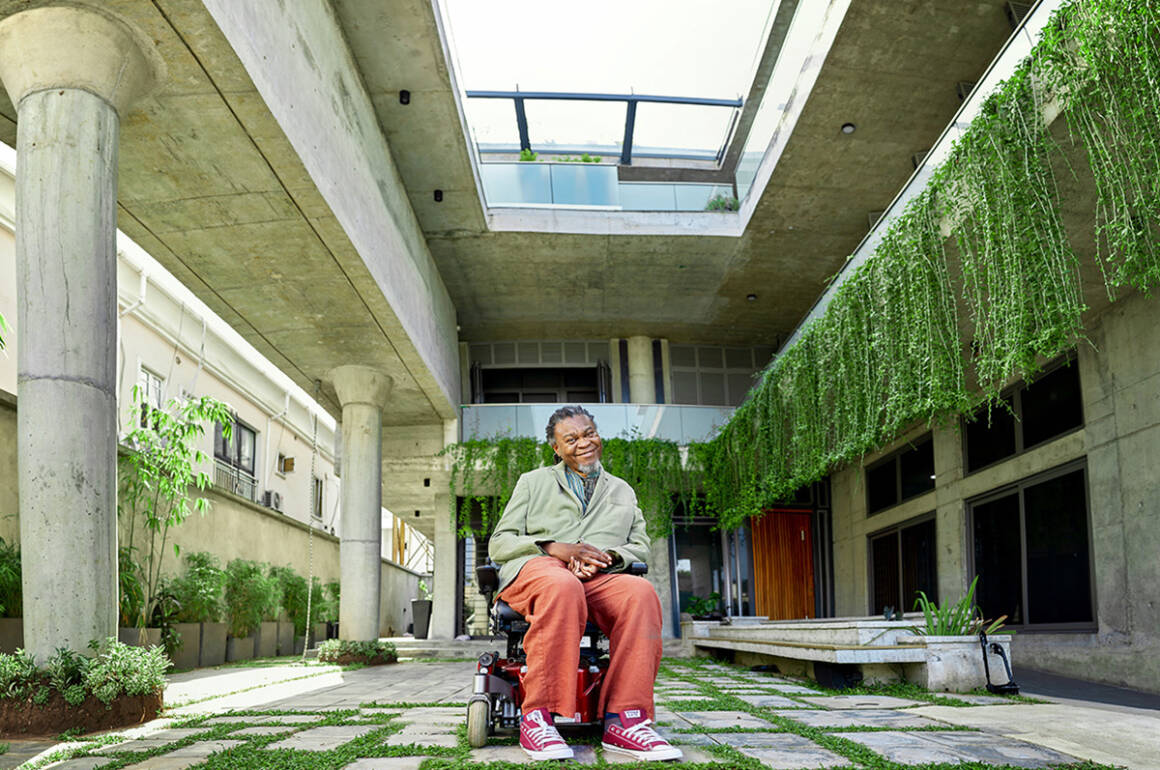
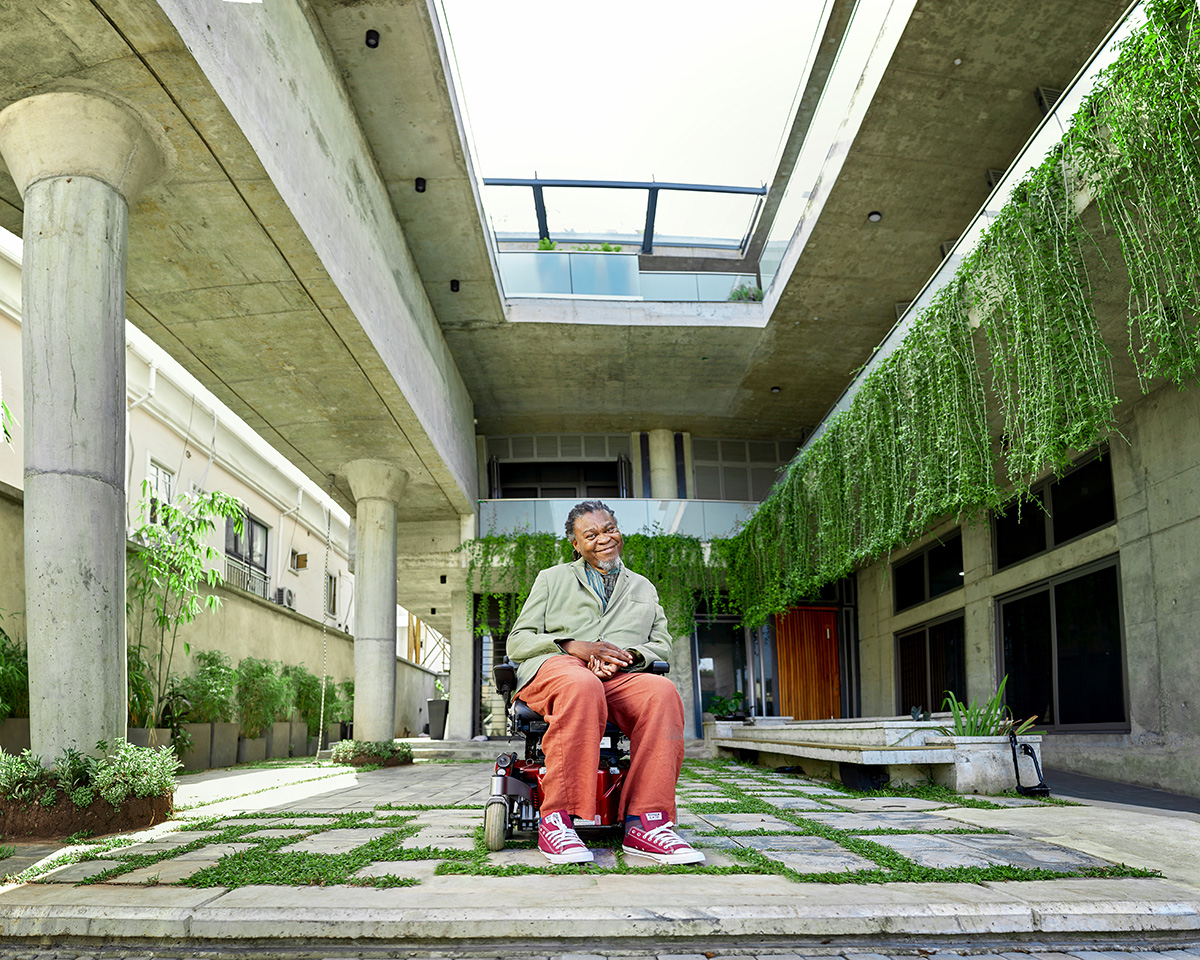
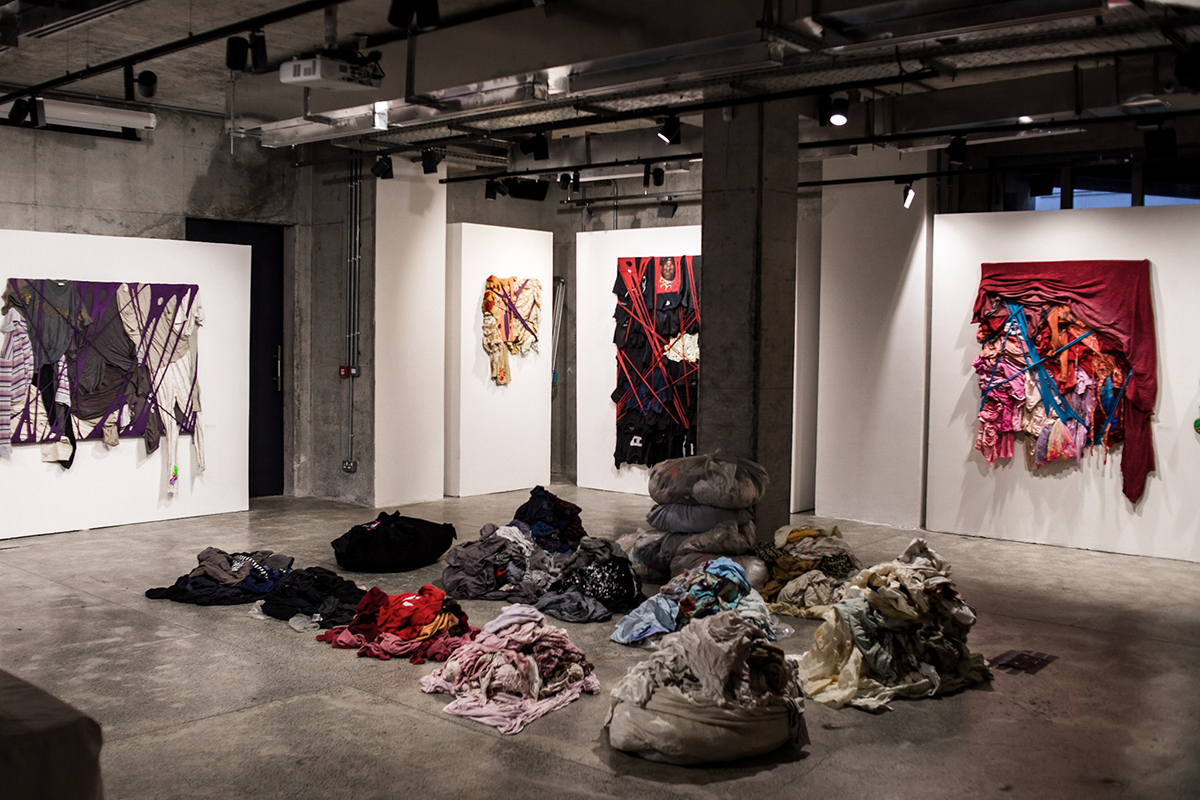
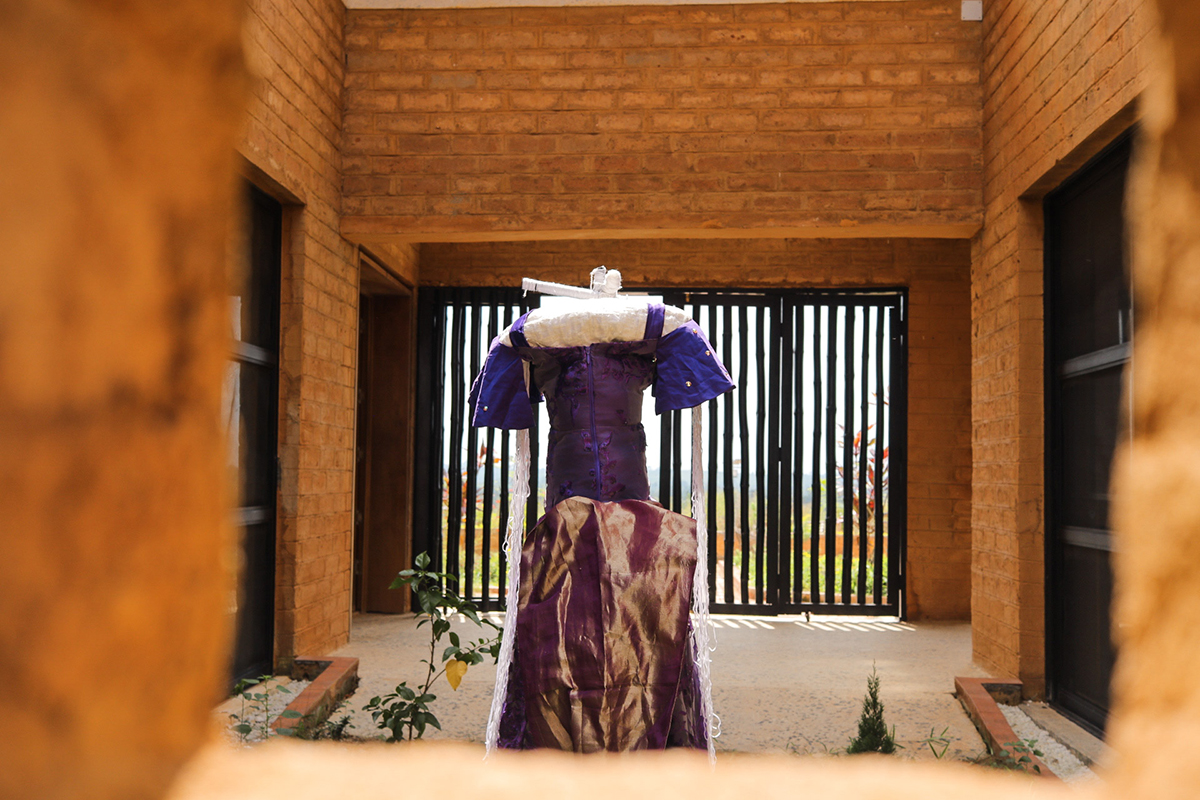
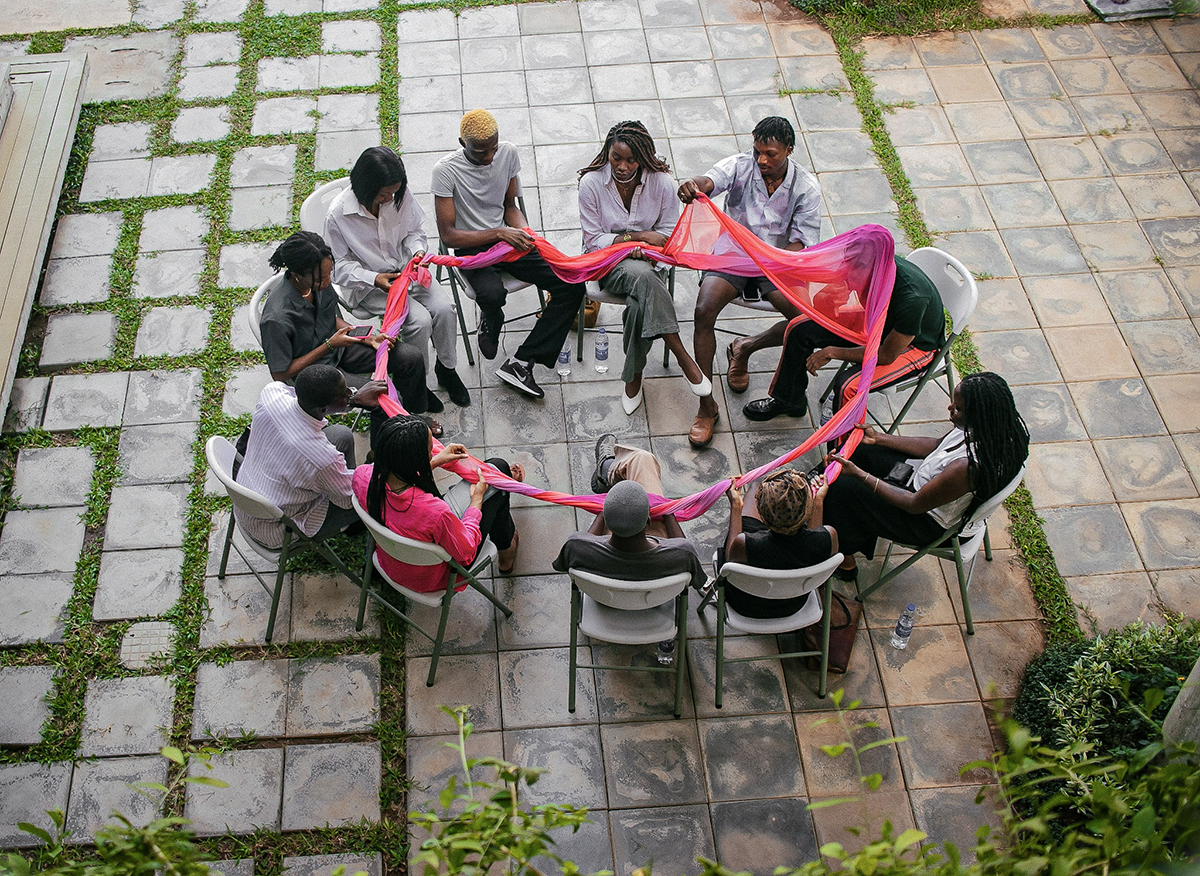
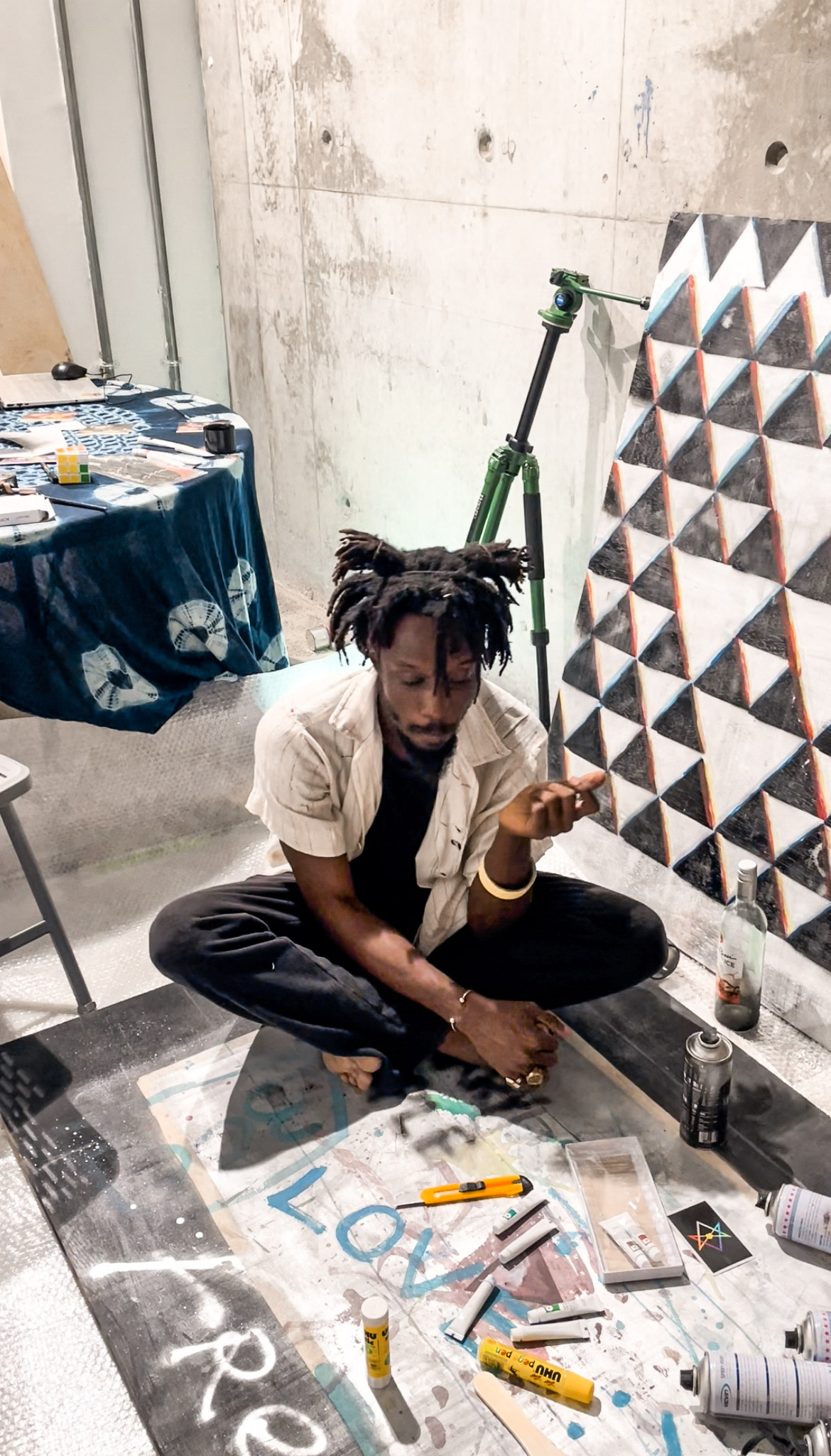
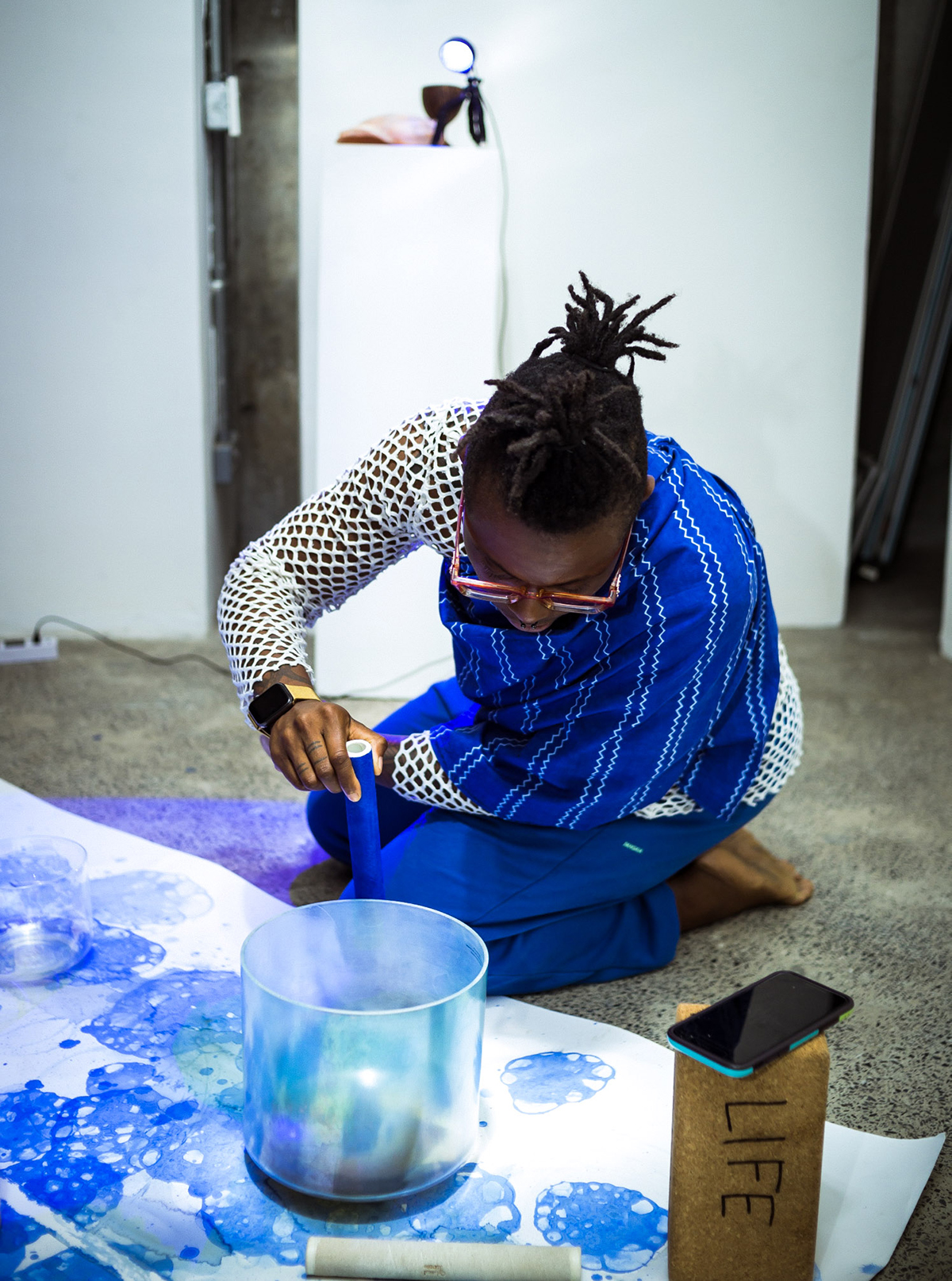
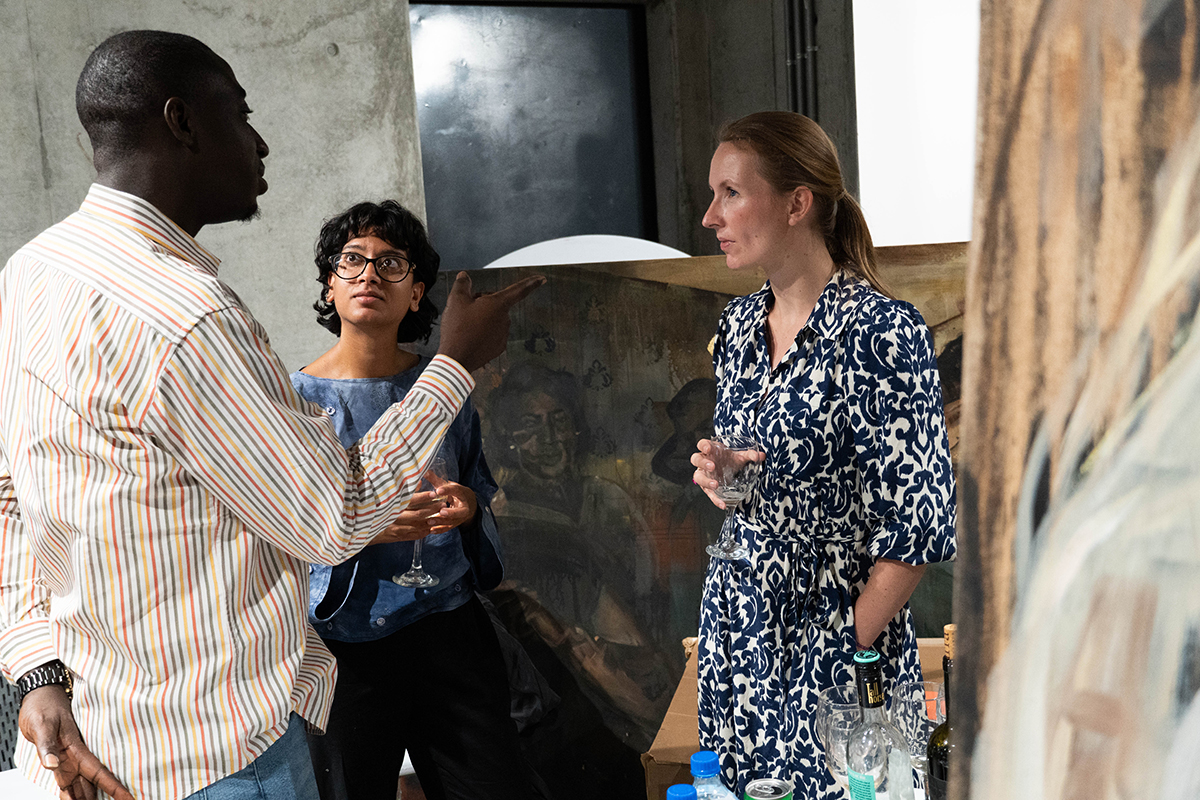
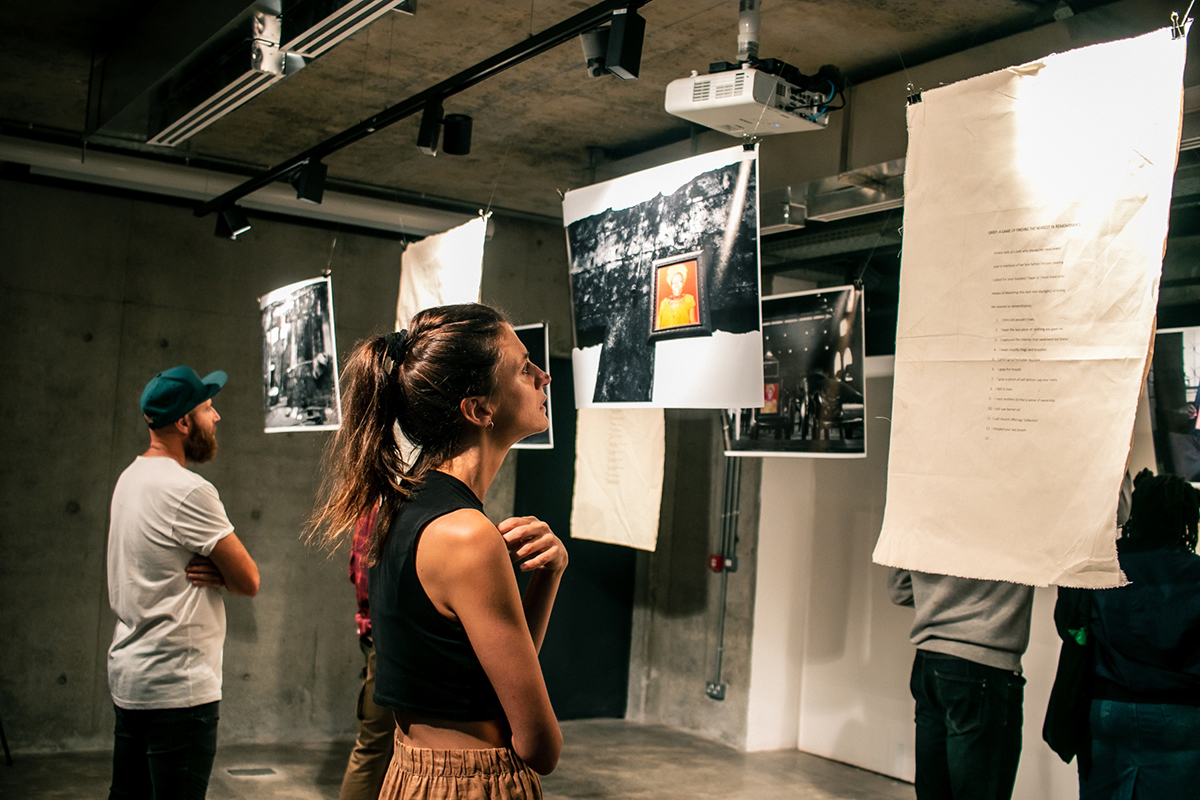
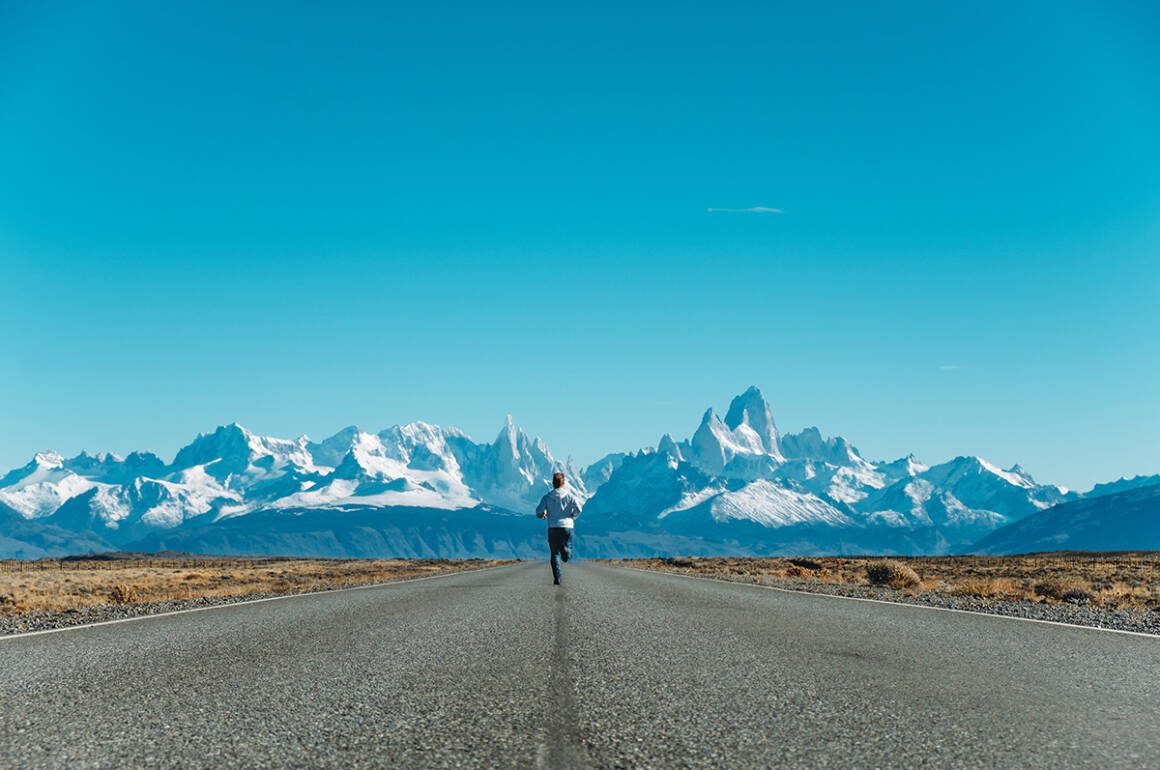
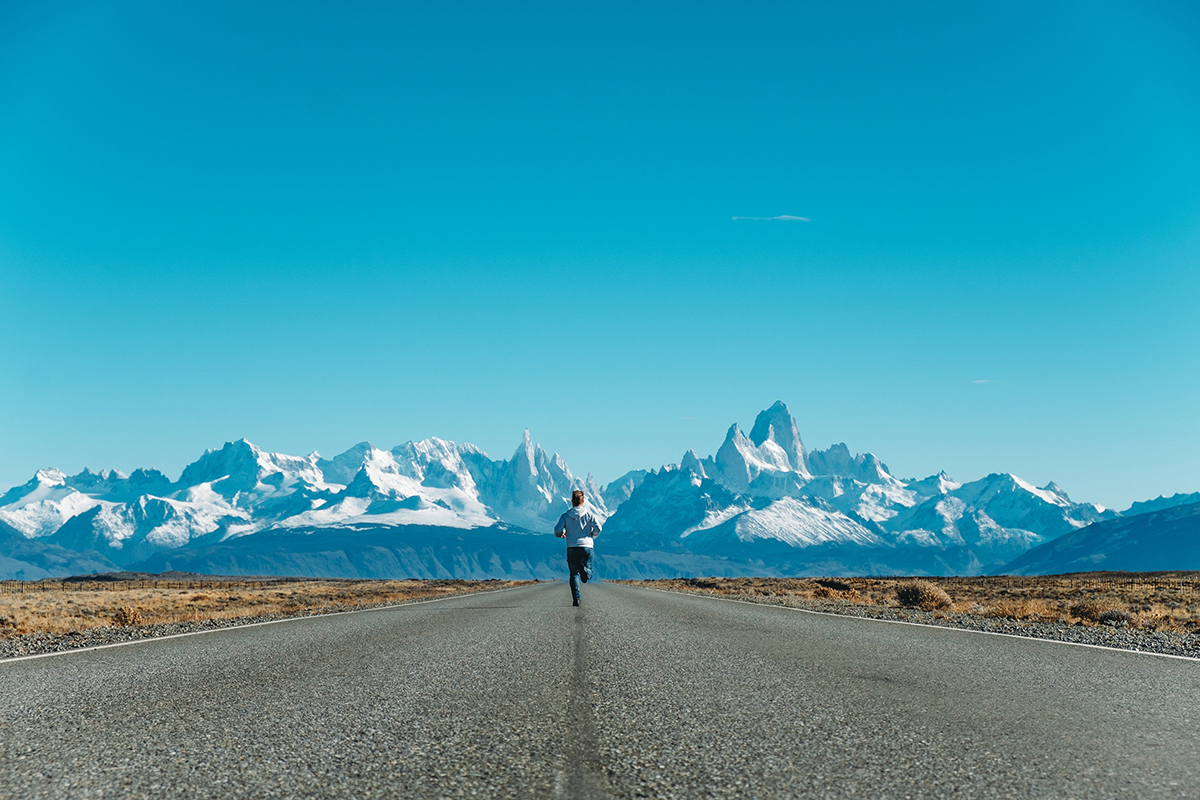
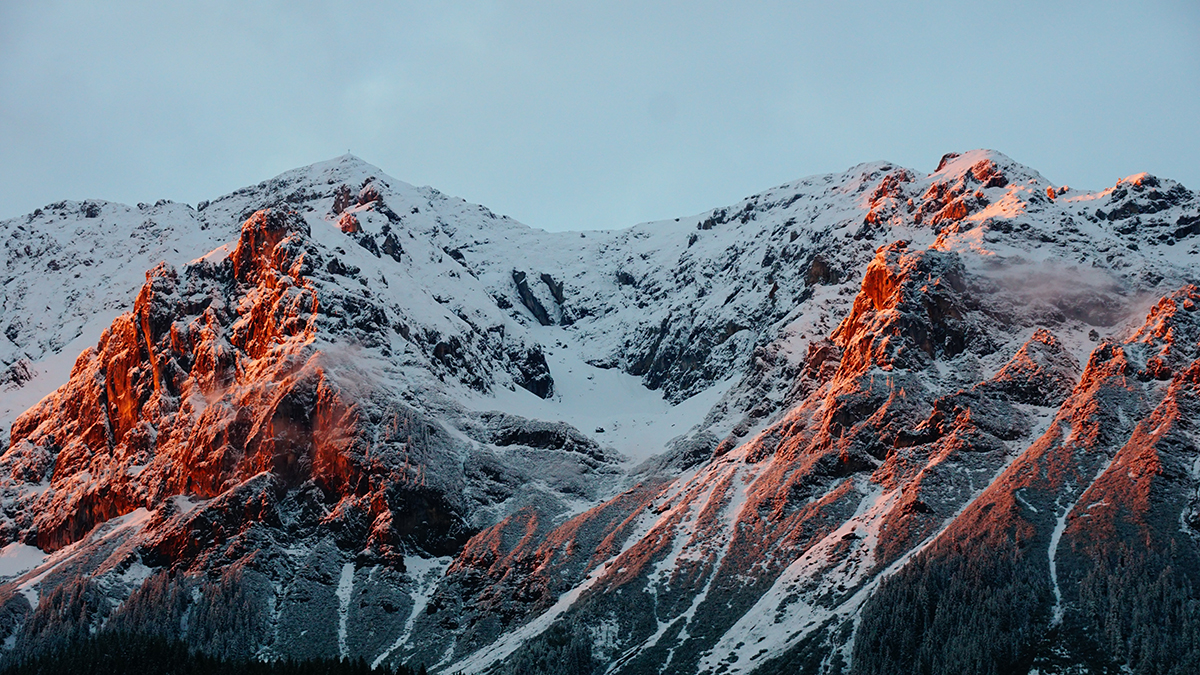
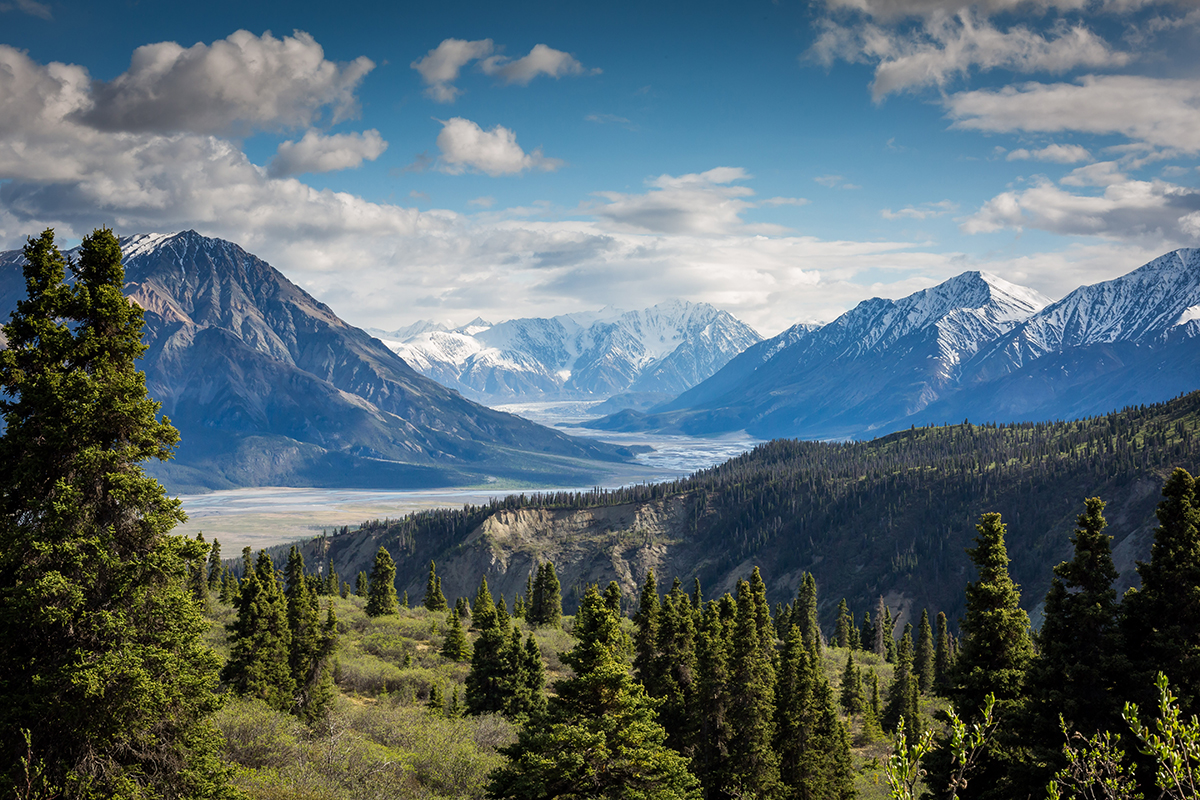
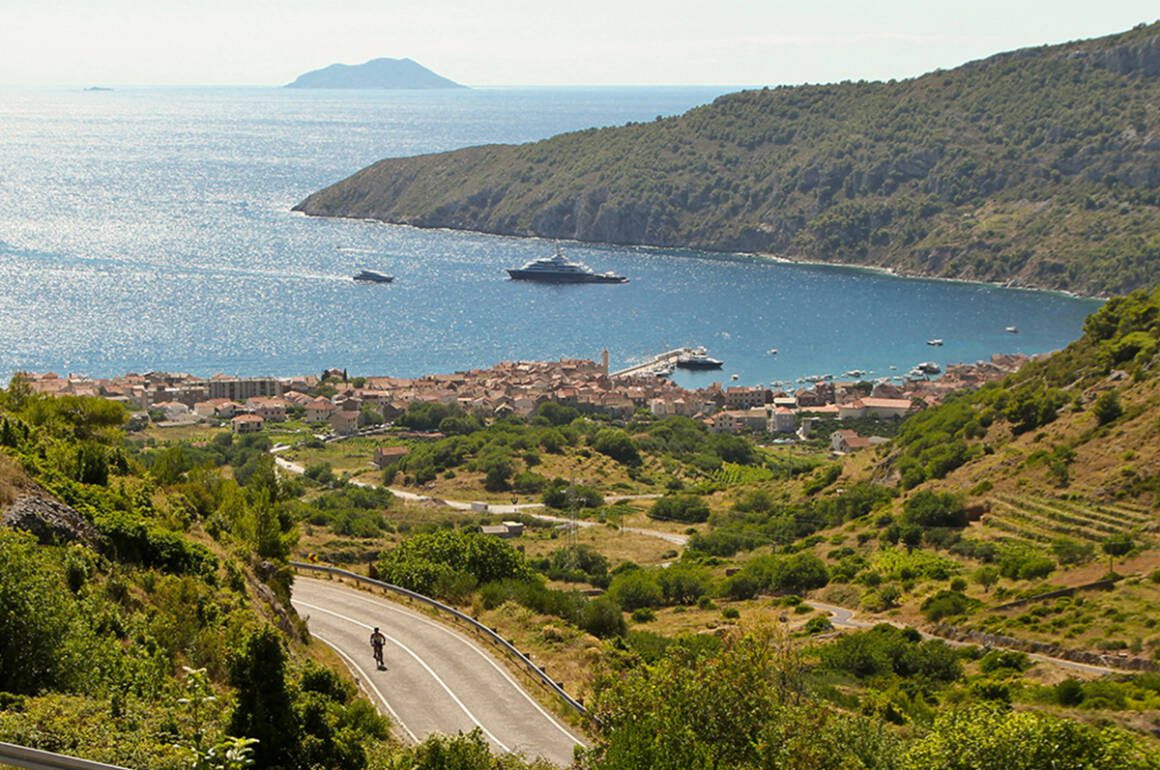
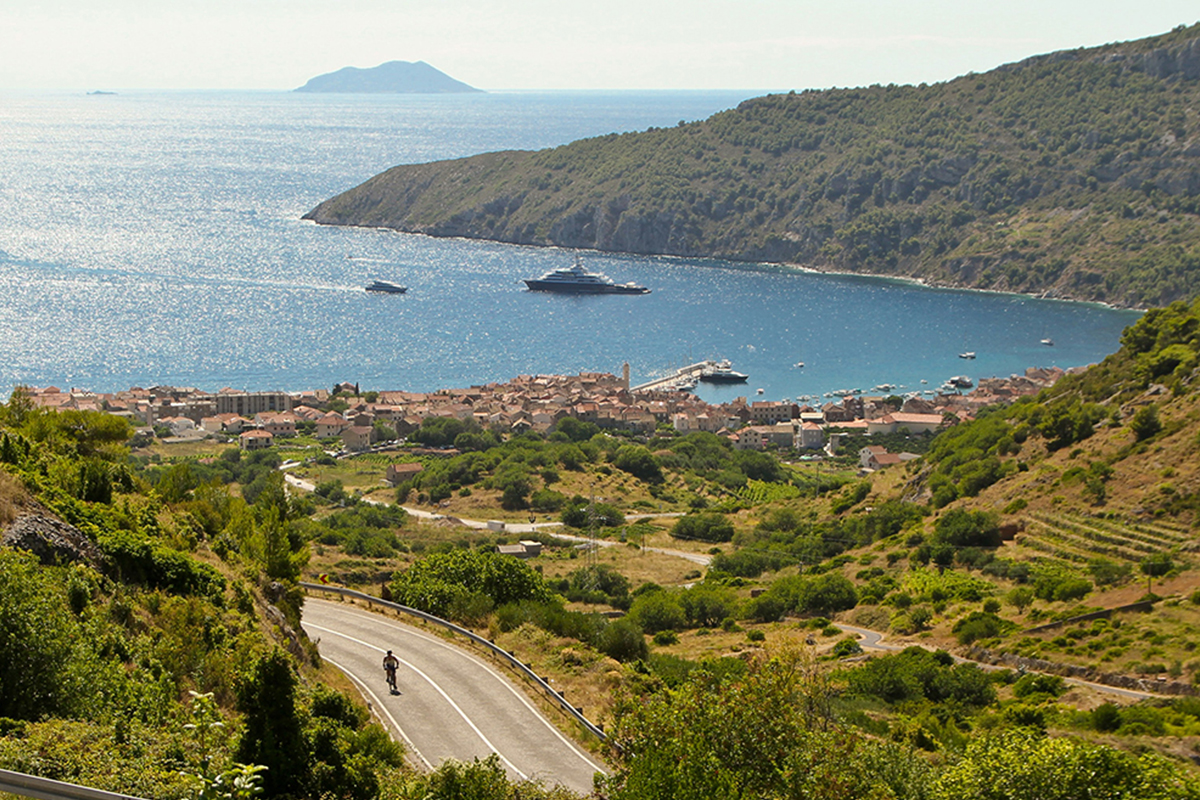
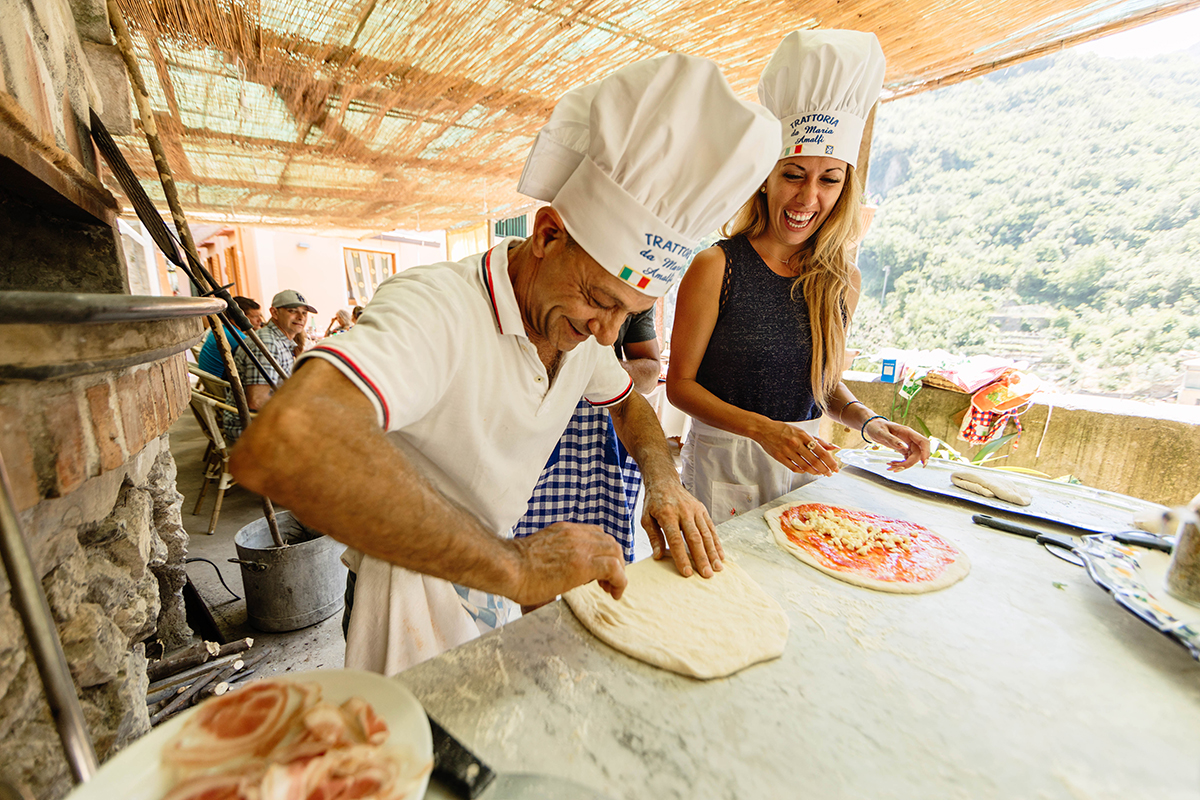
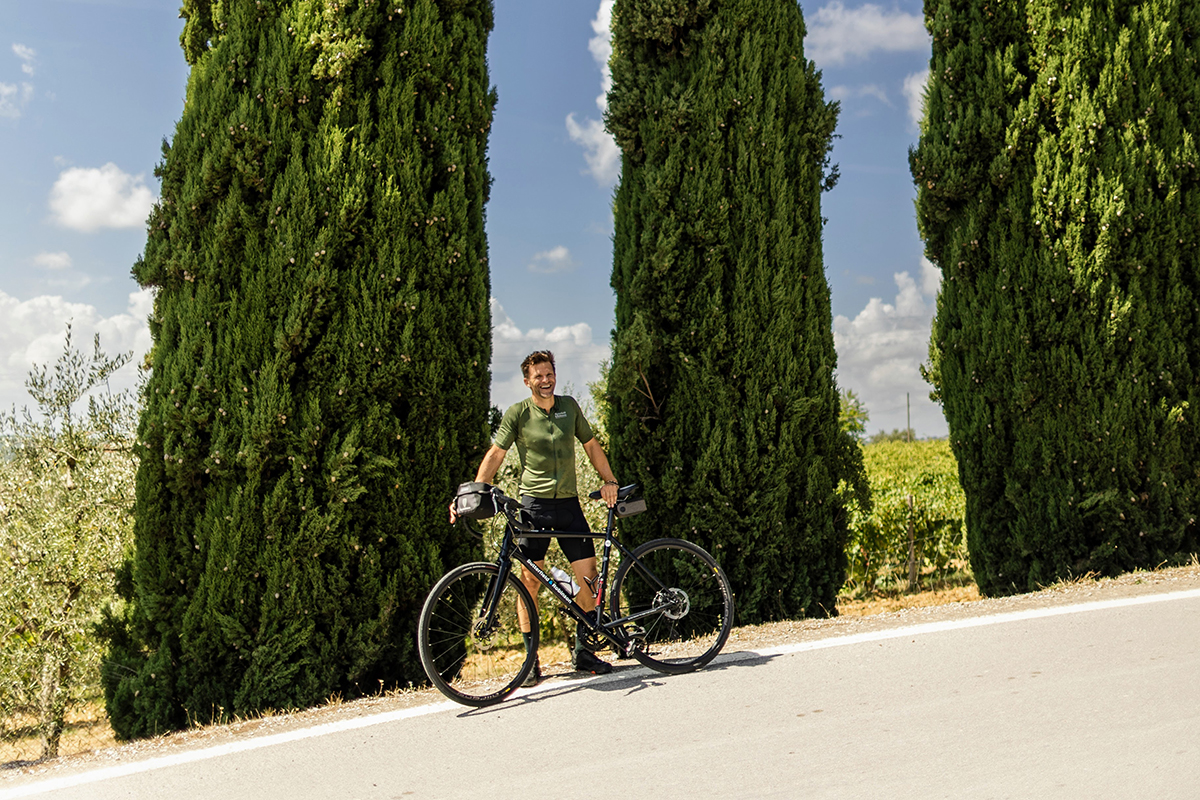
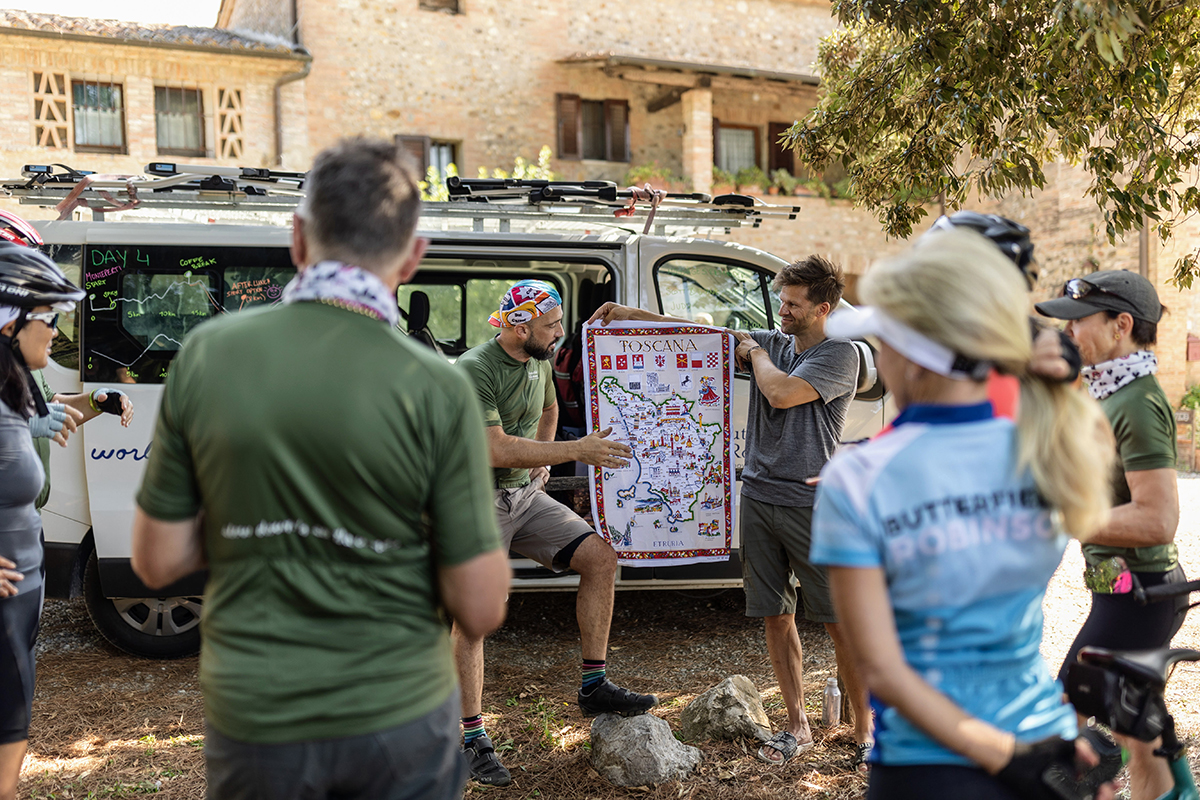

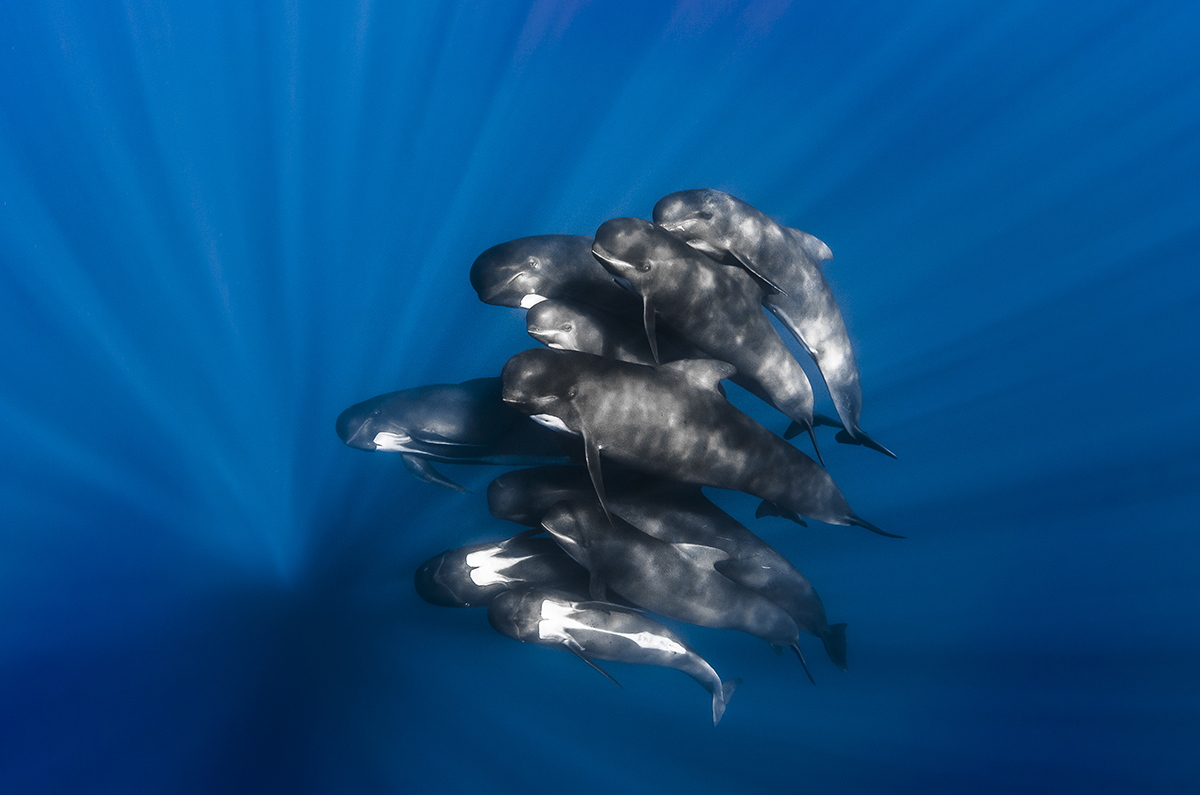


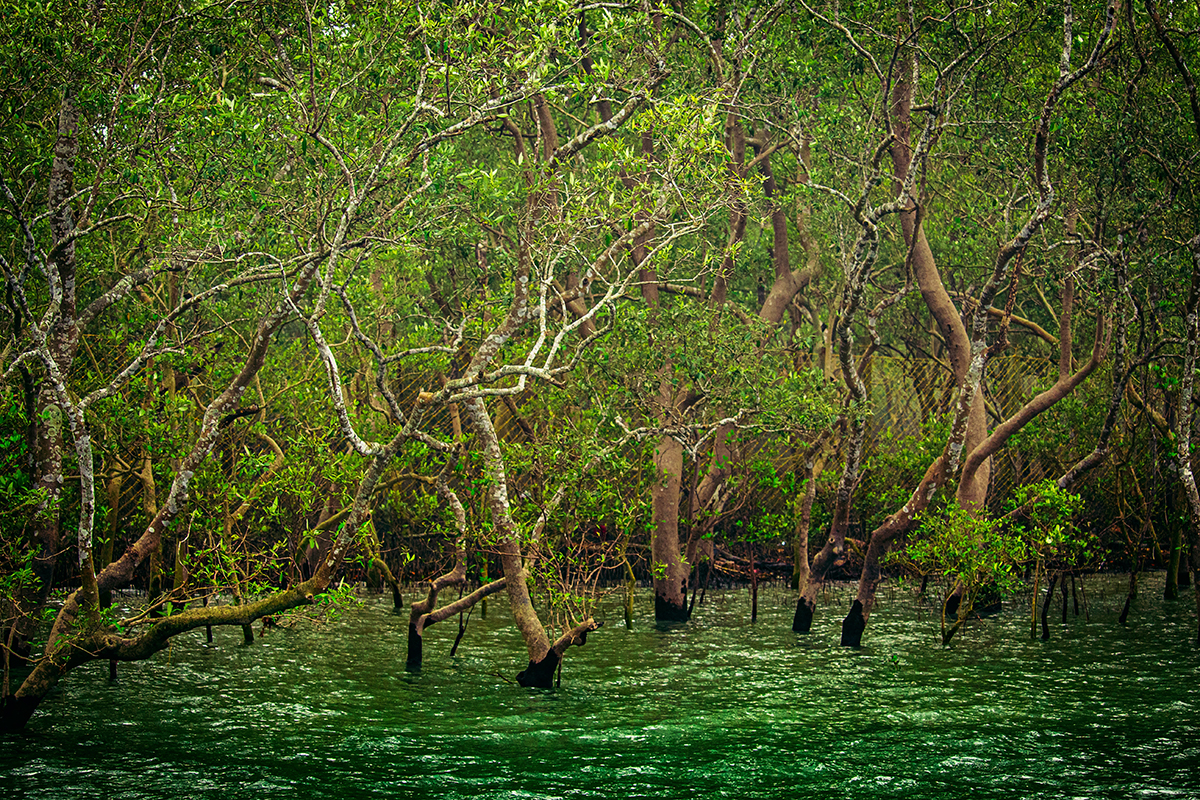

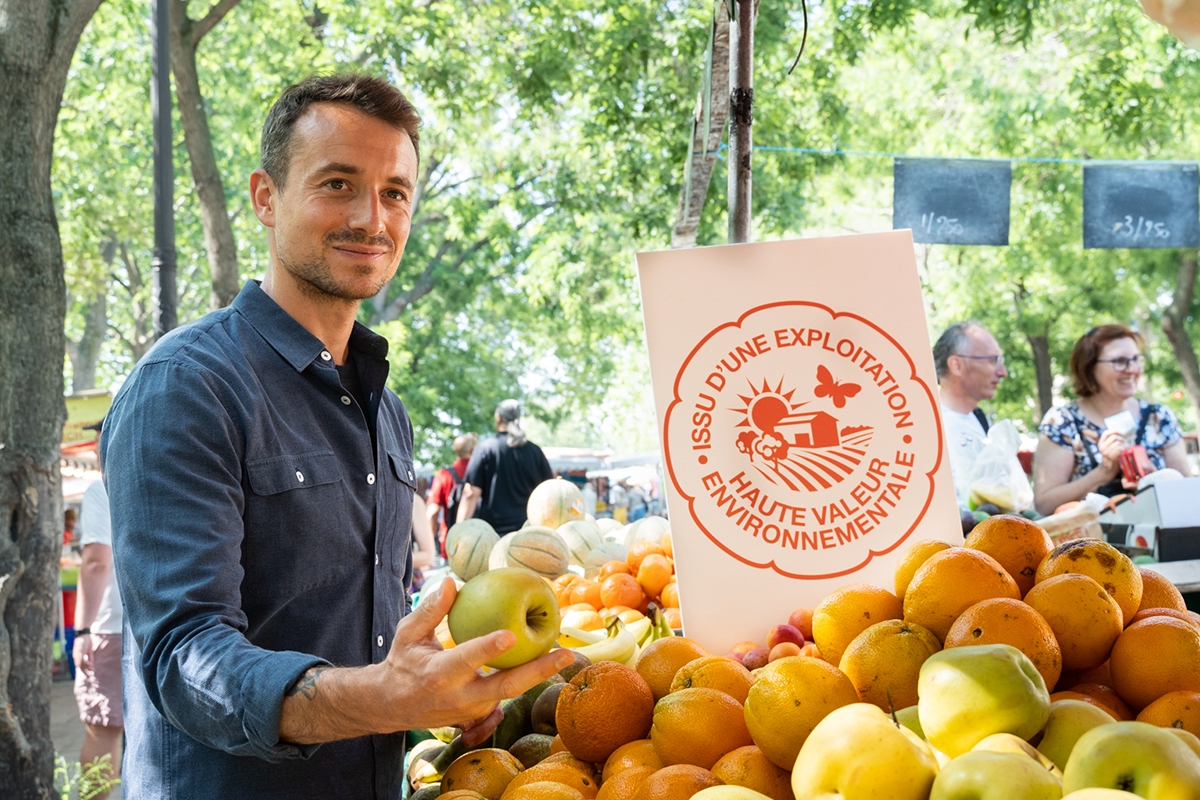

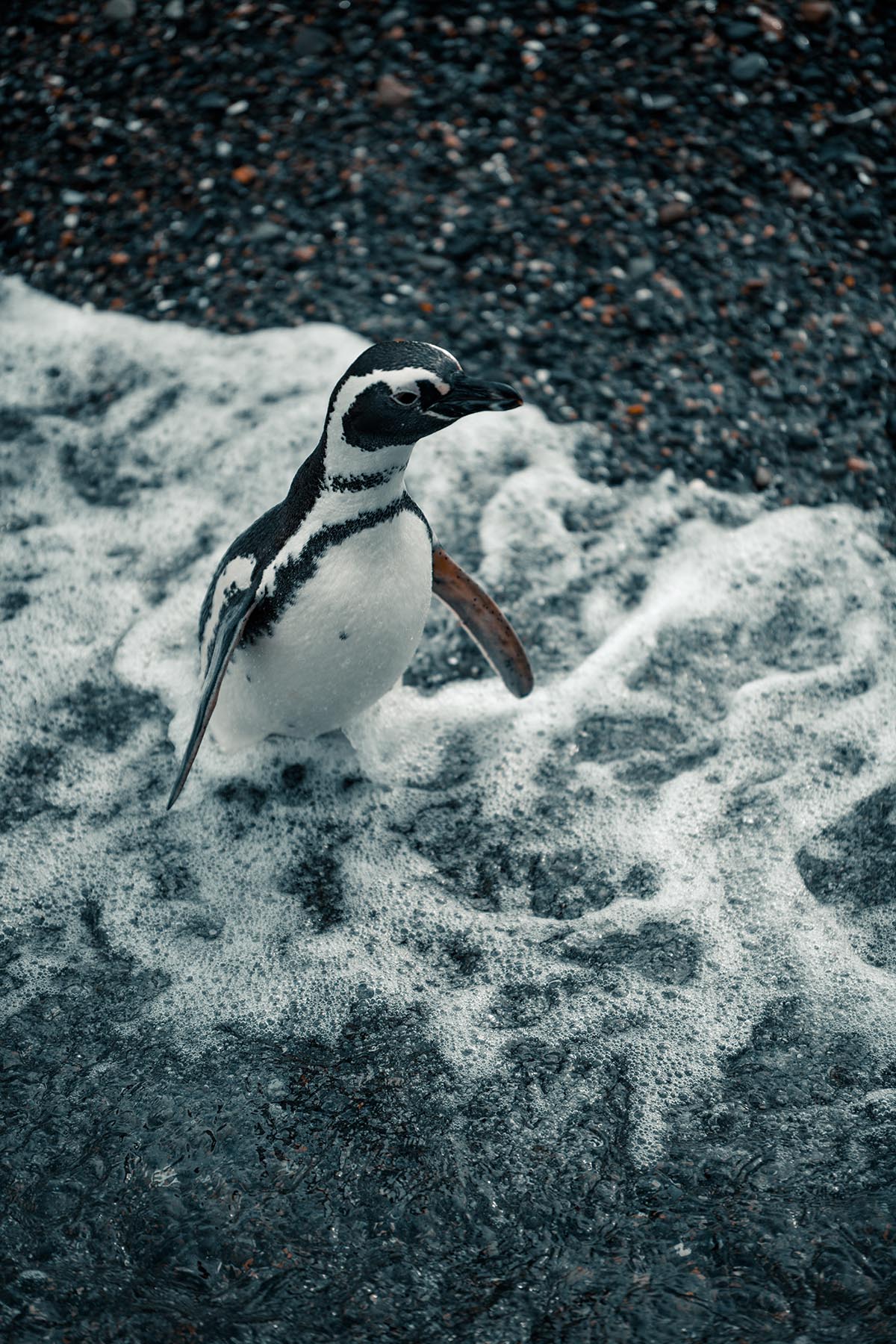

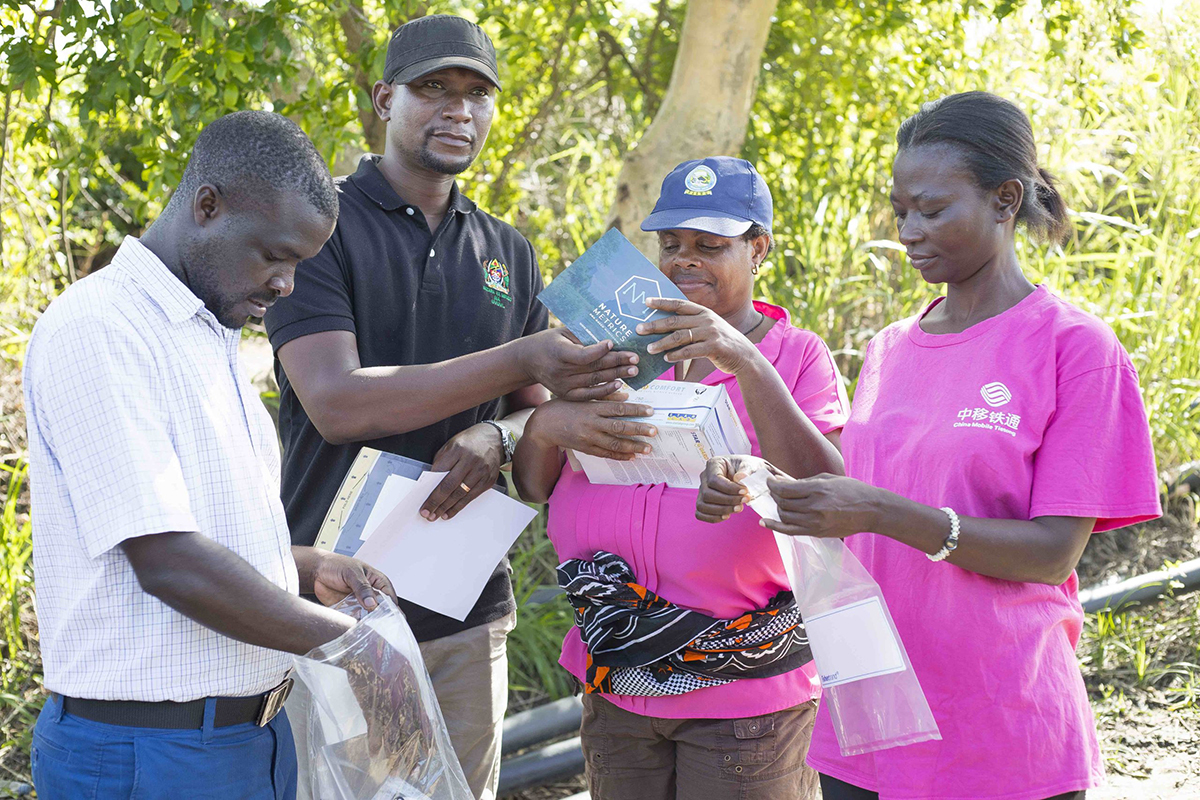


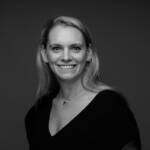
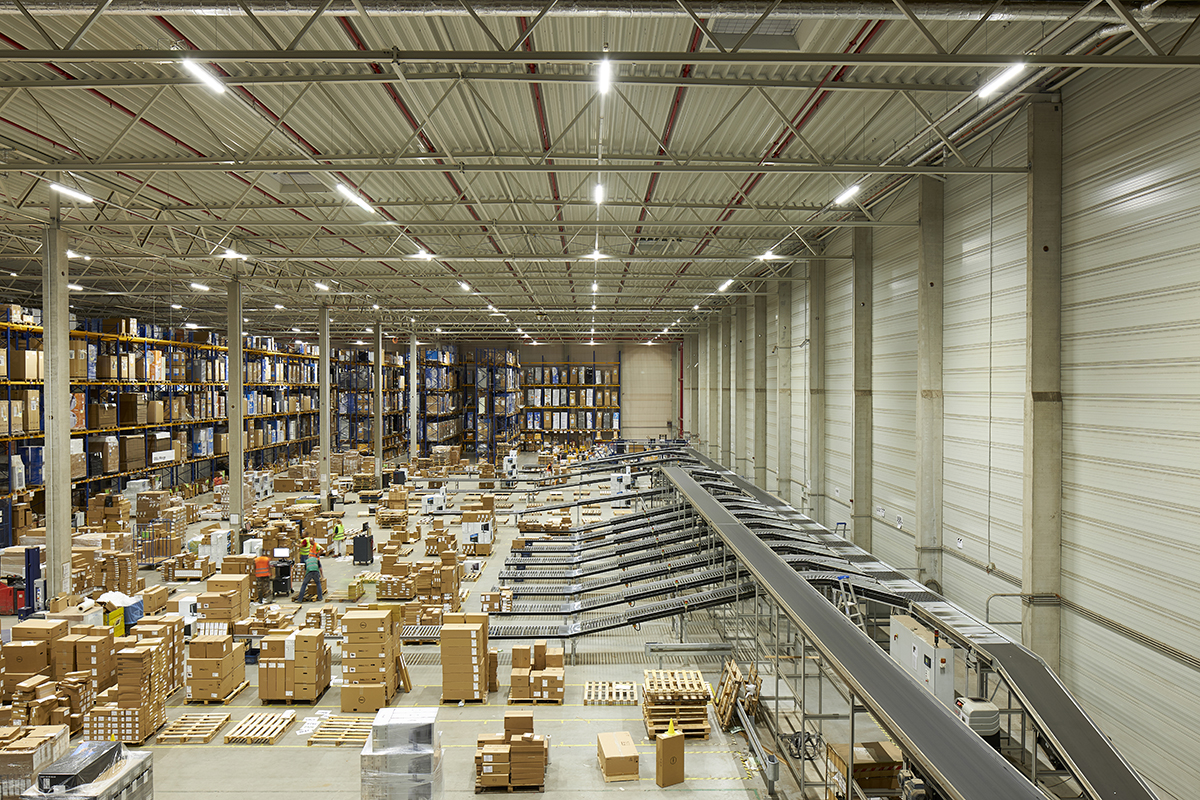



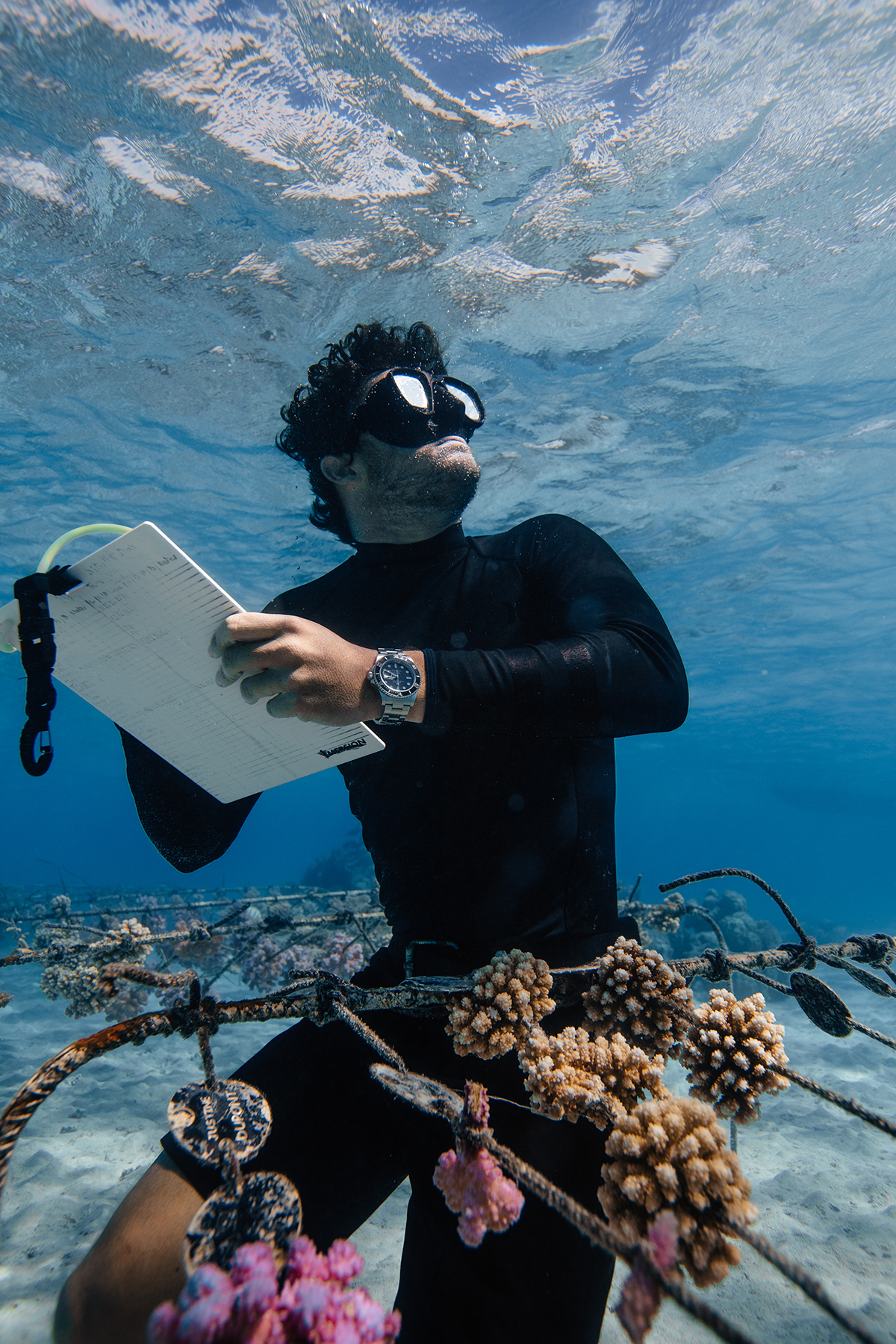


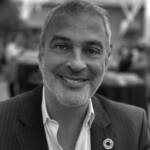
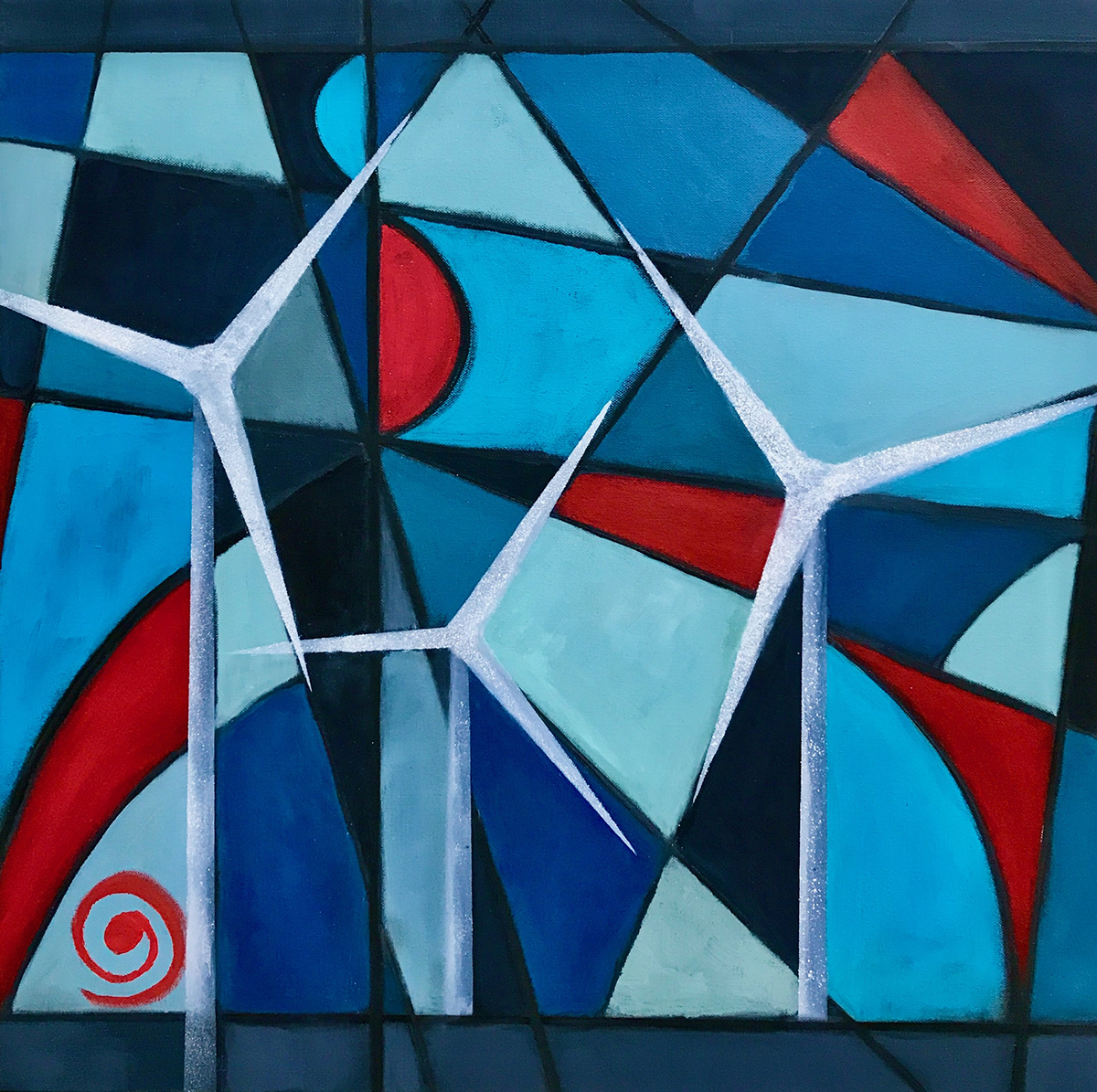

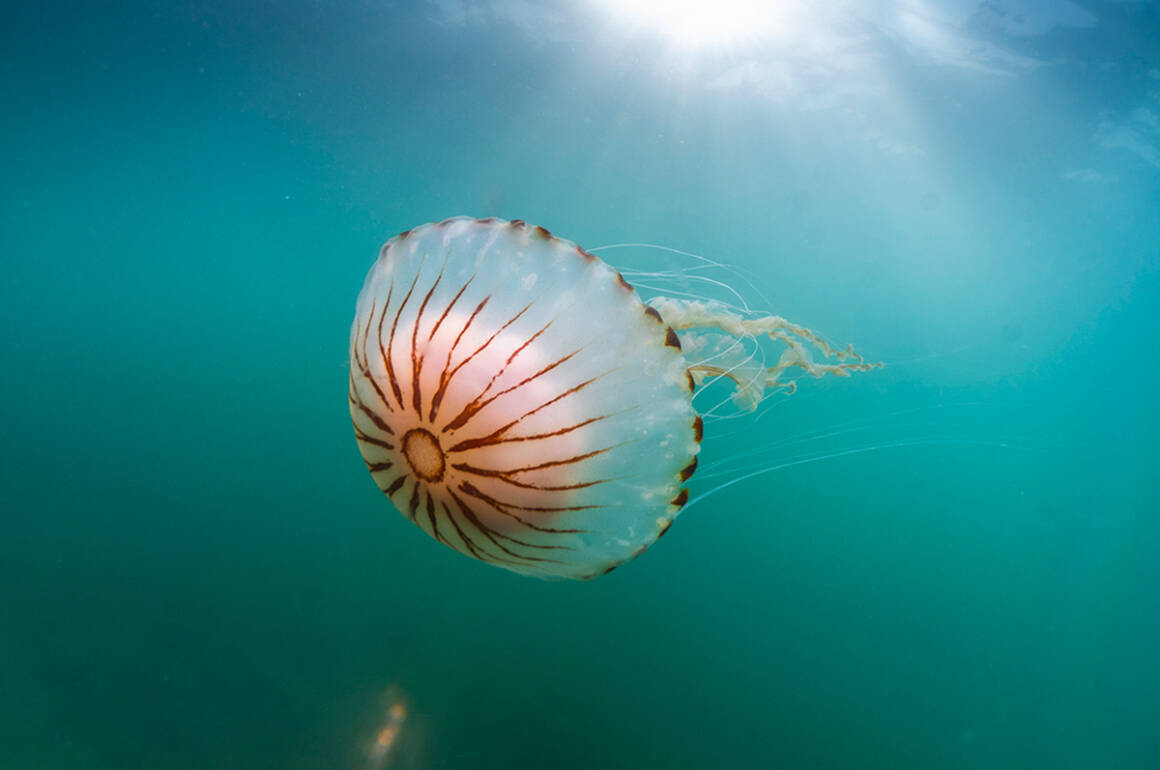
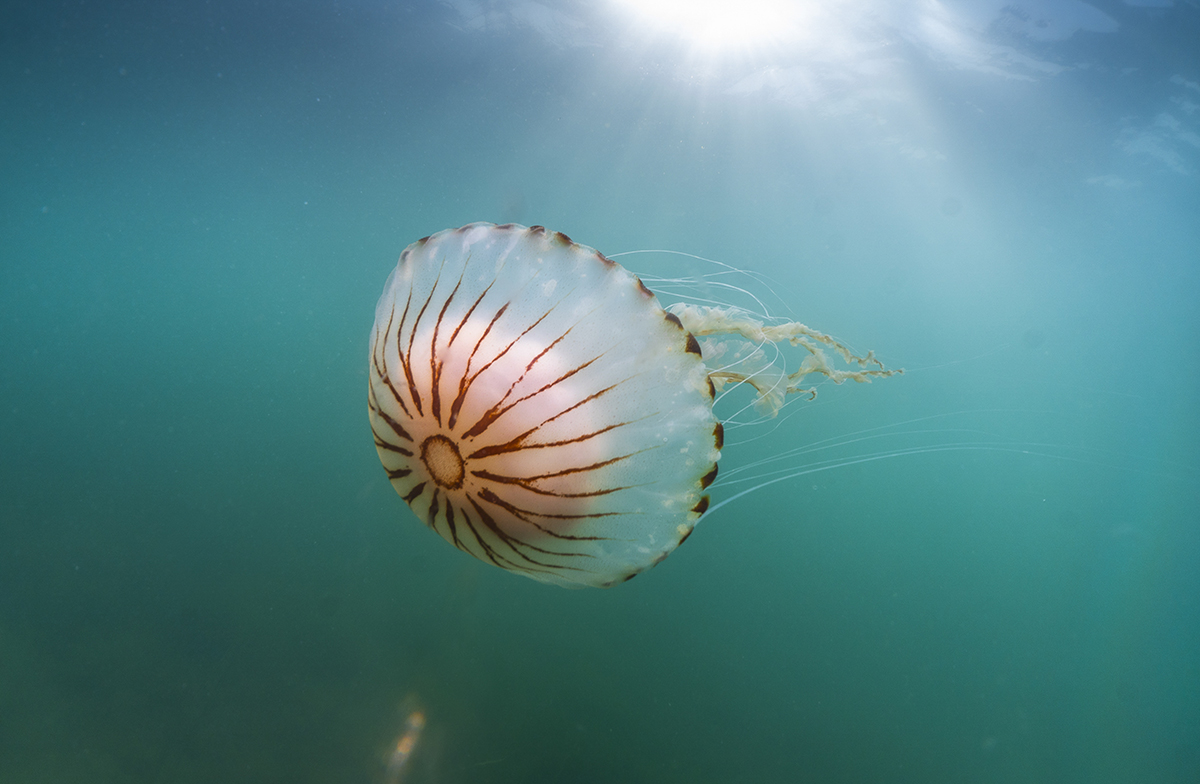
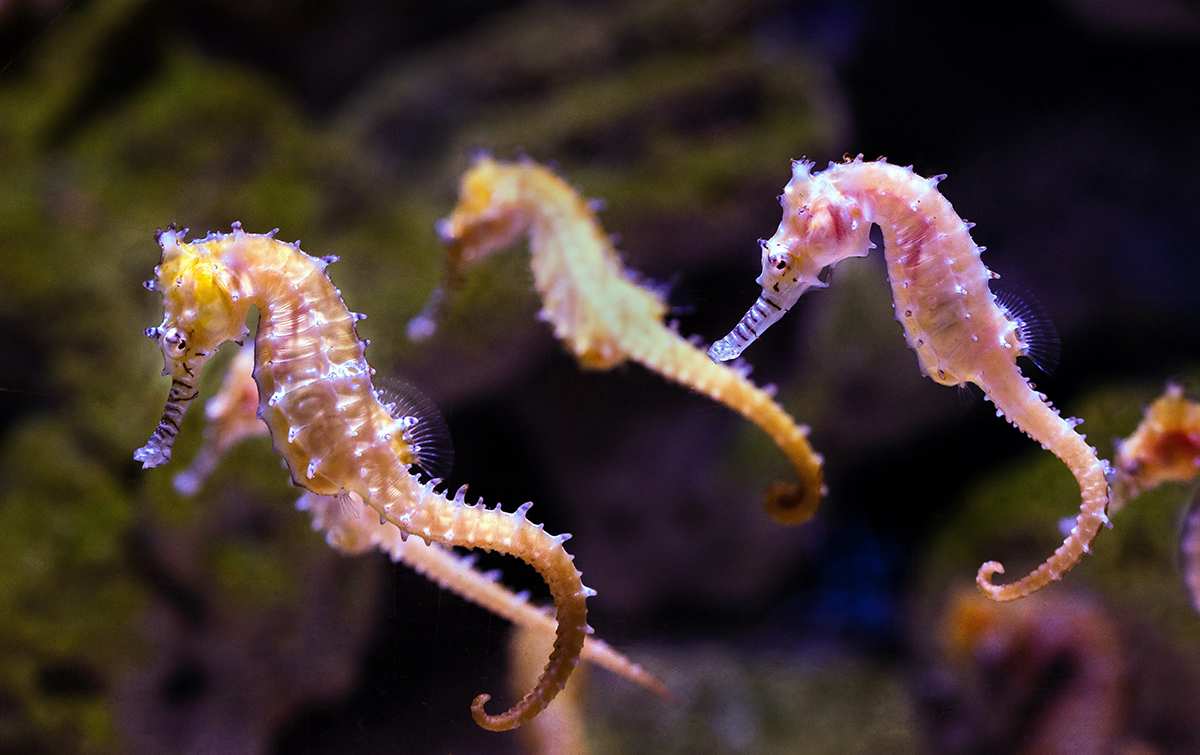





Recent Comments